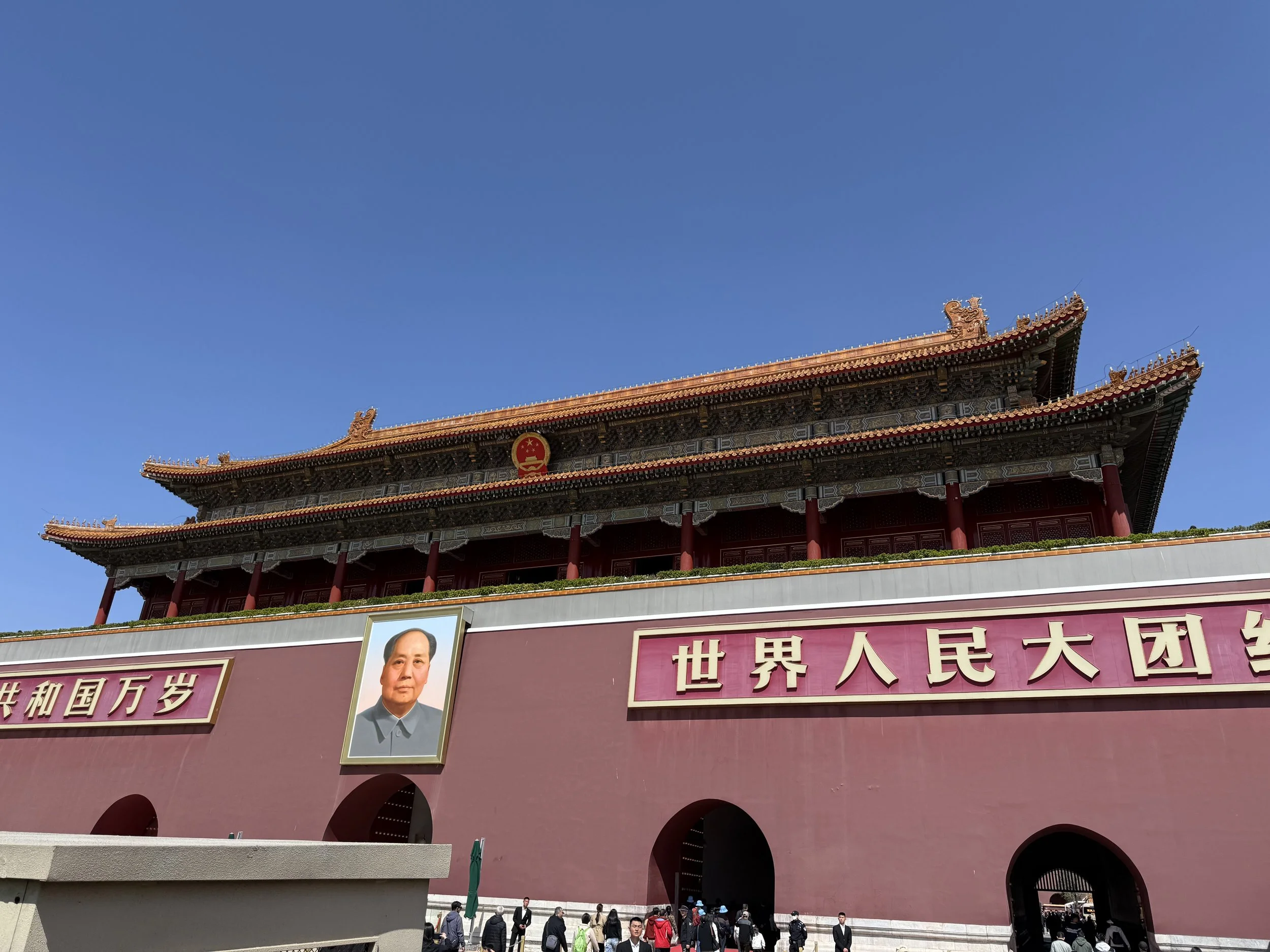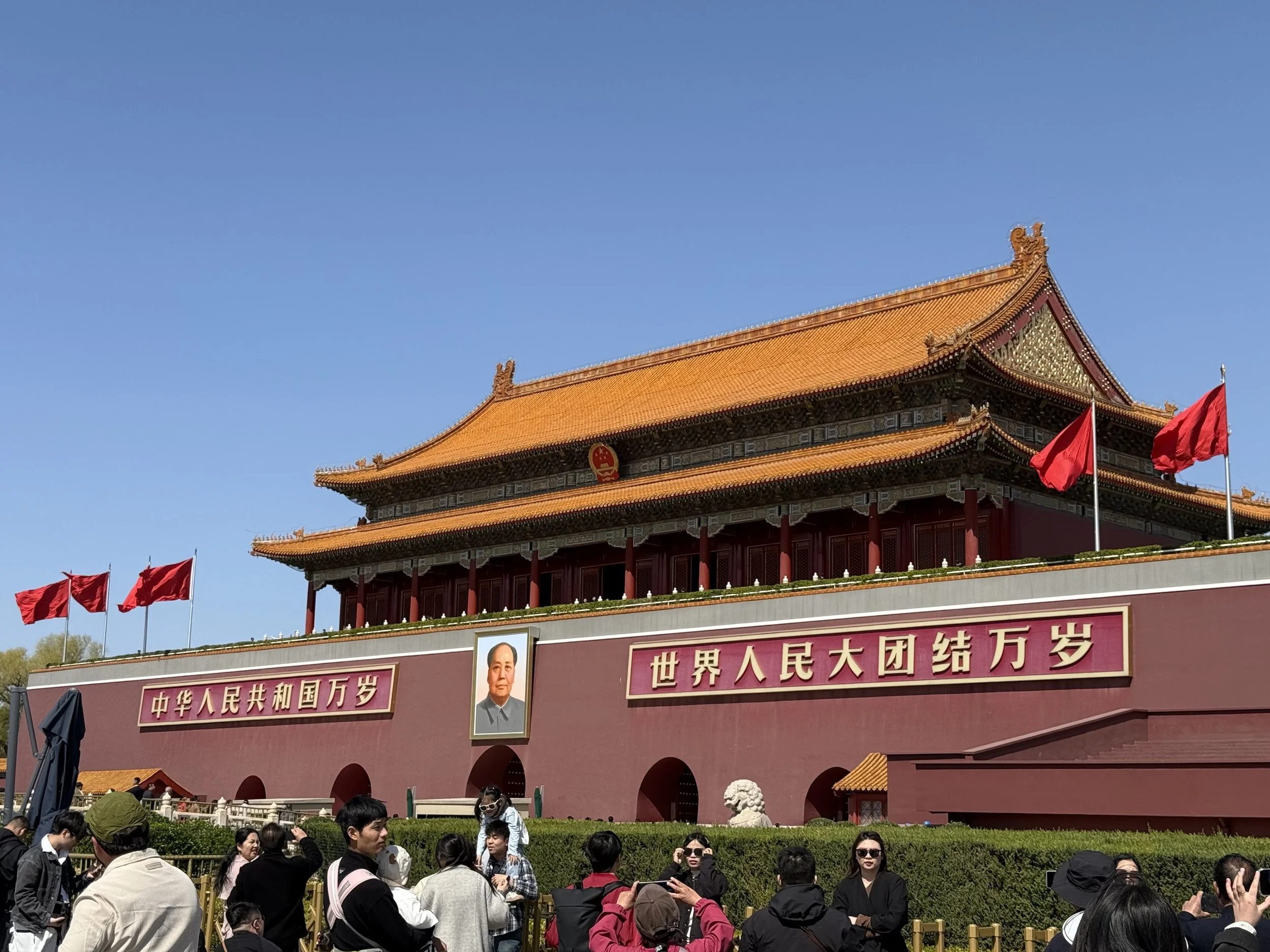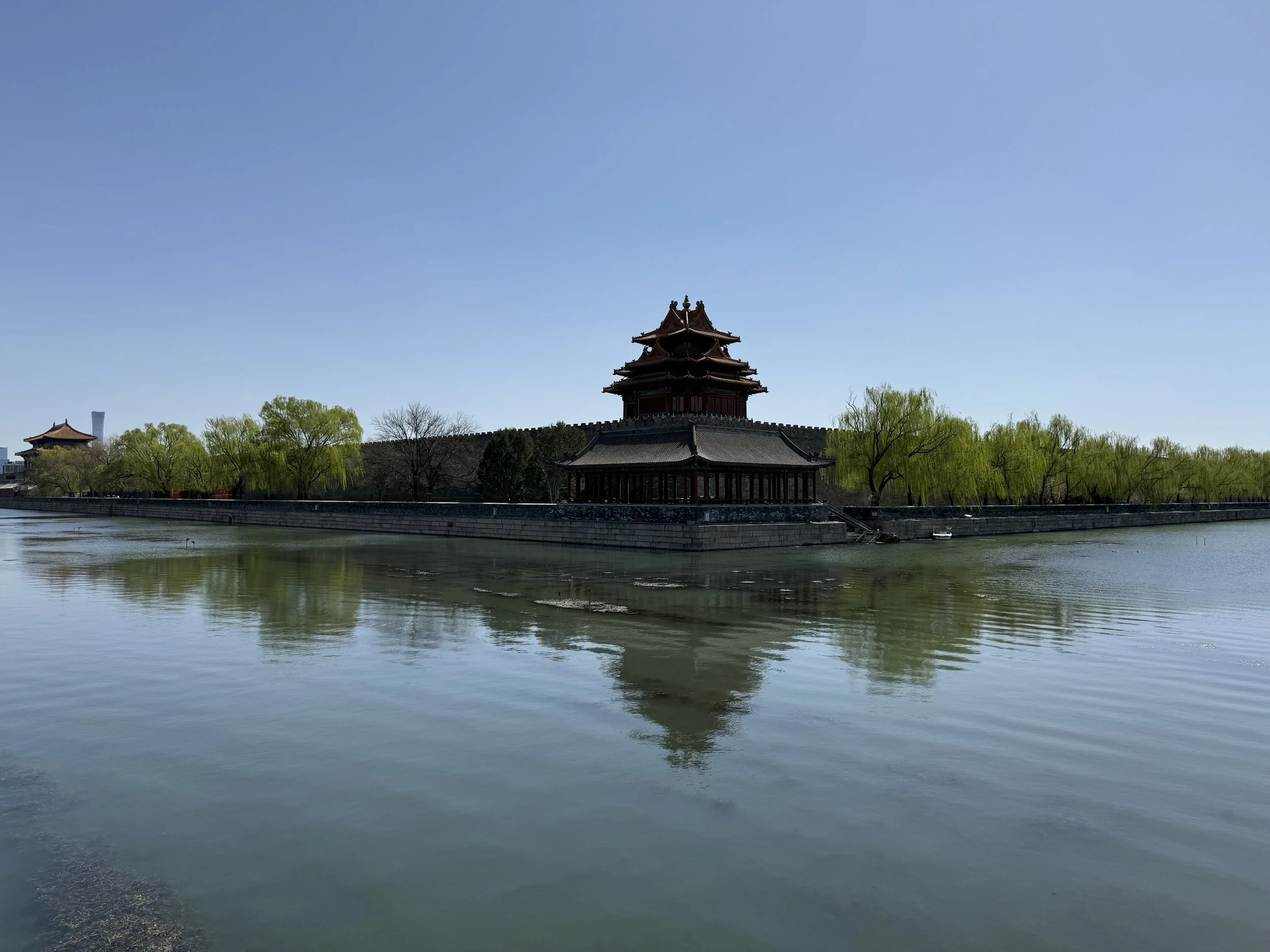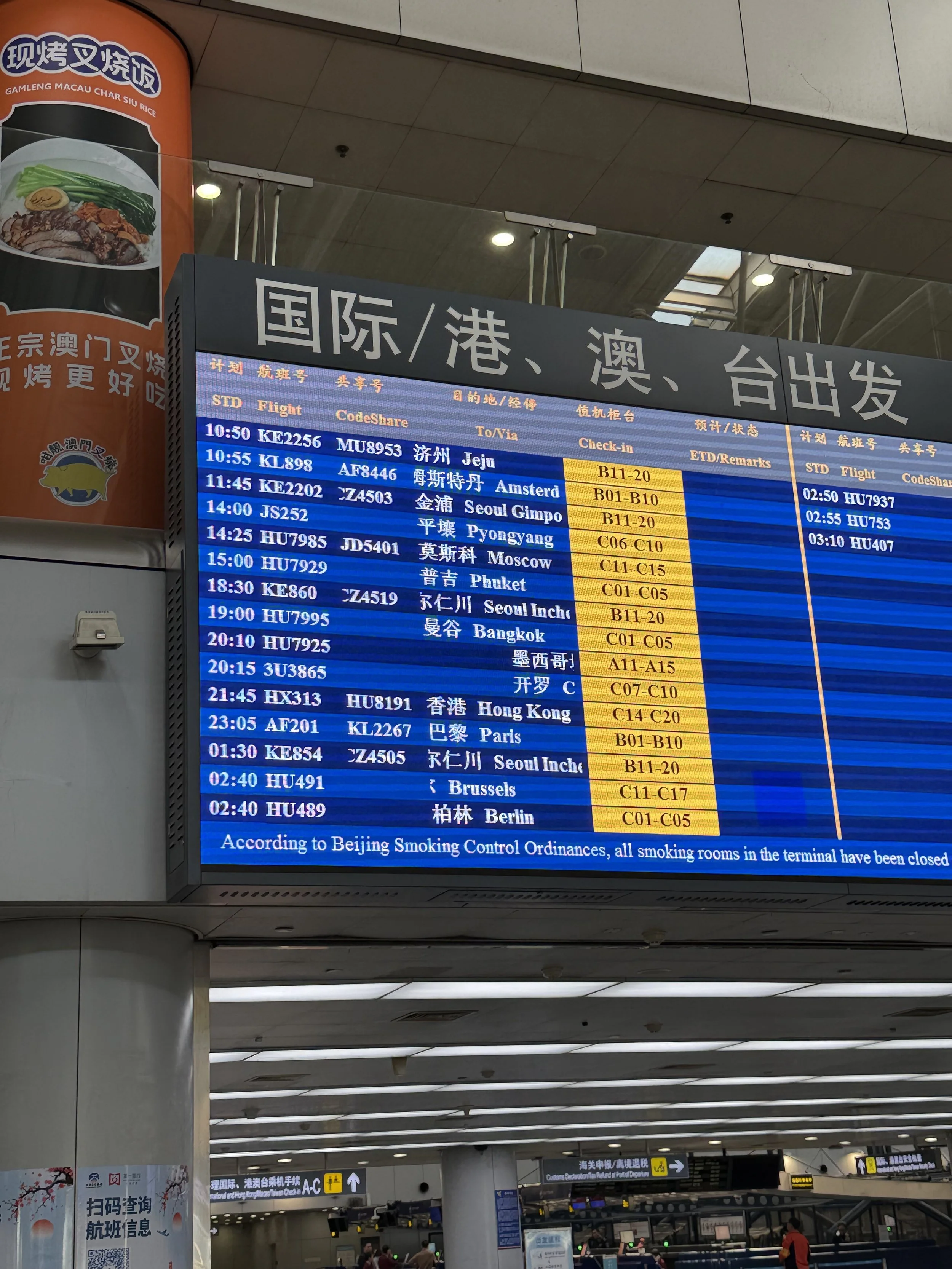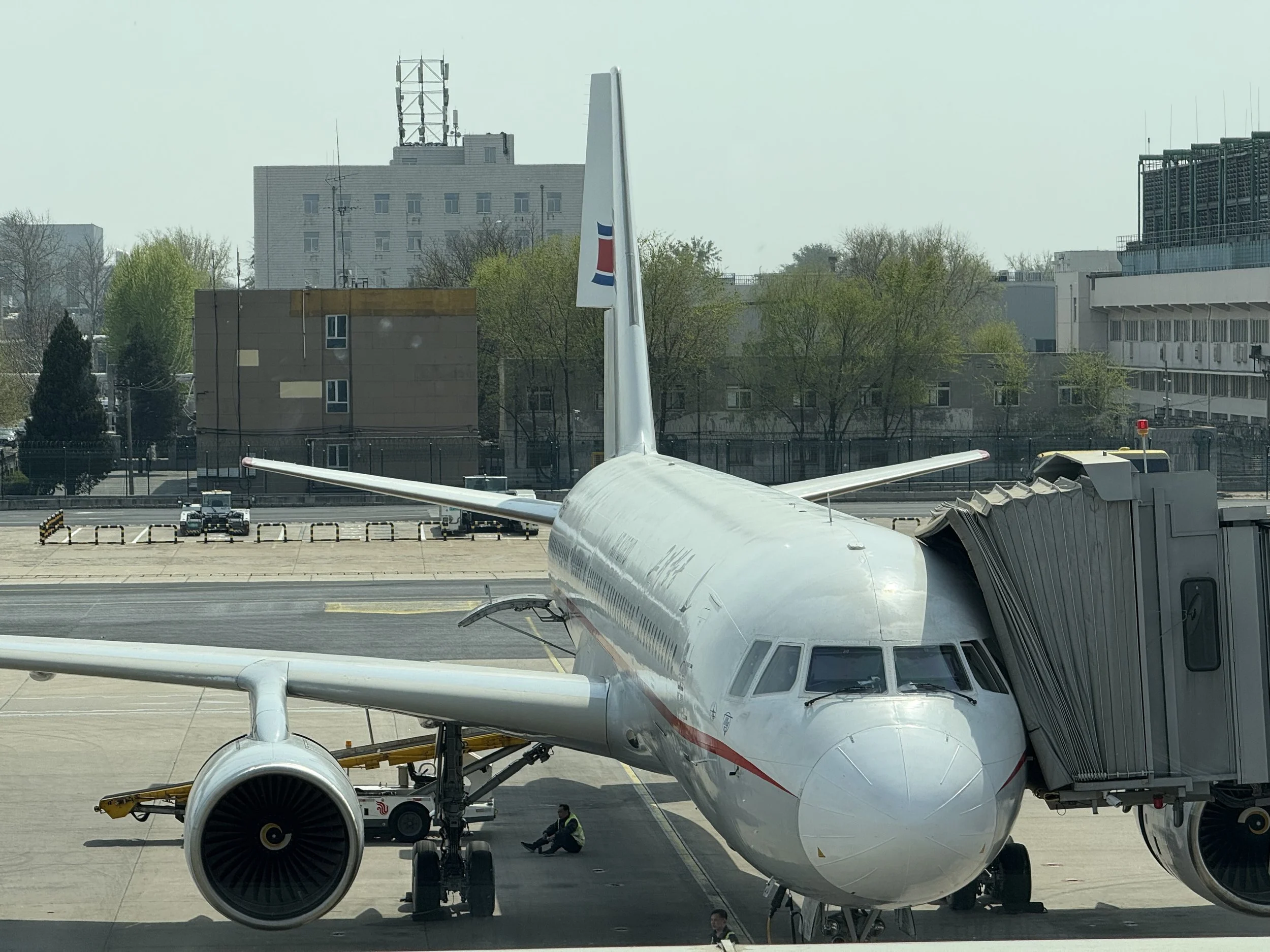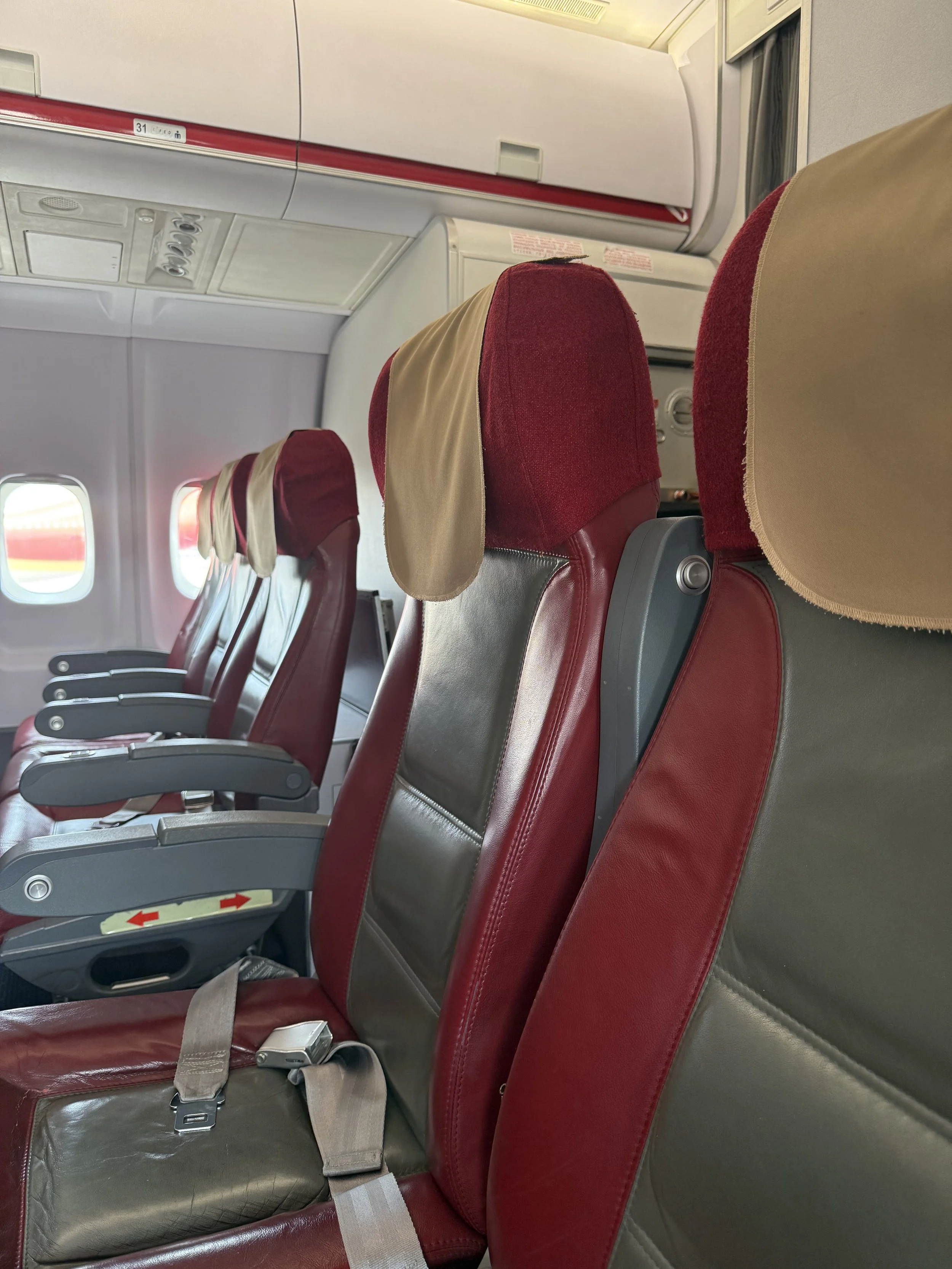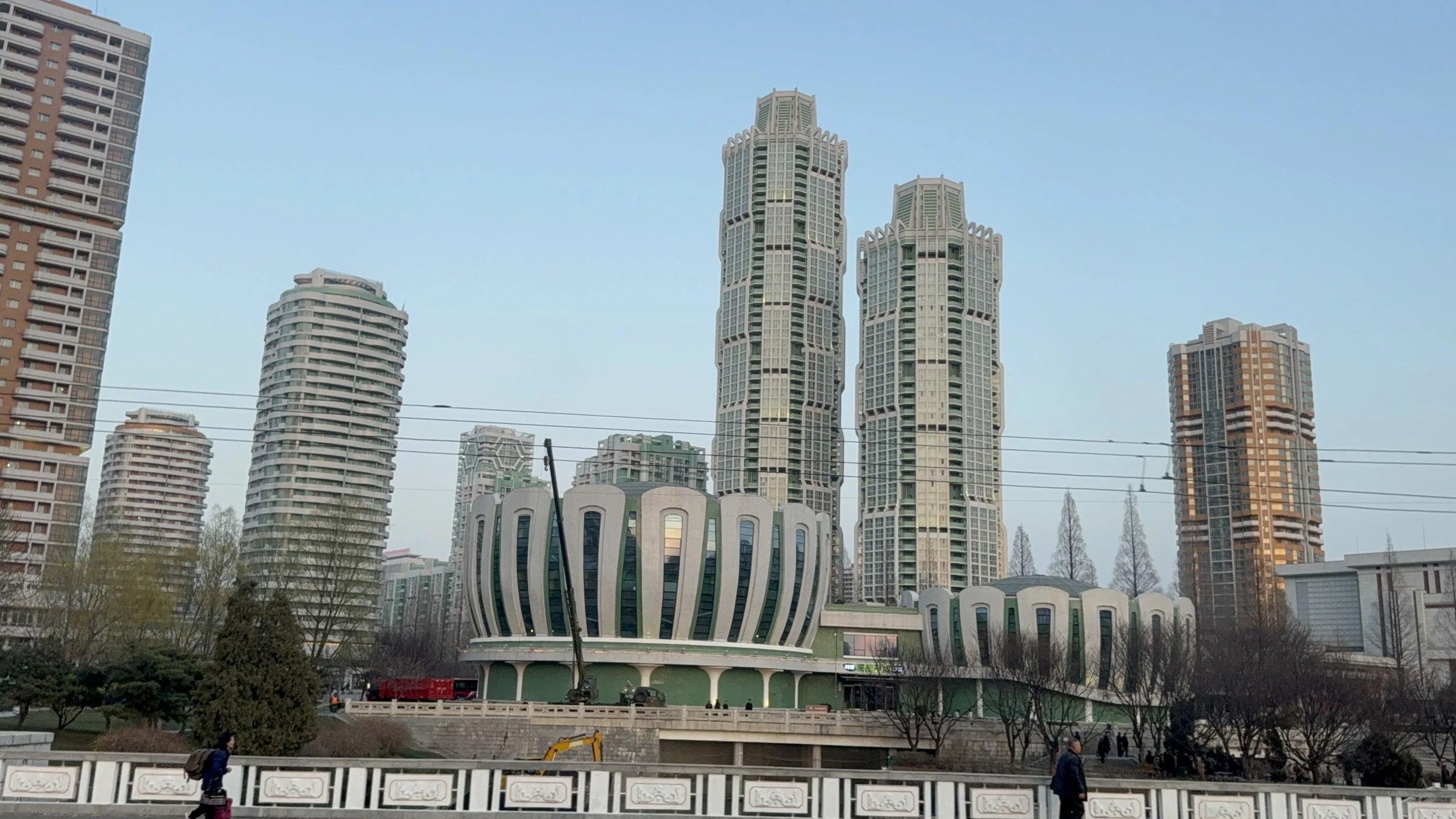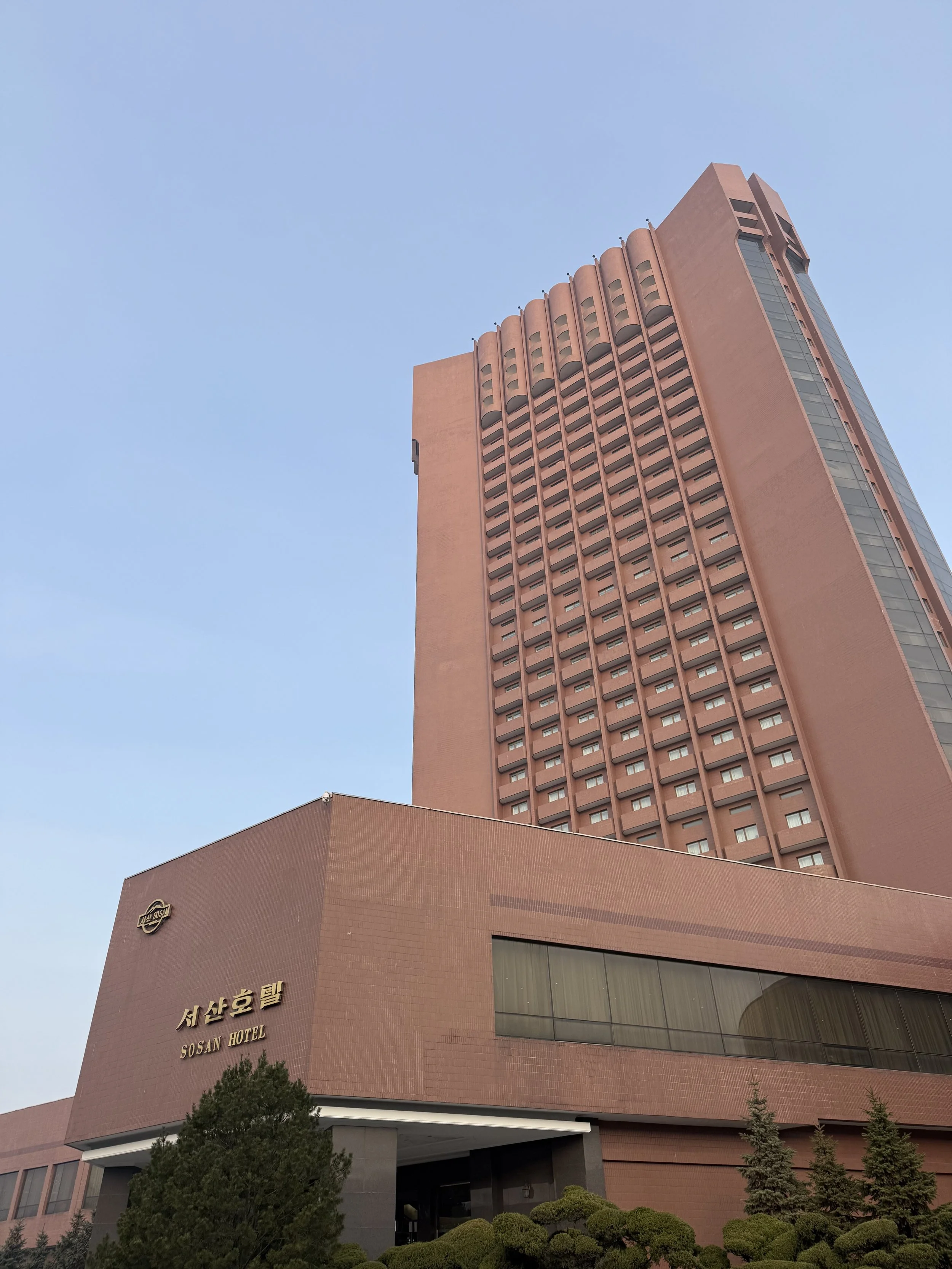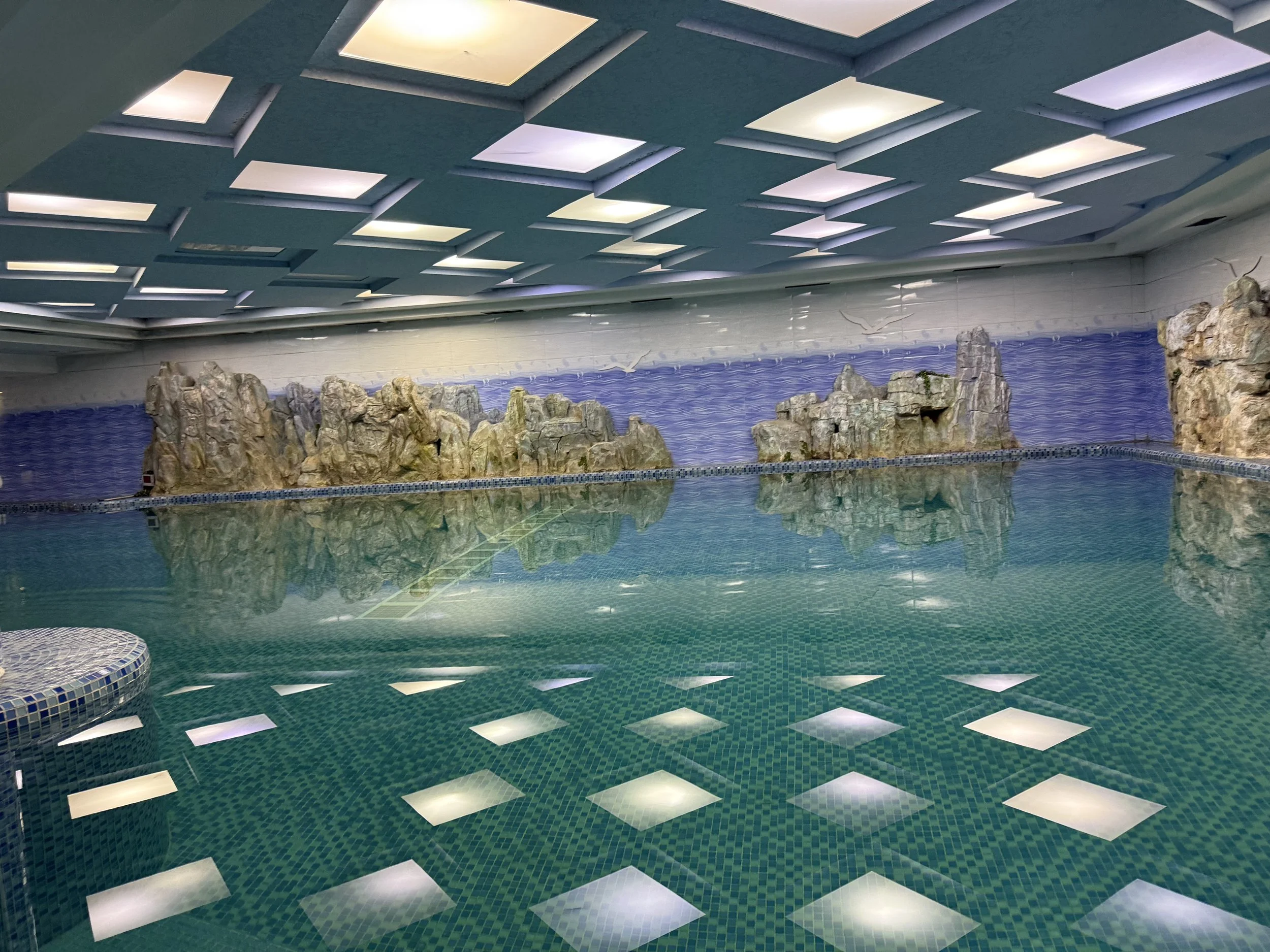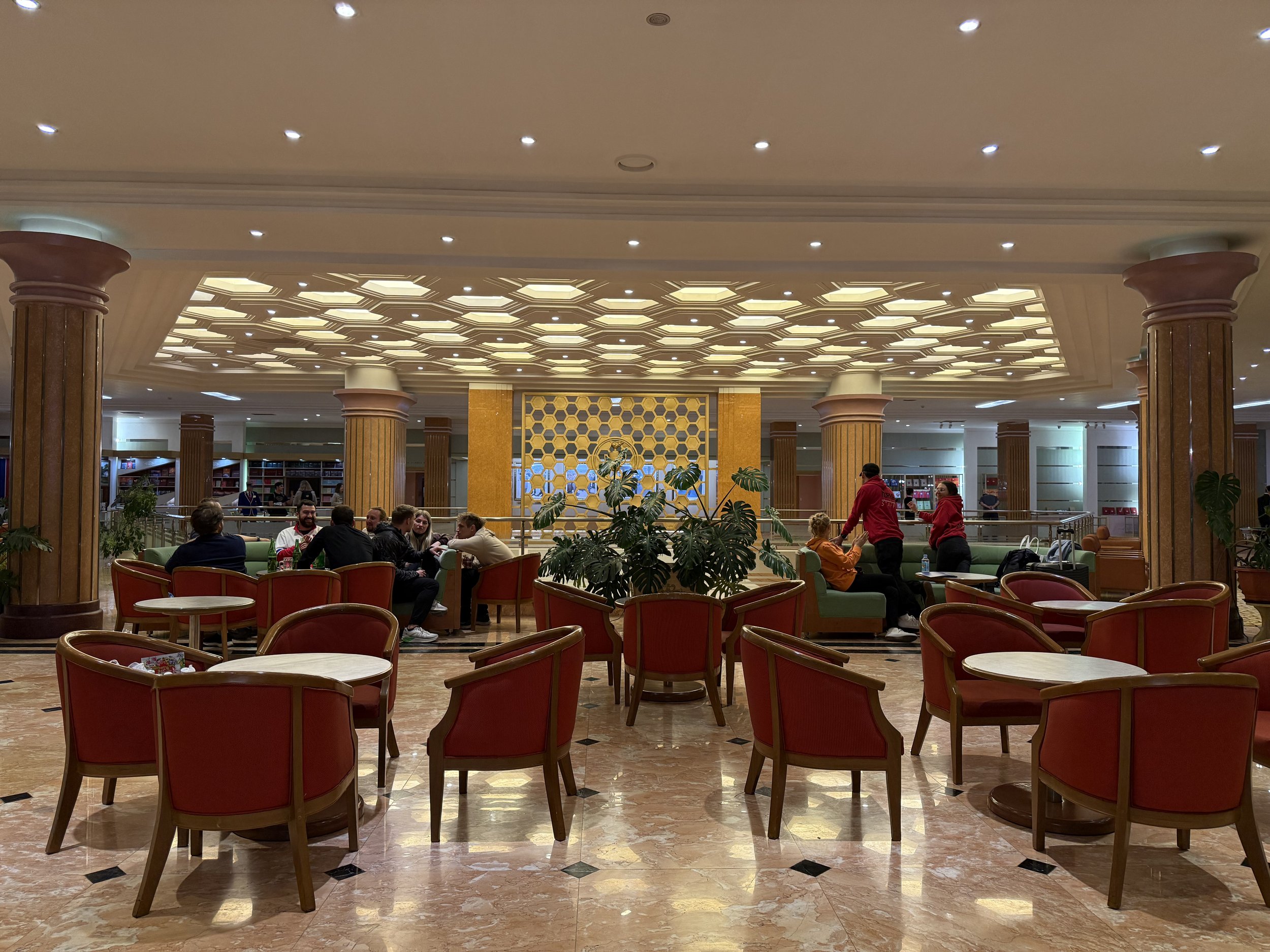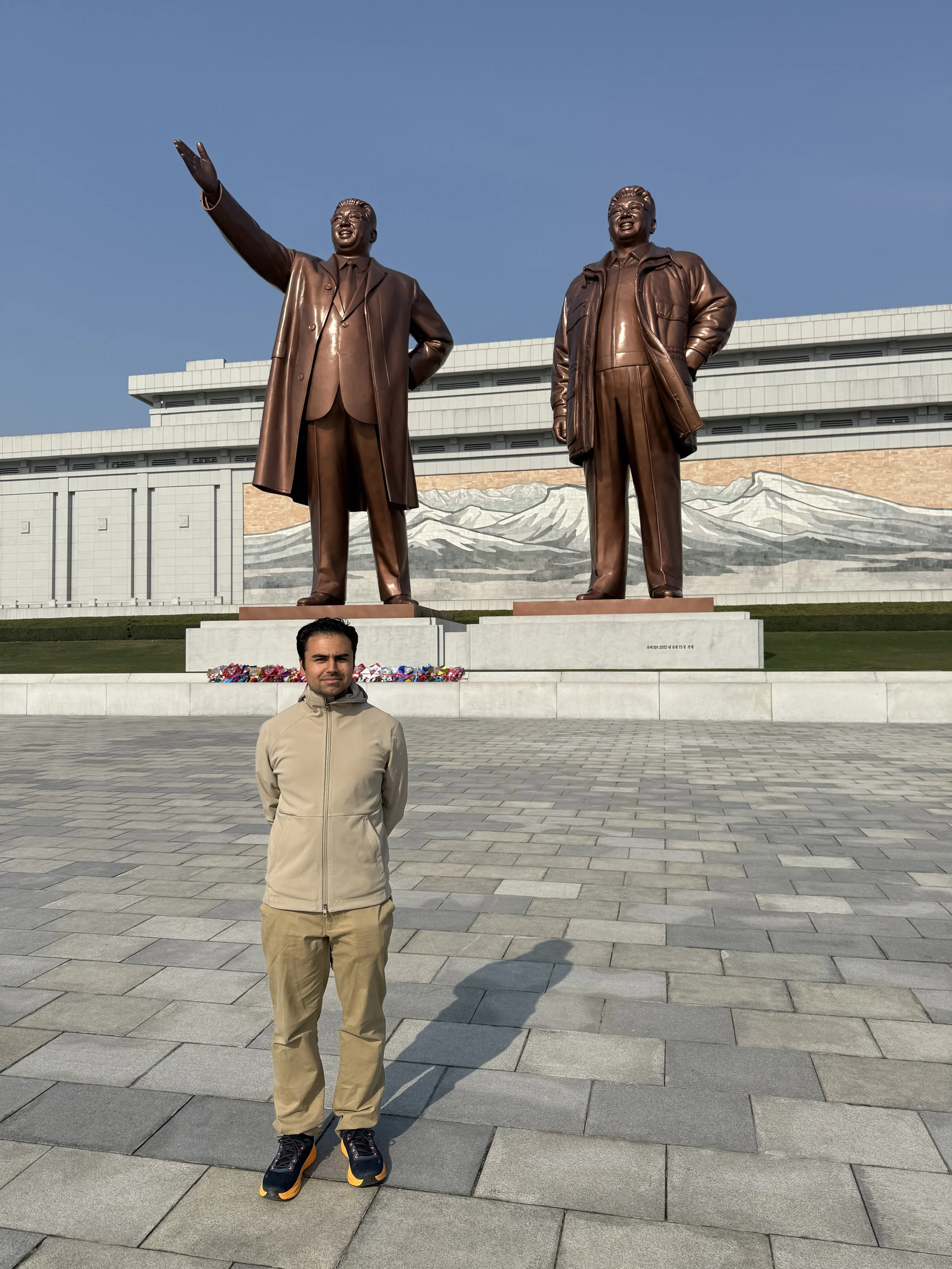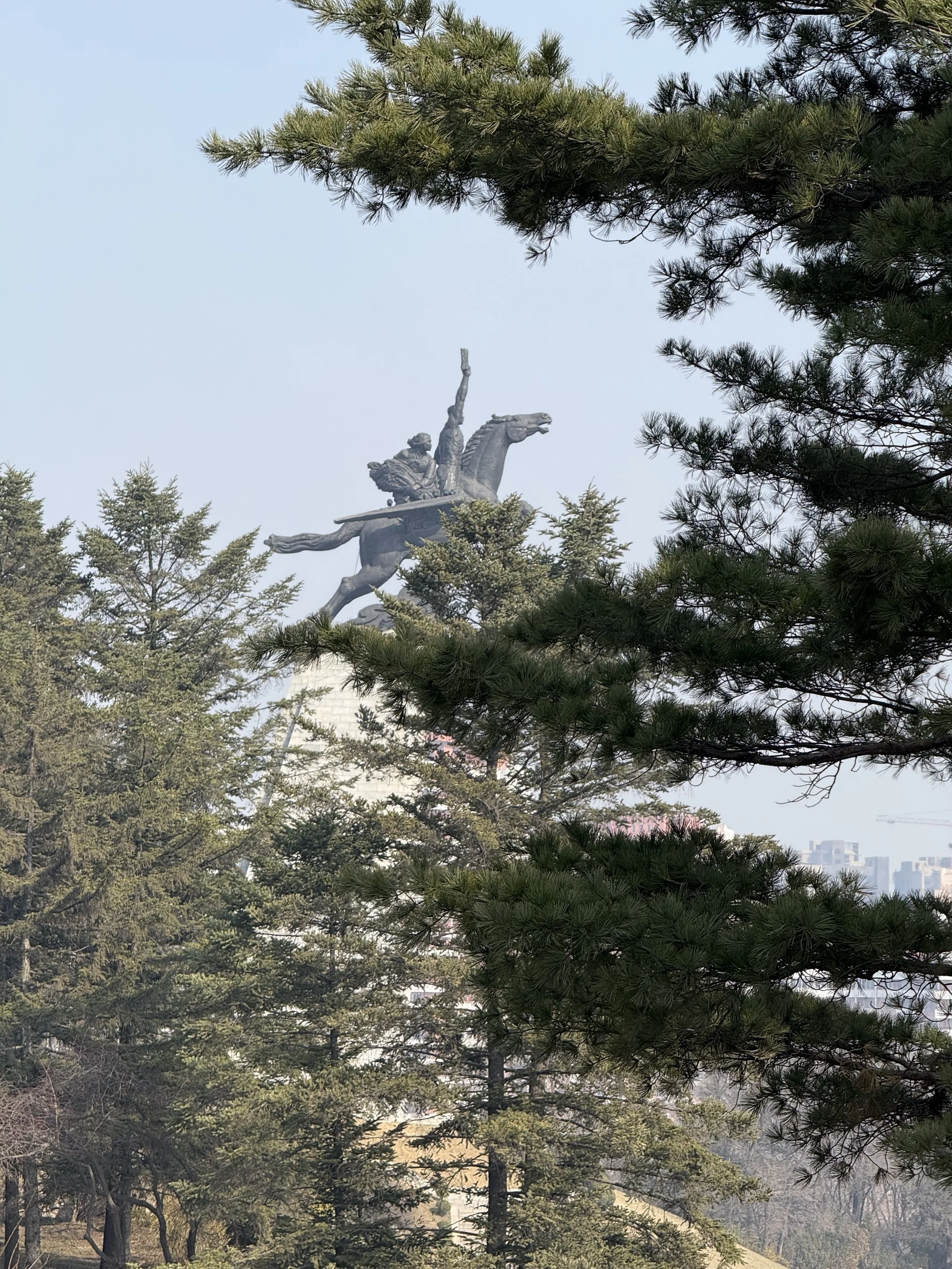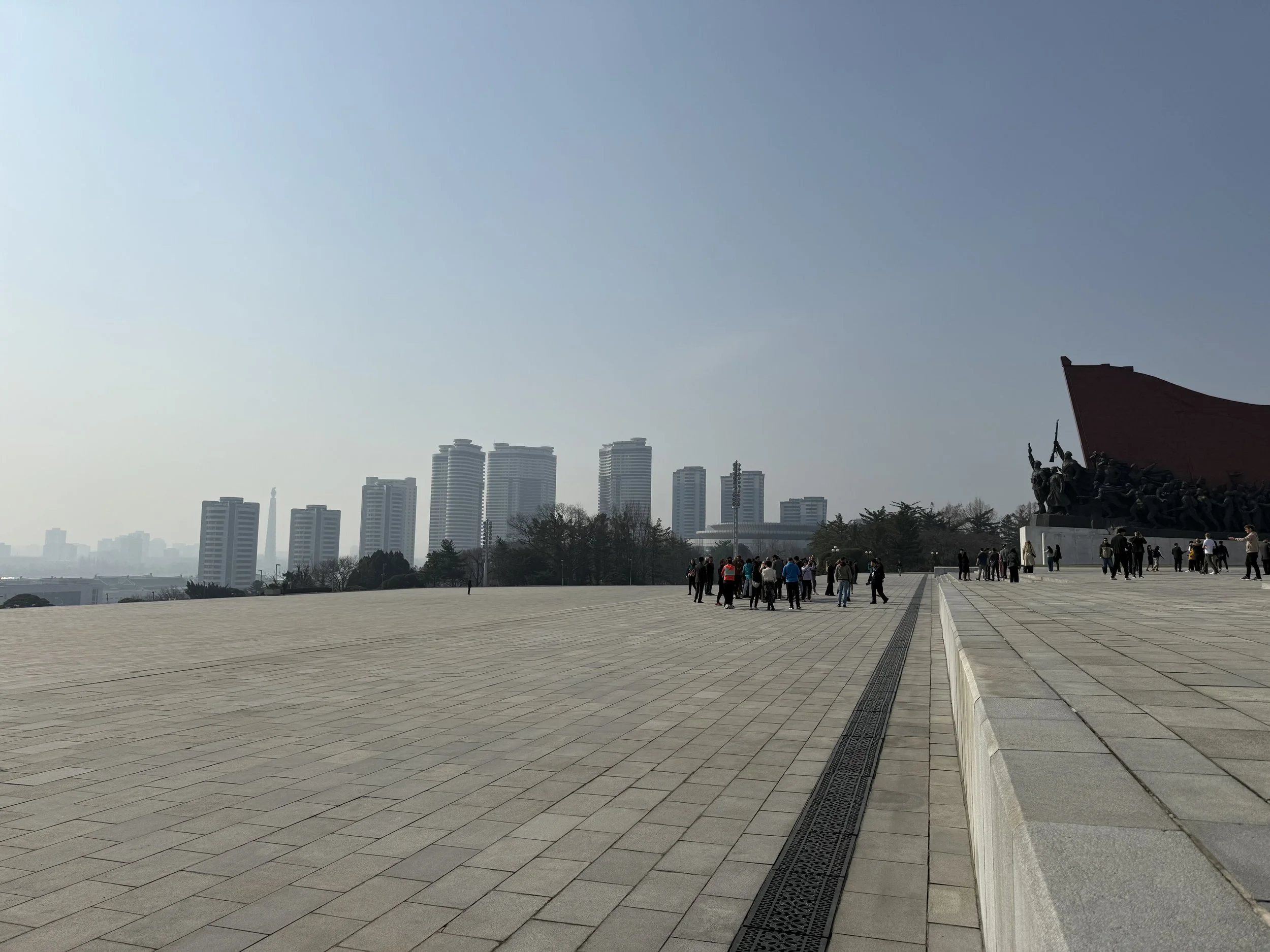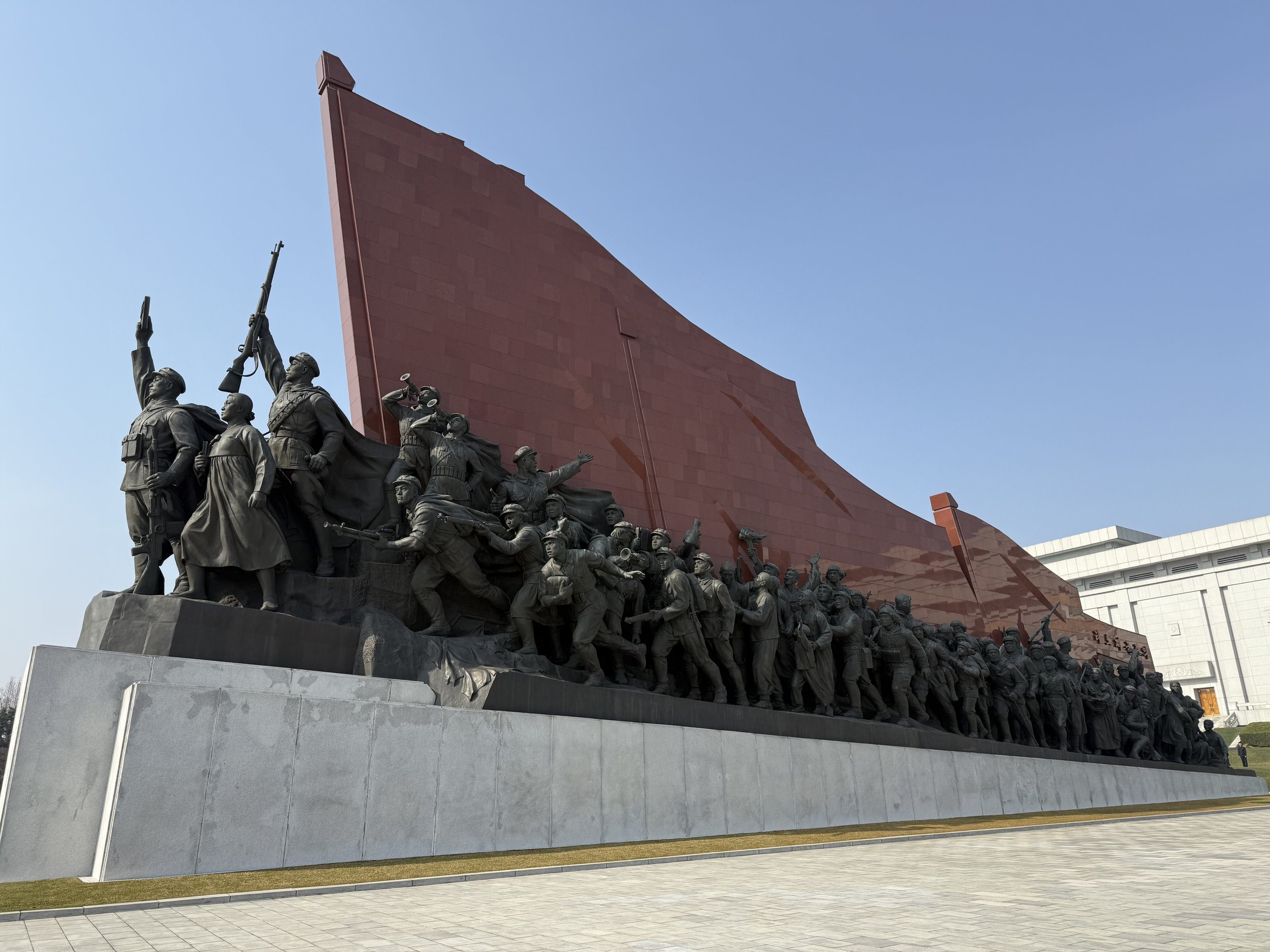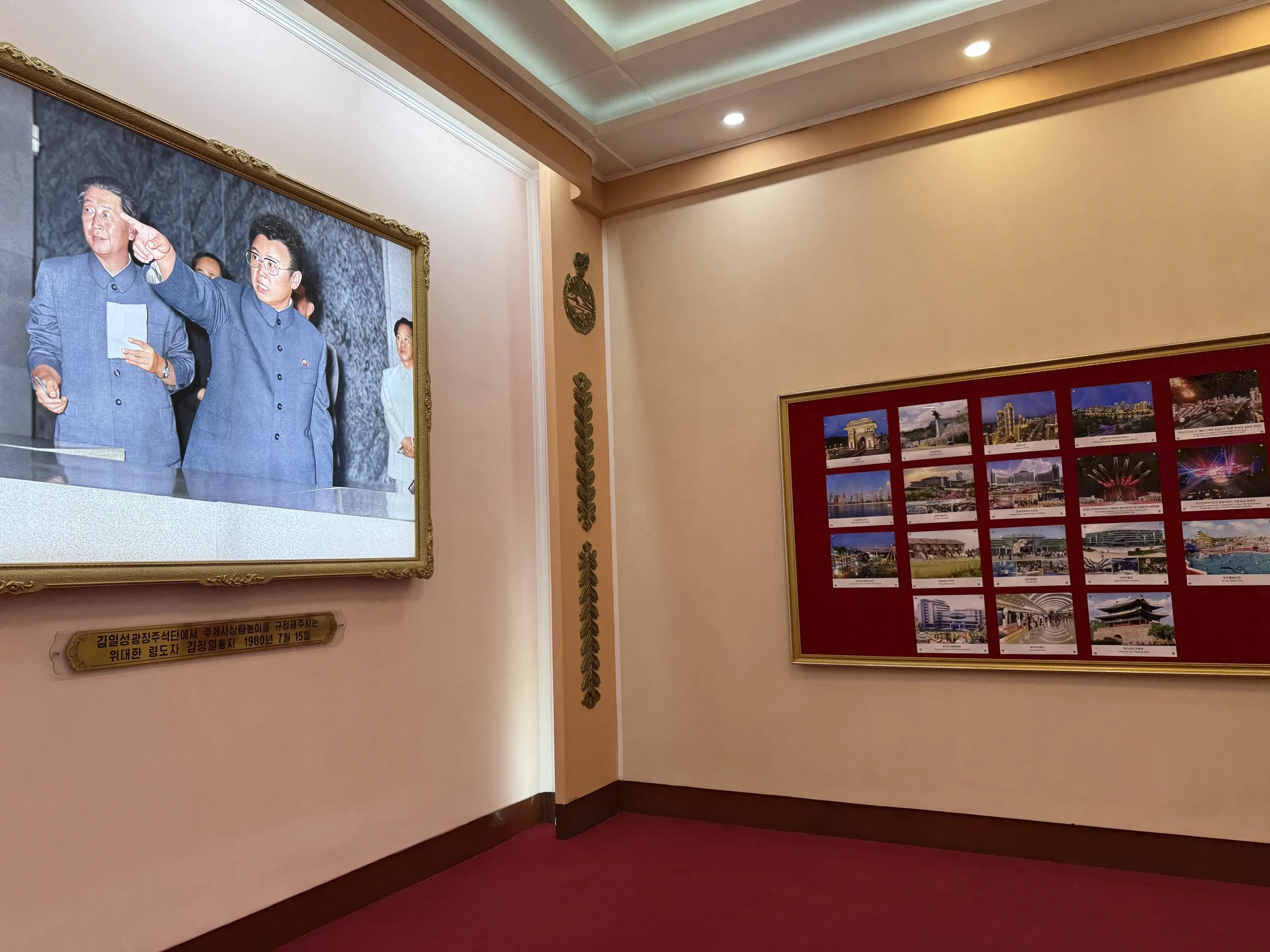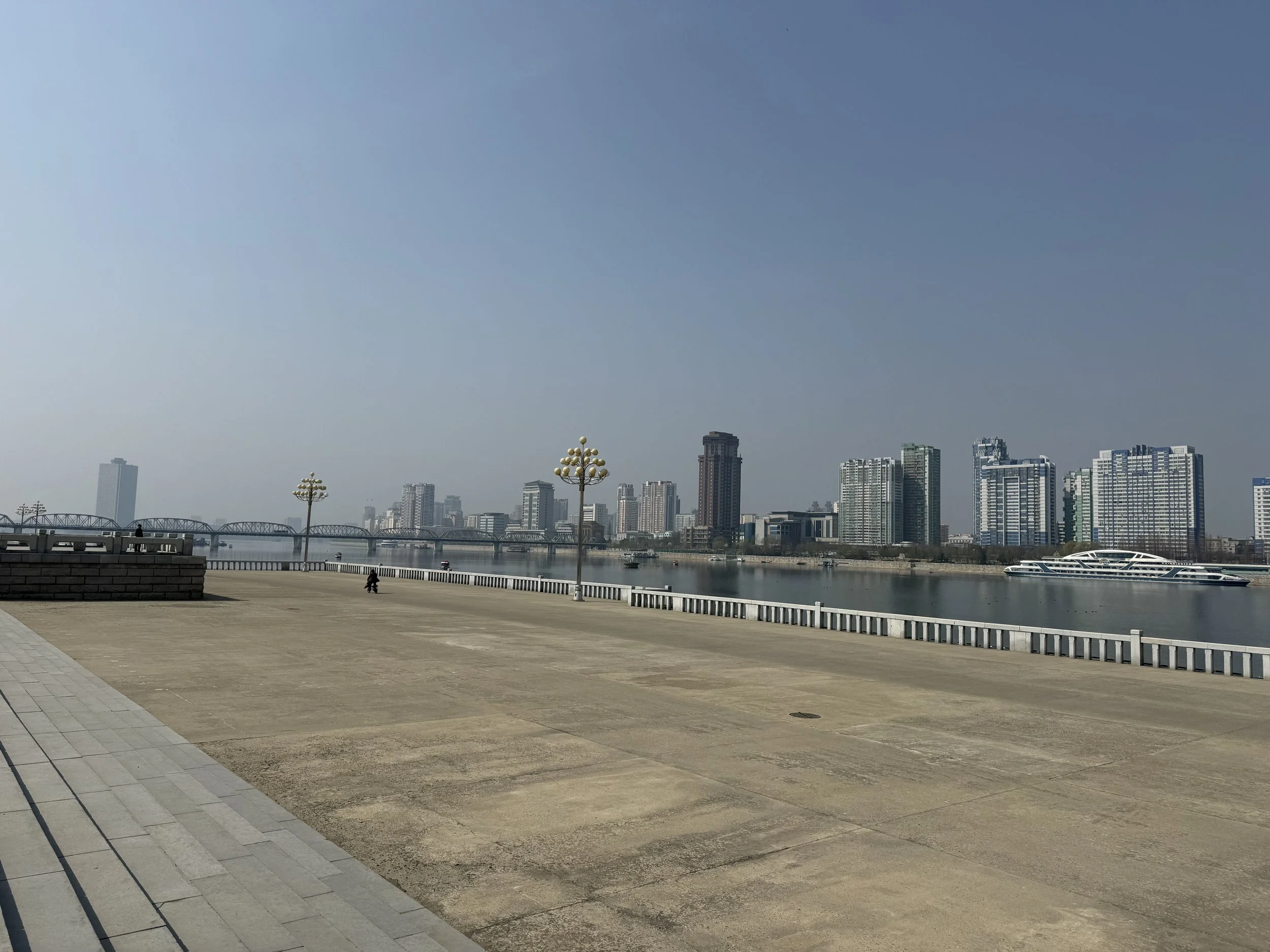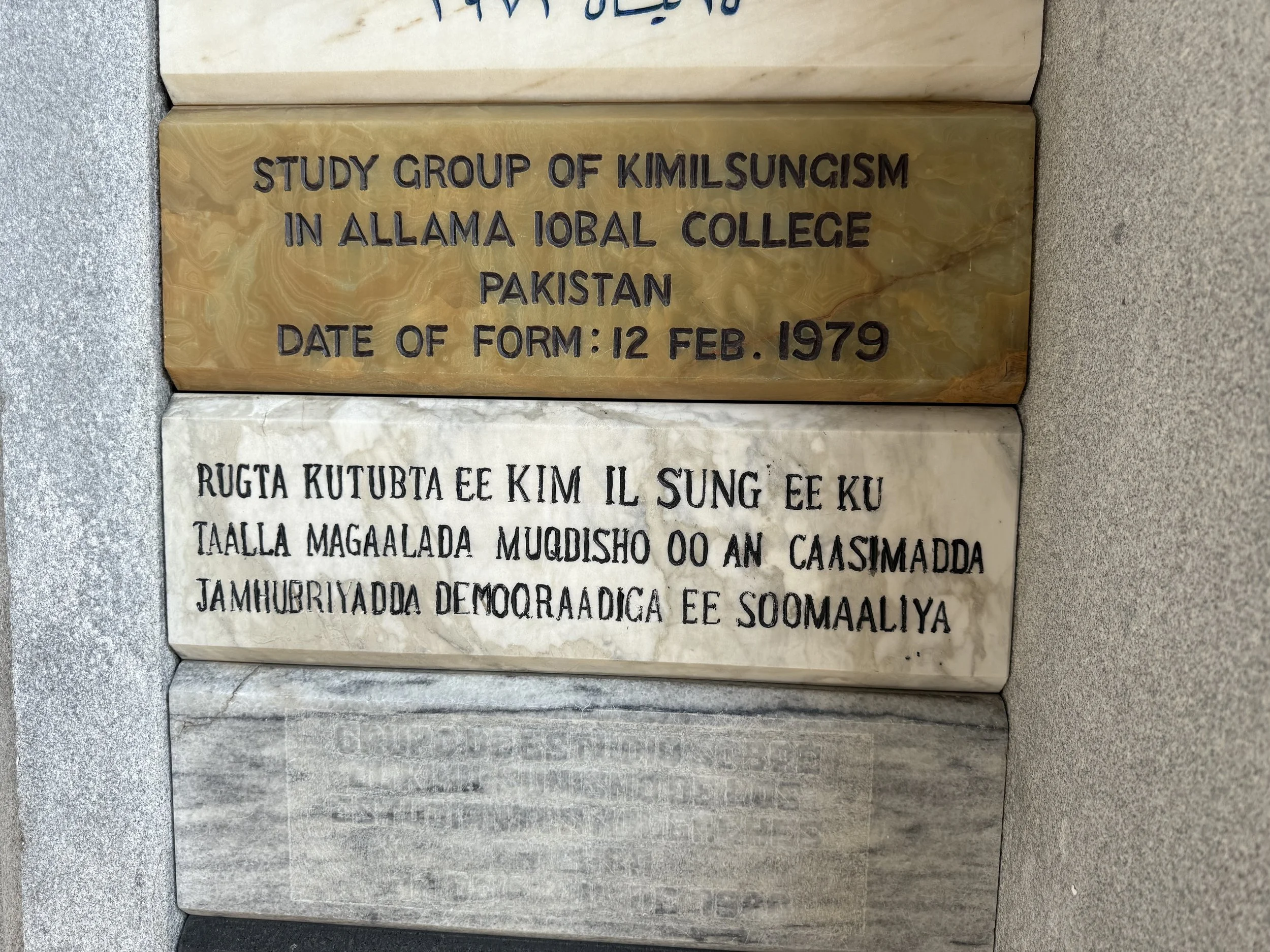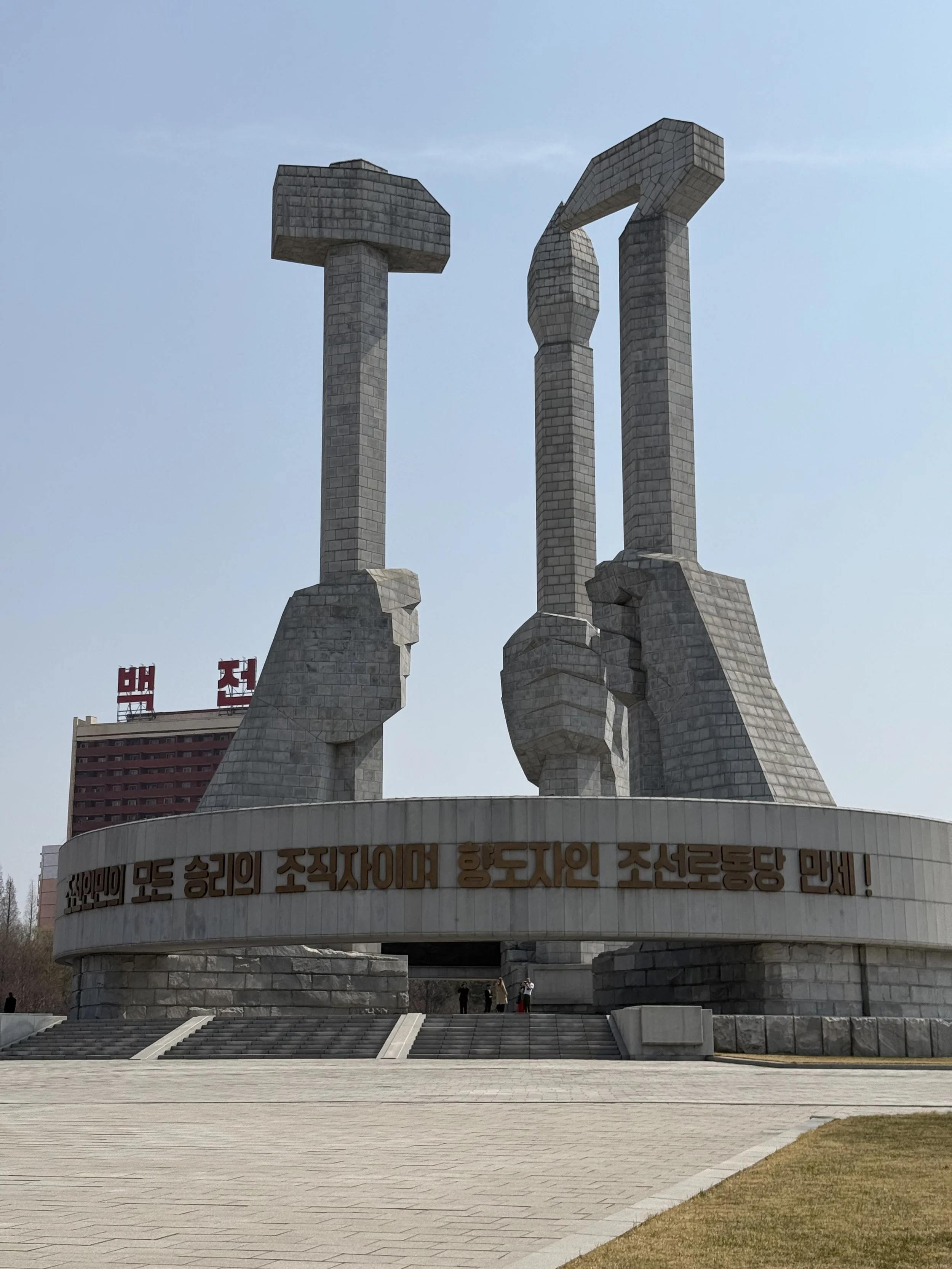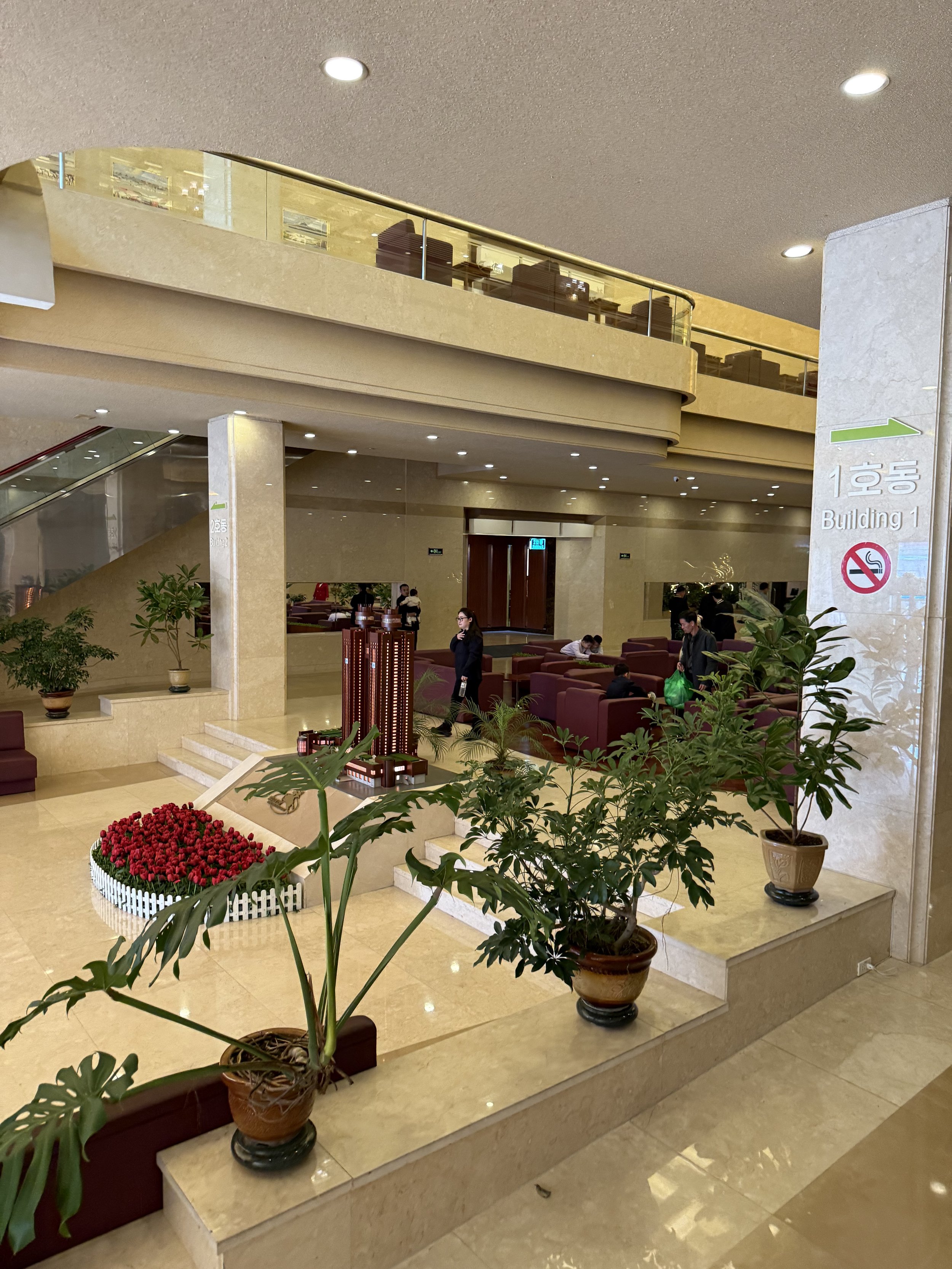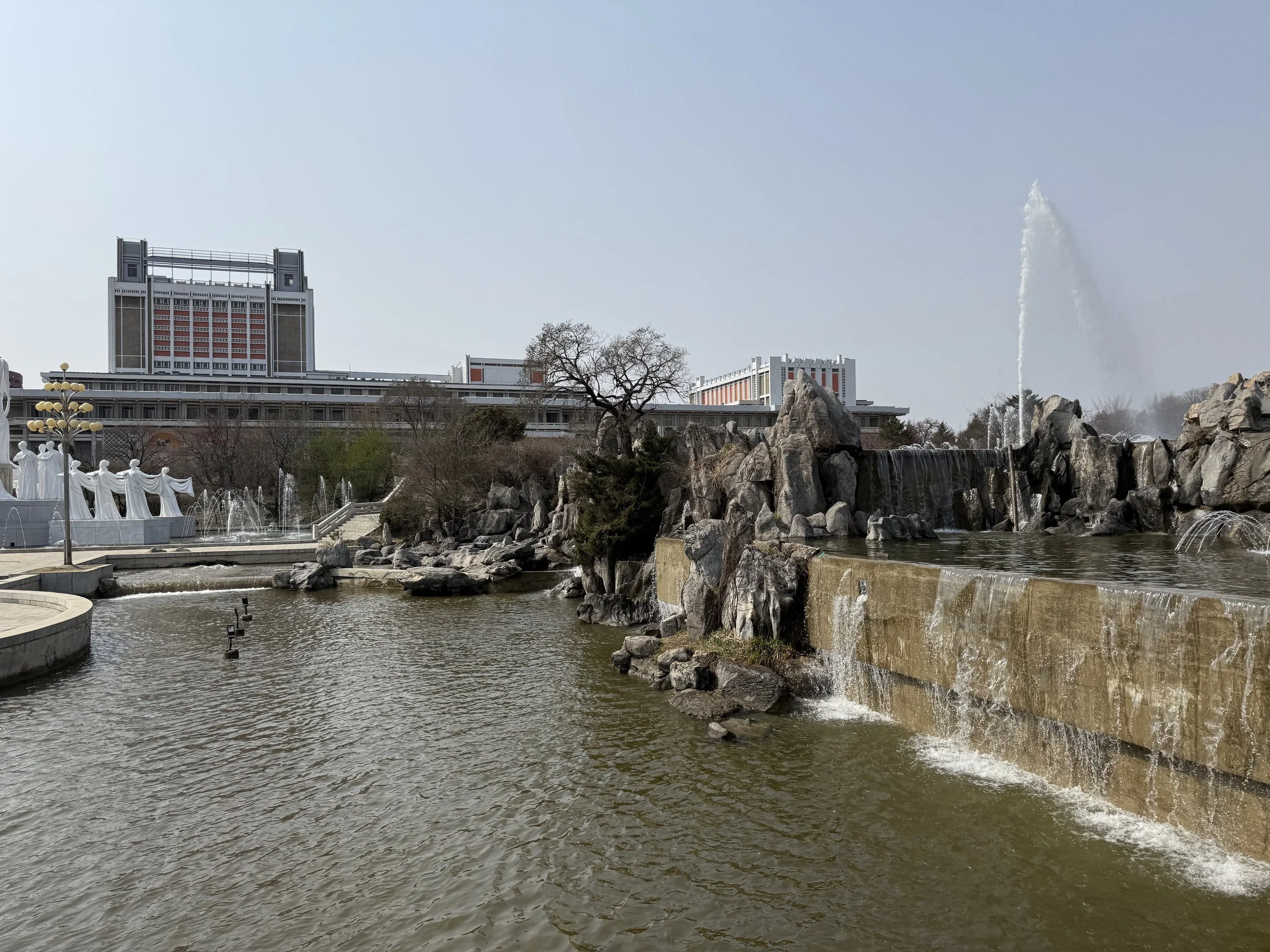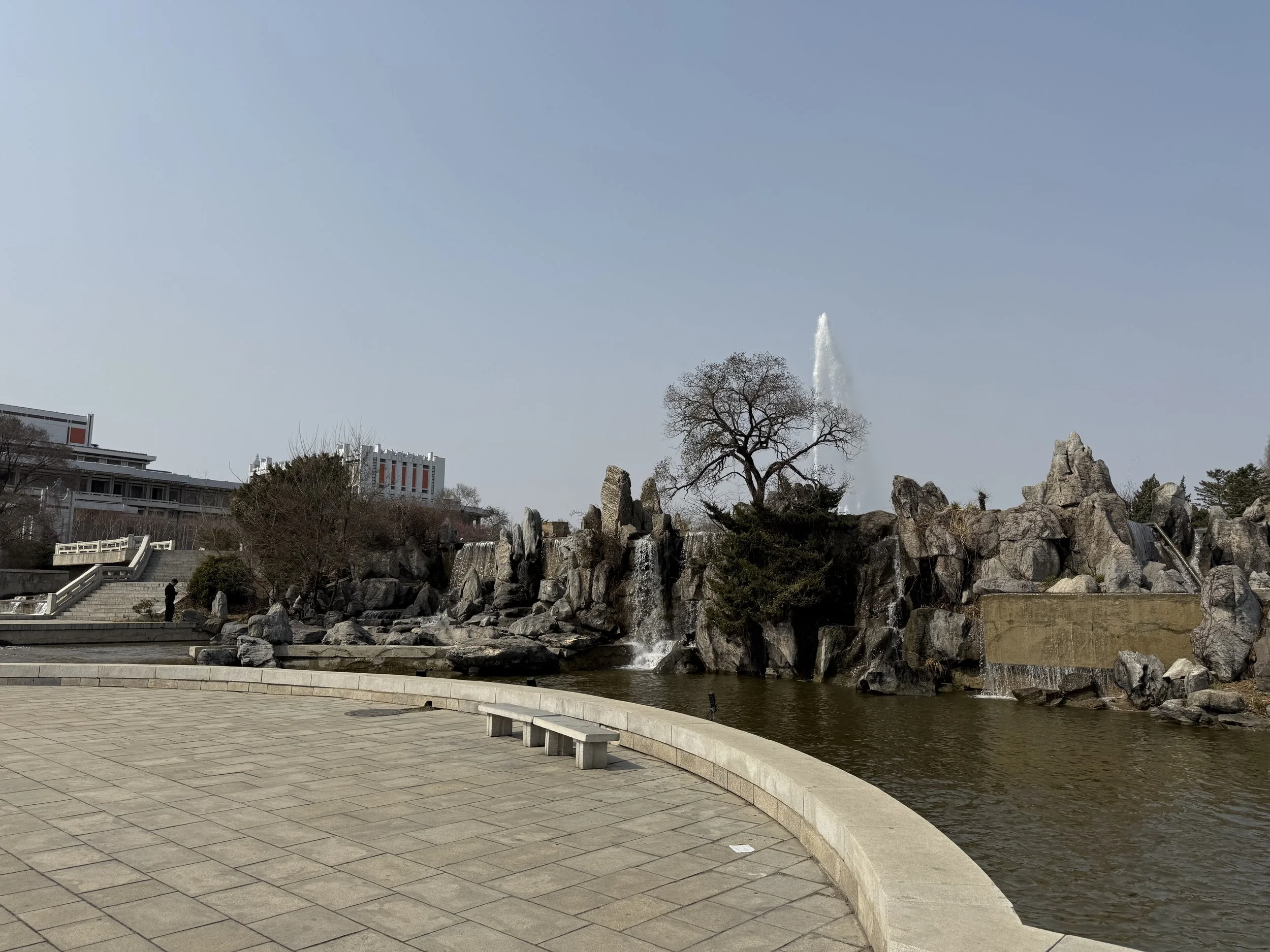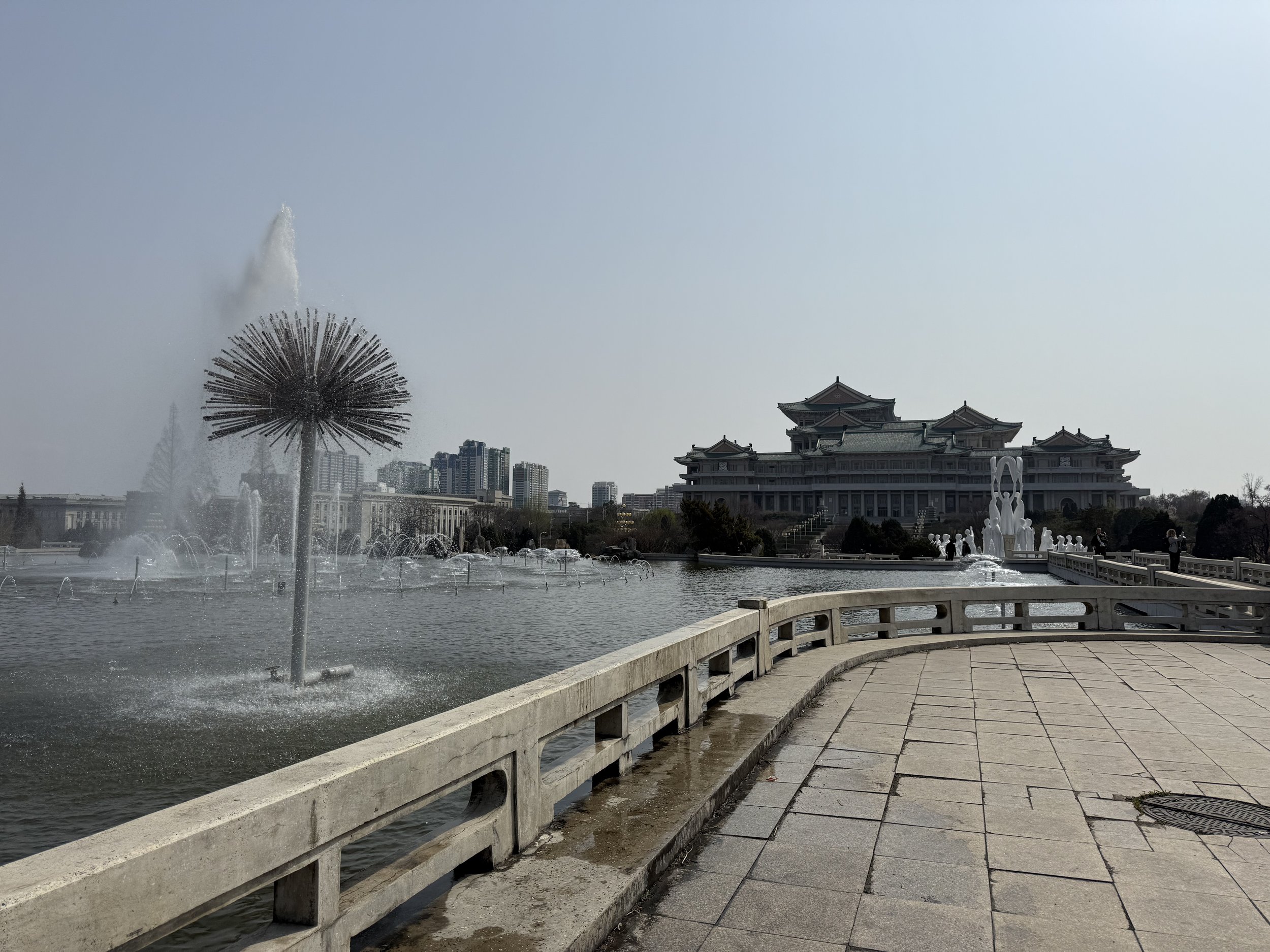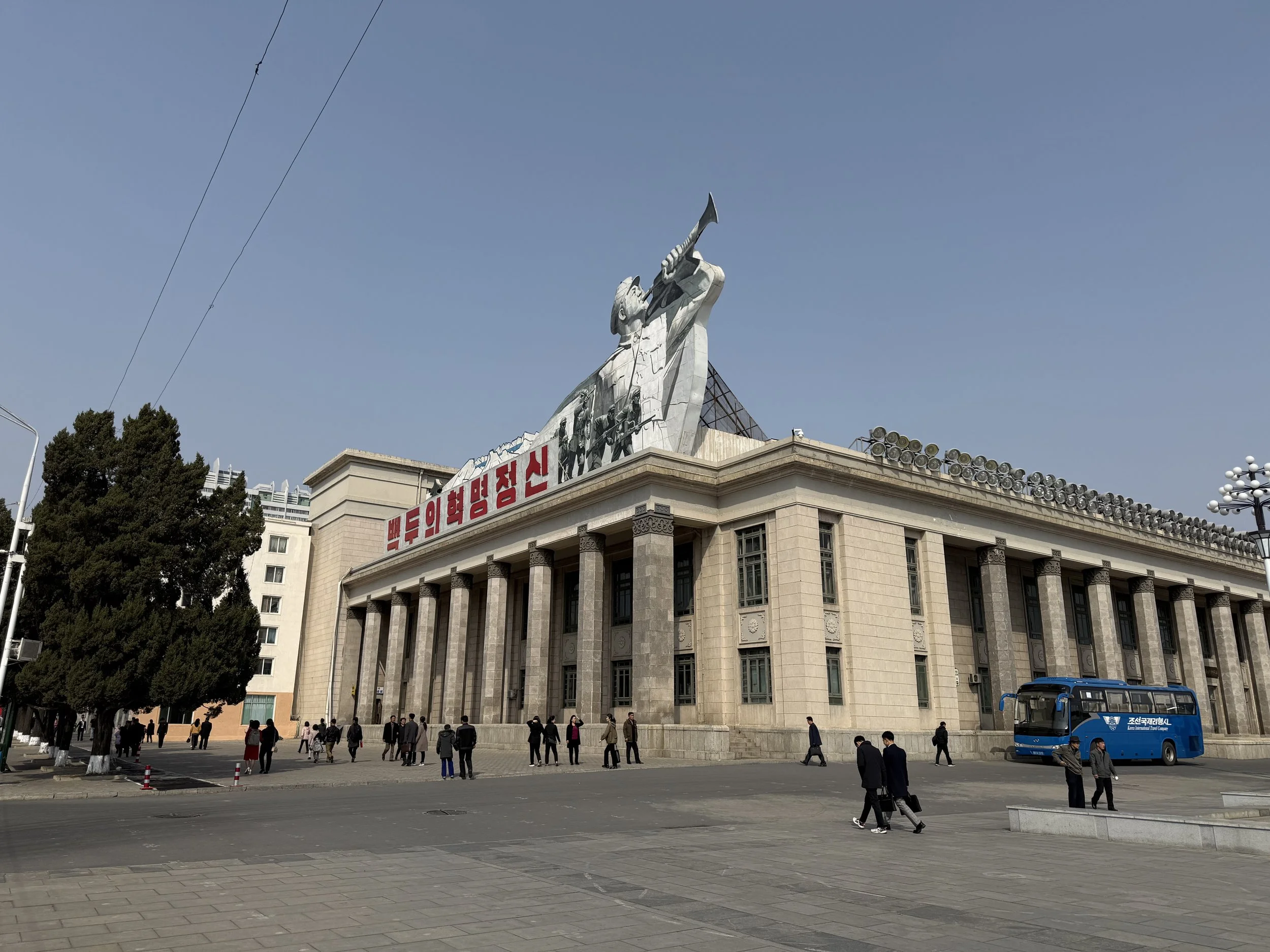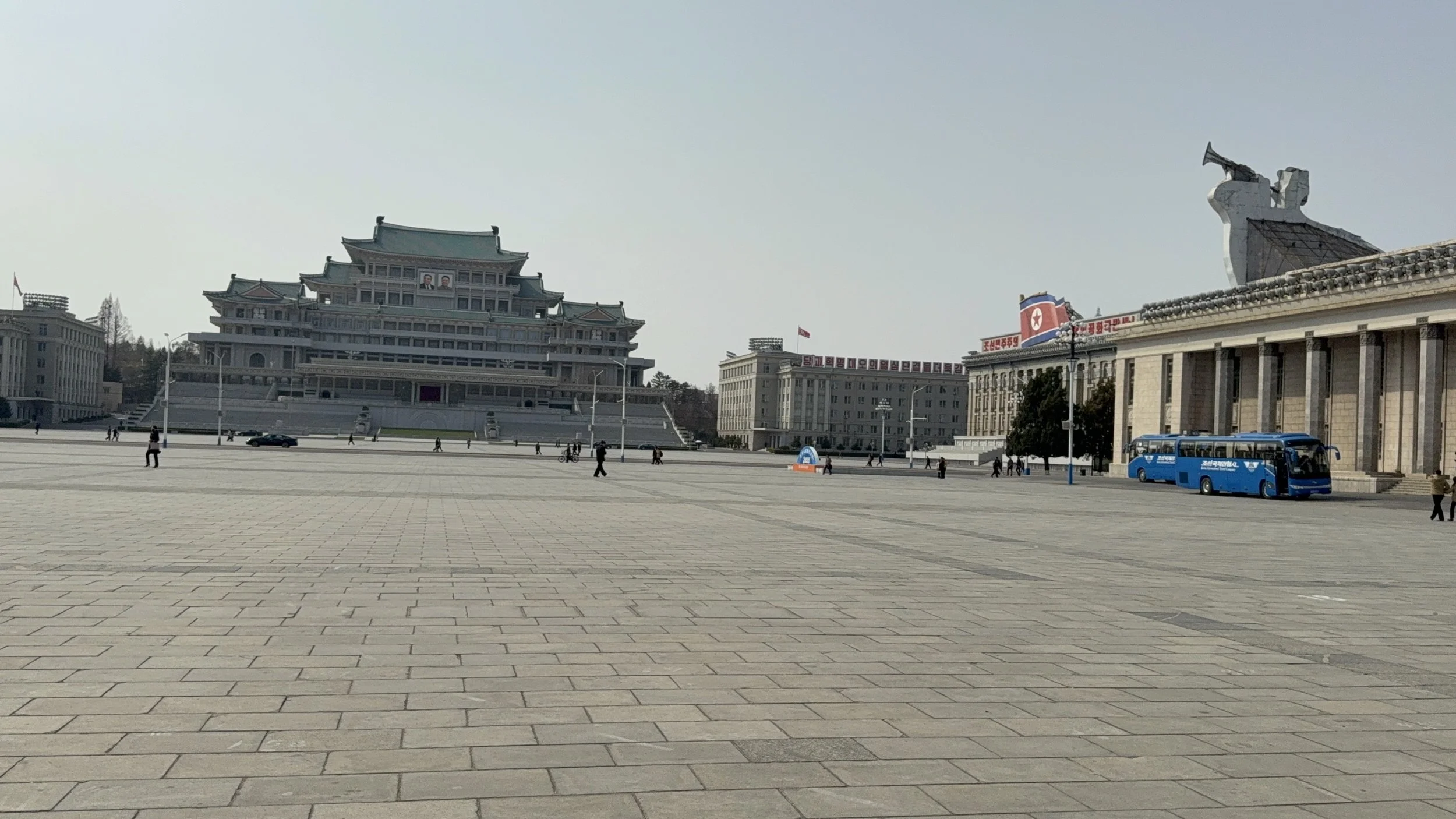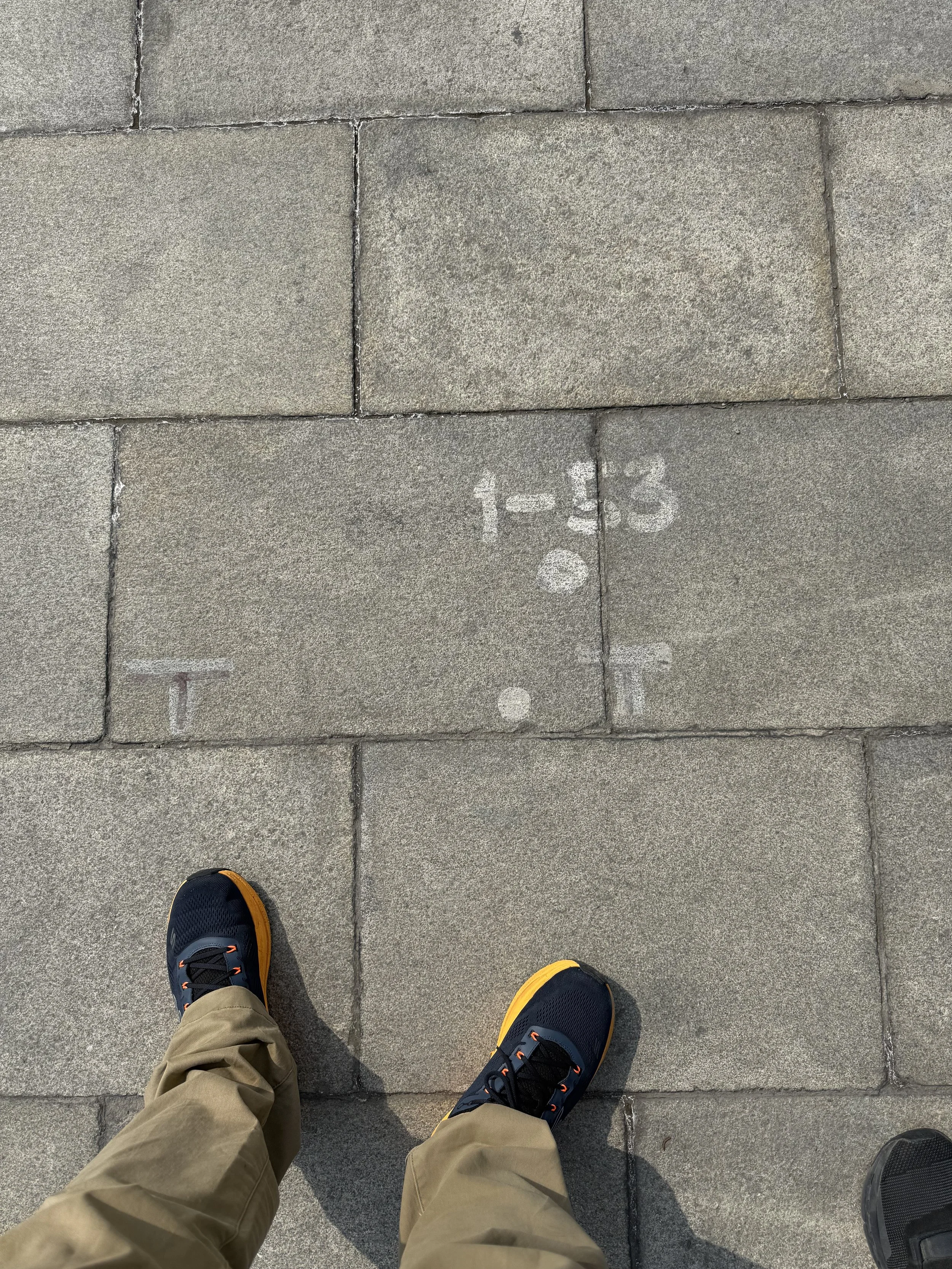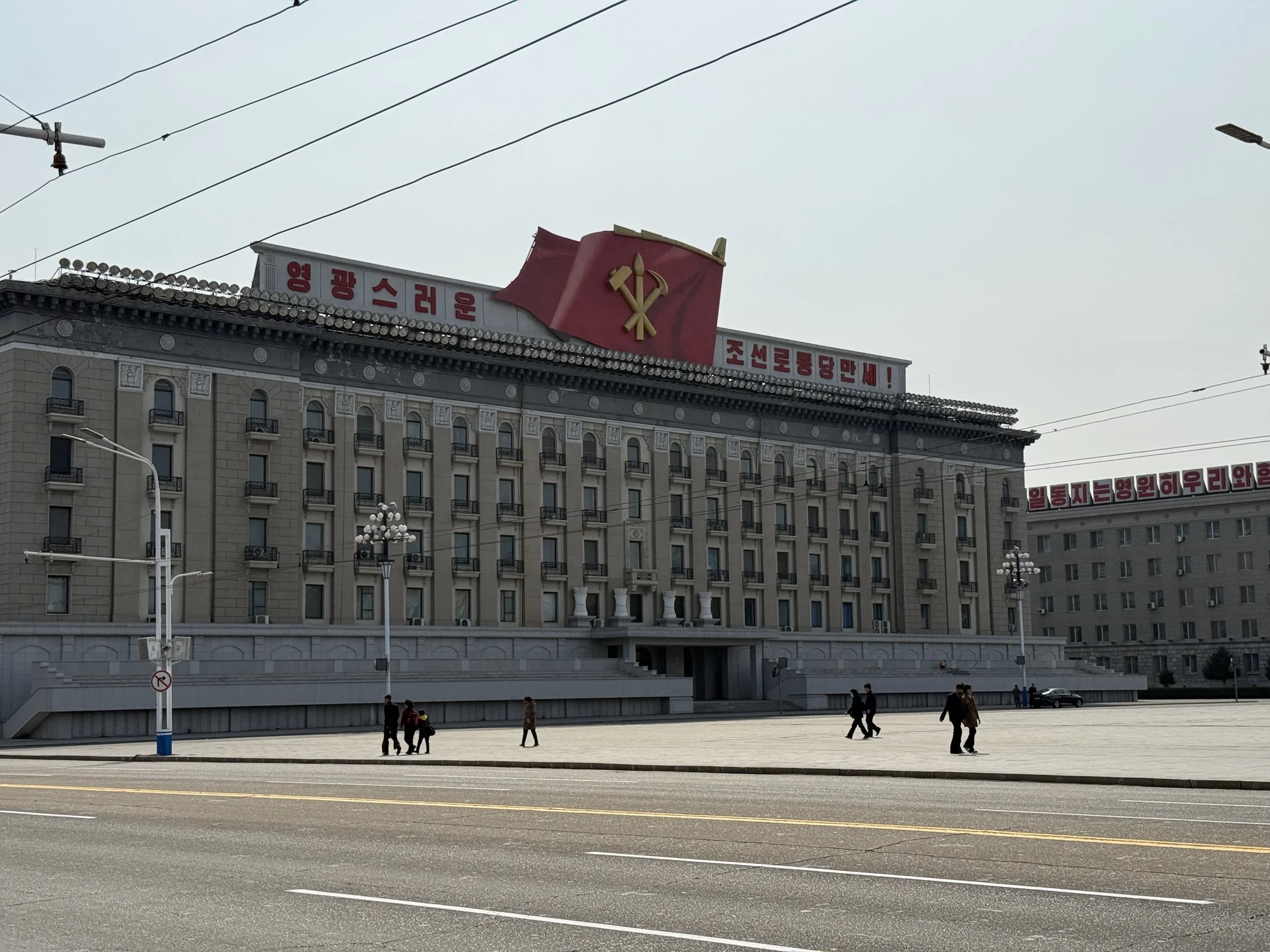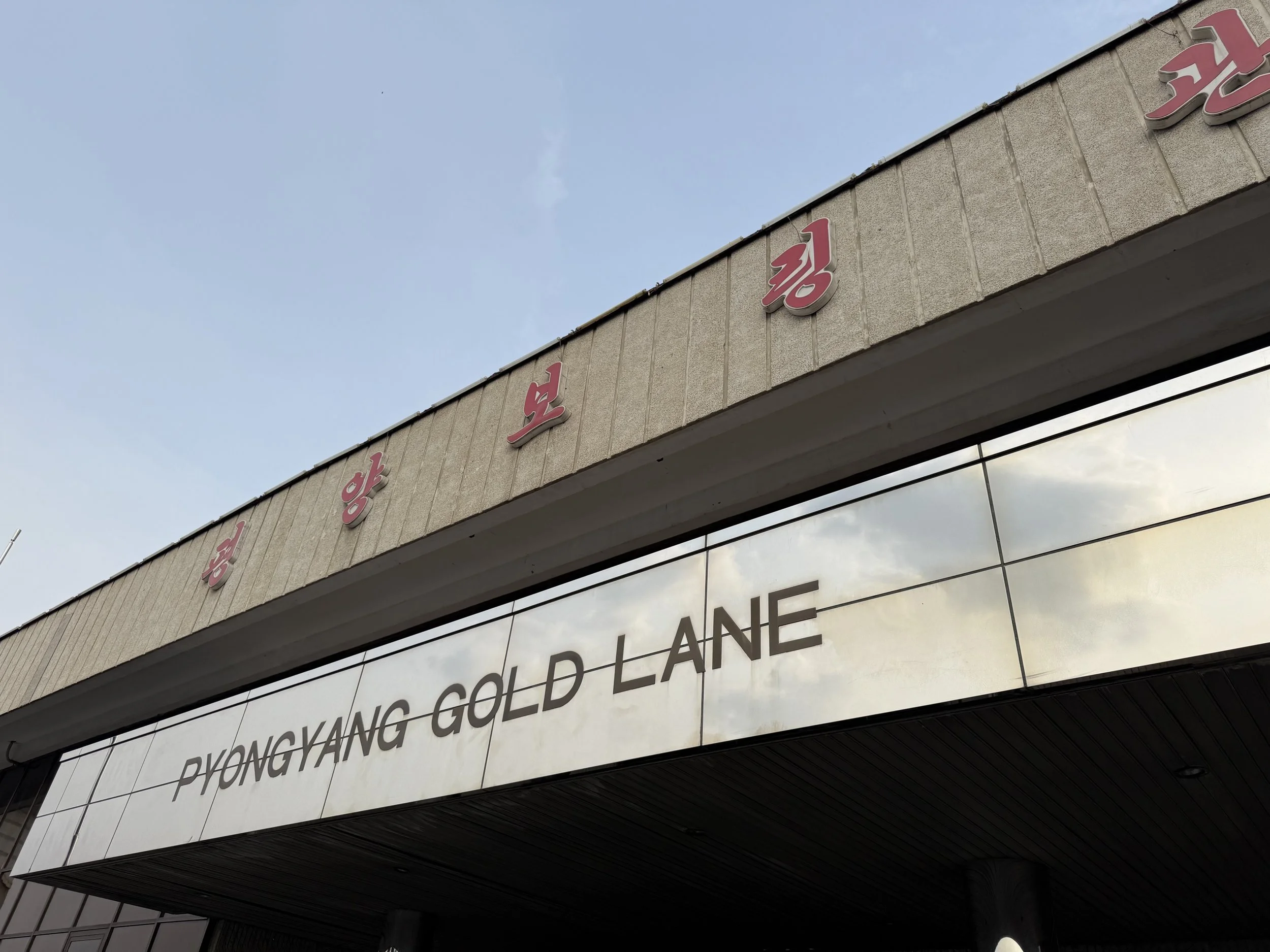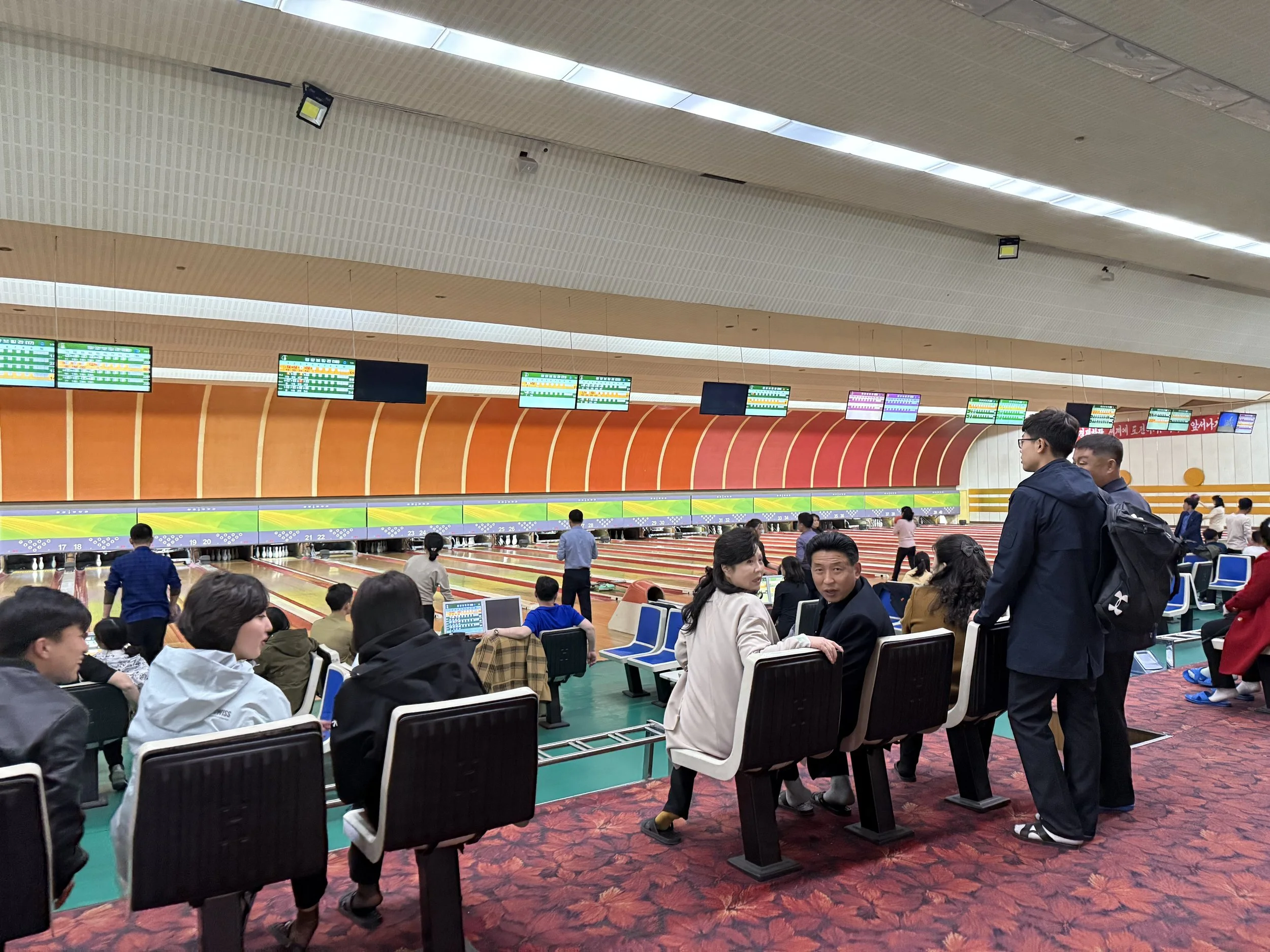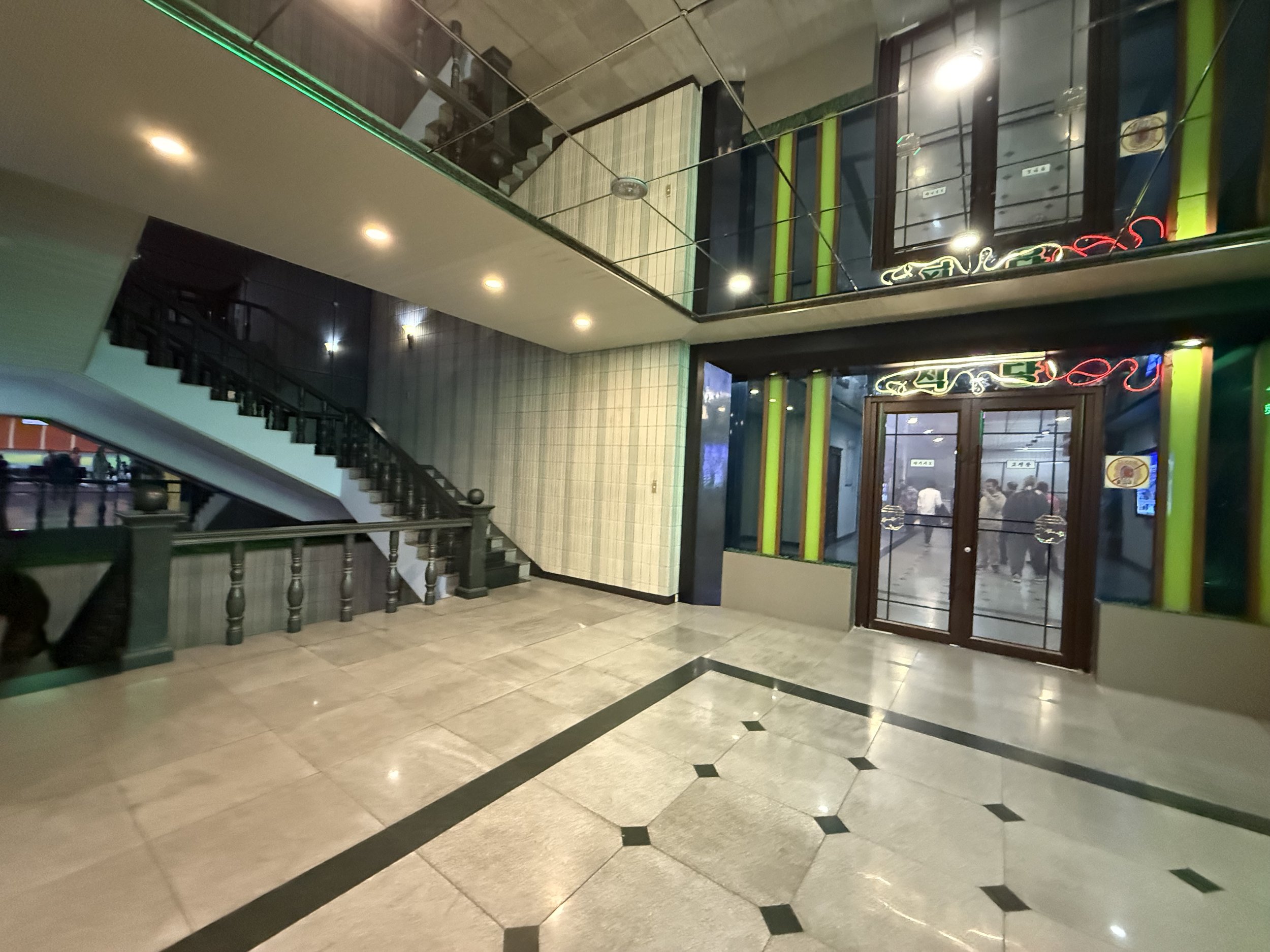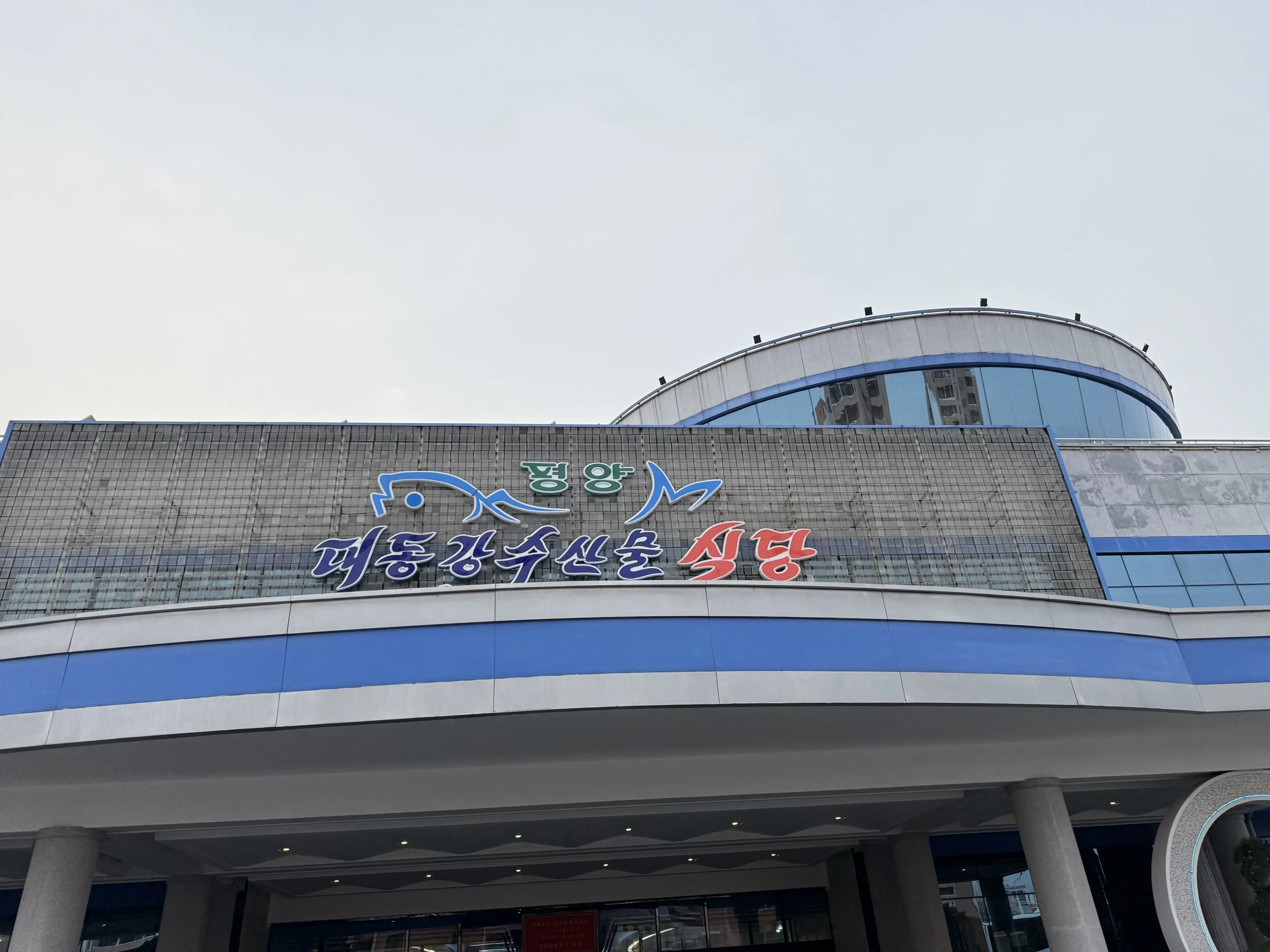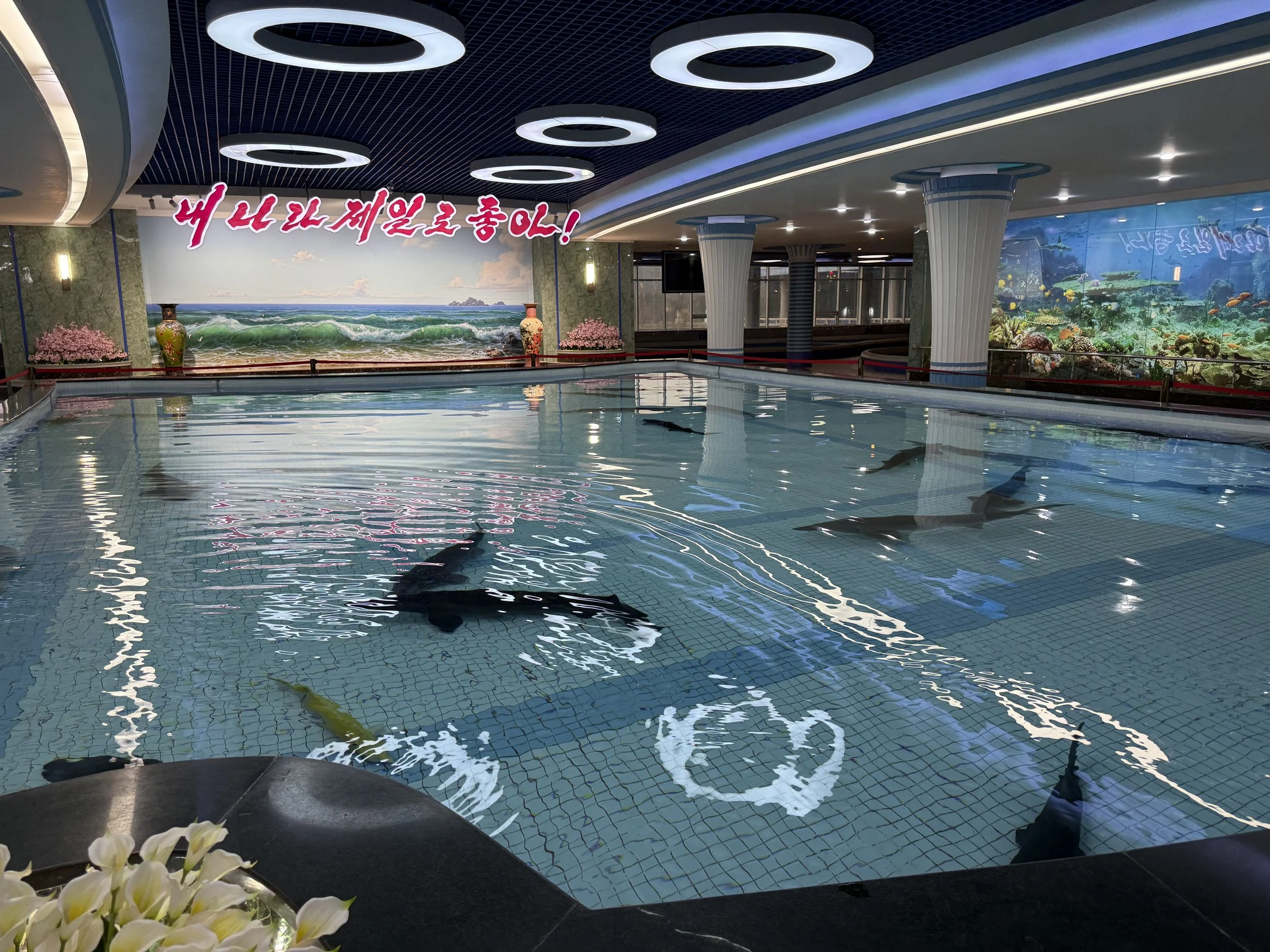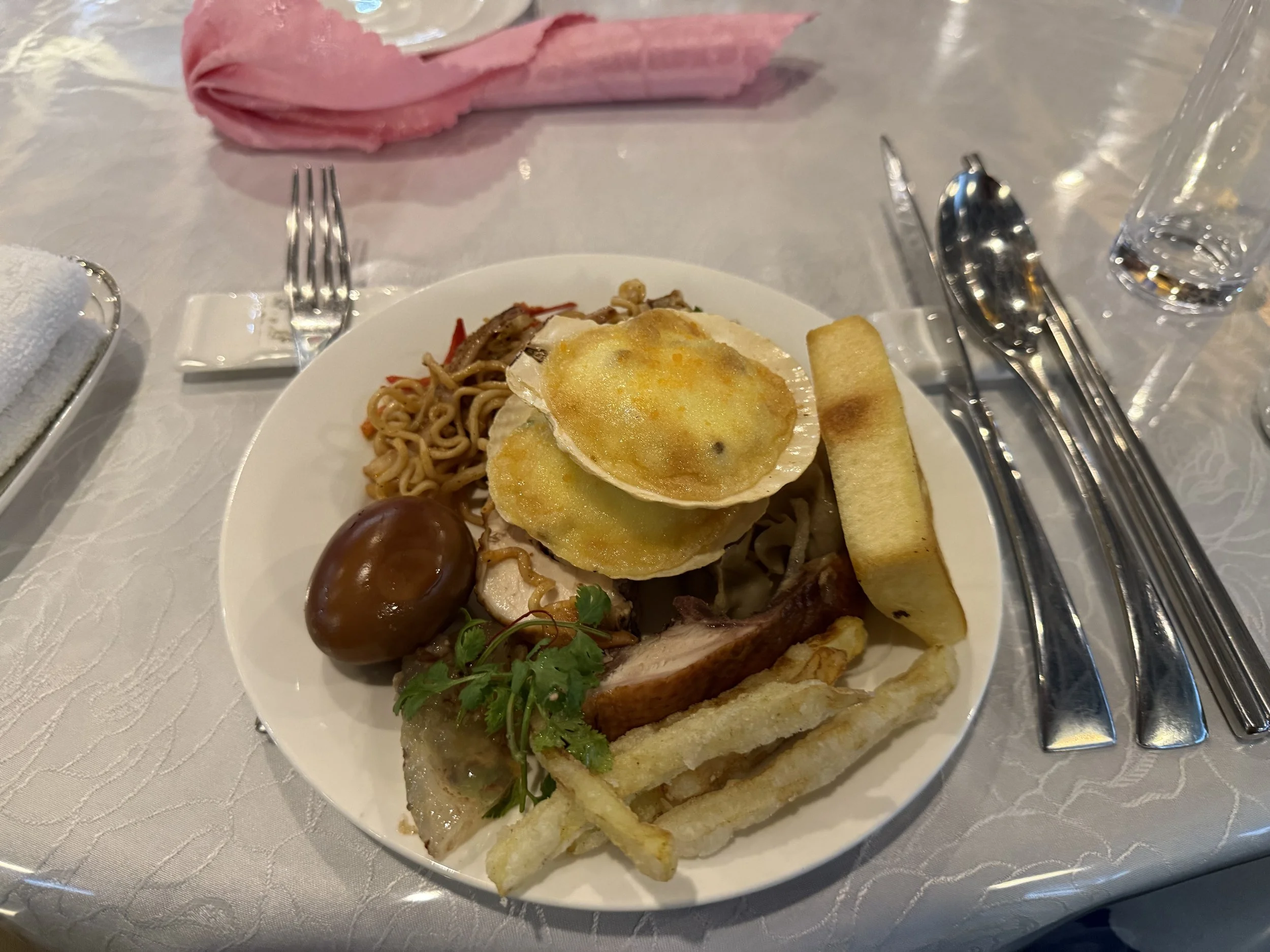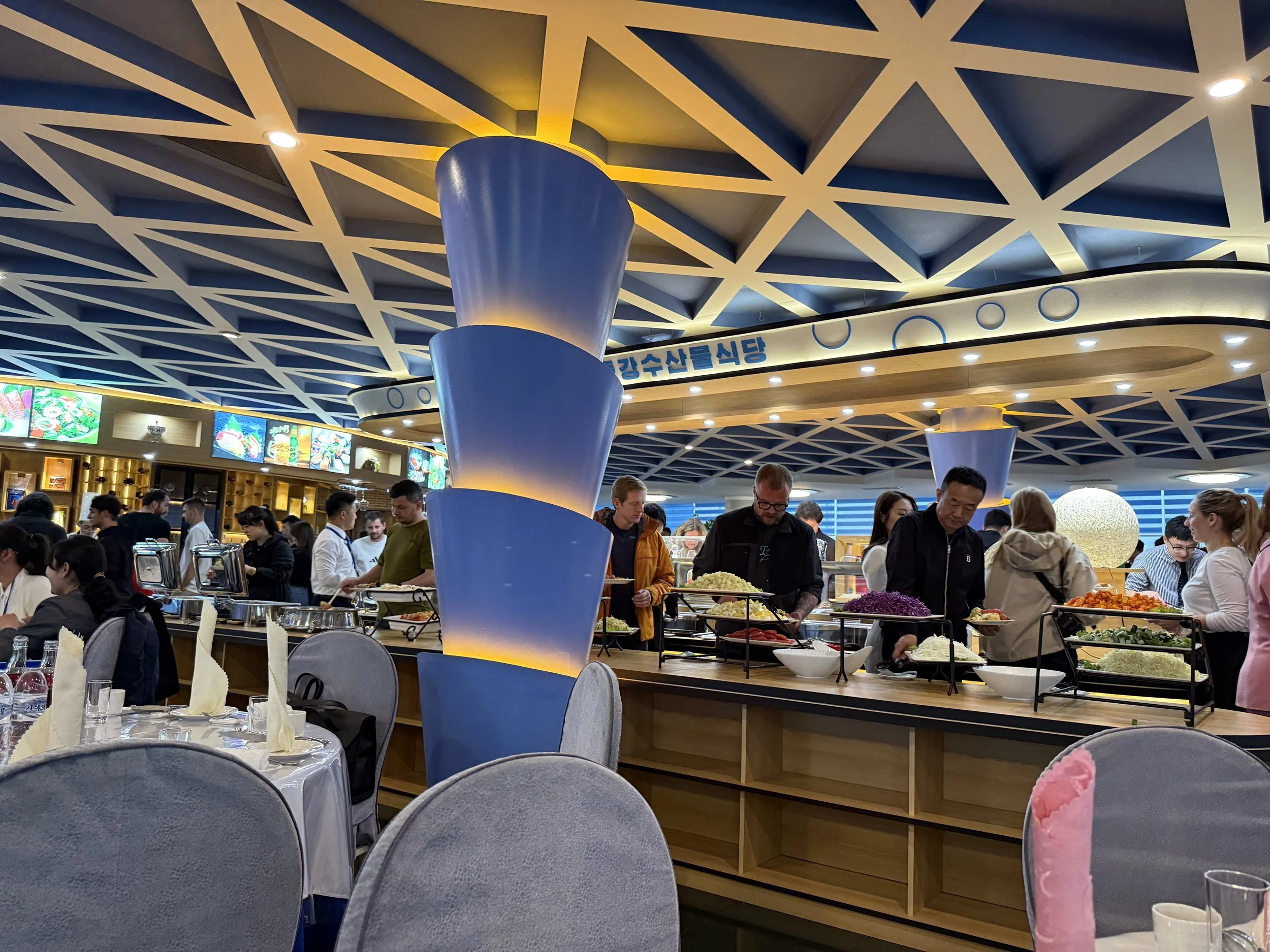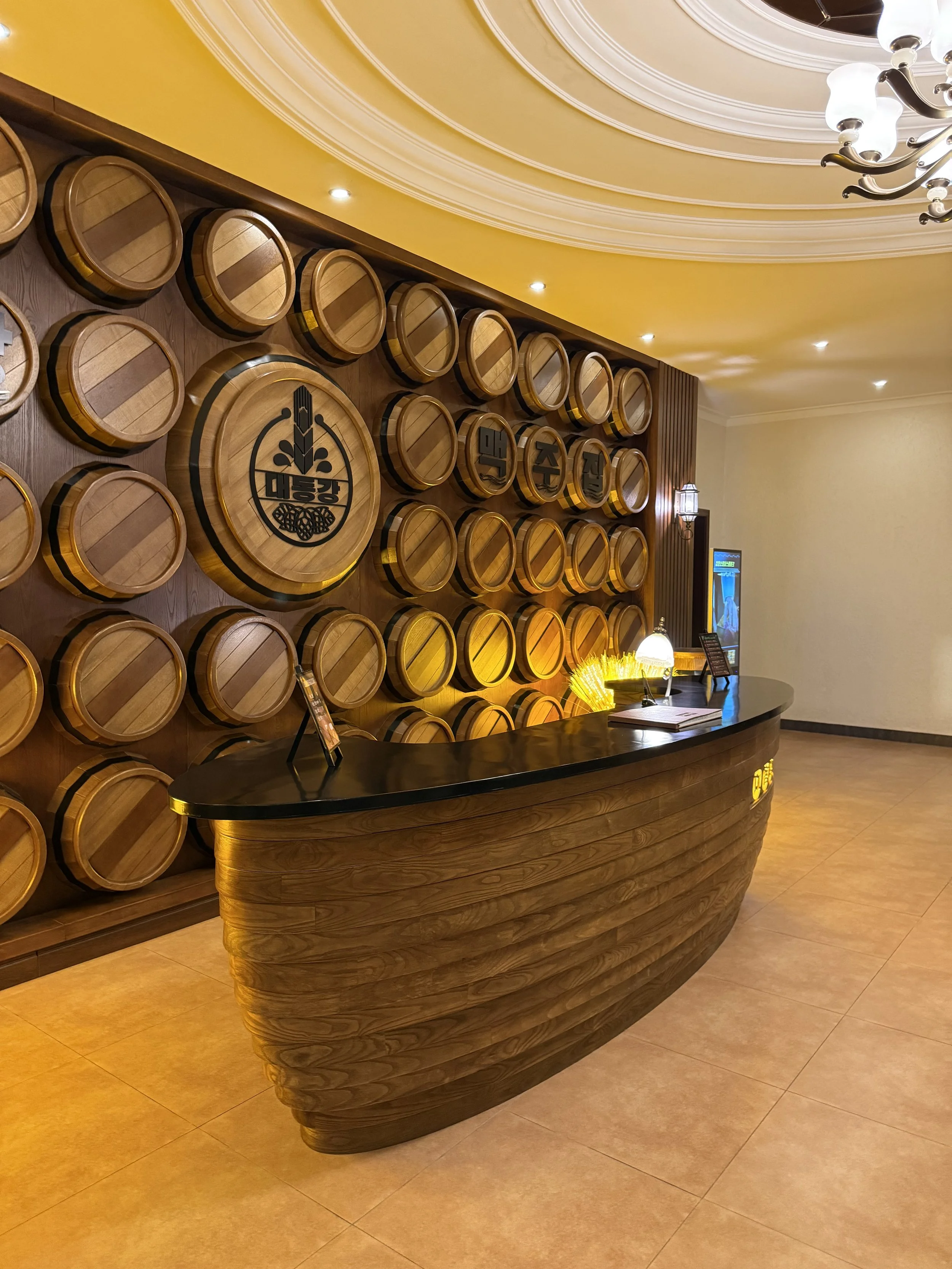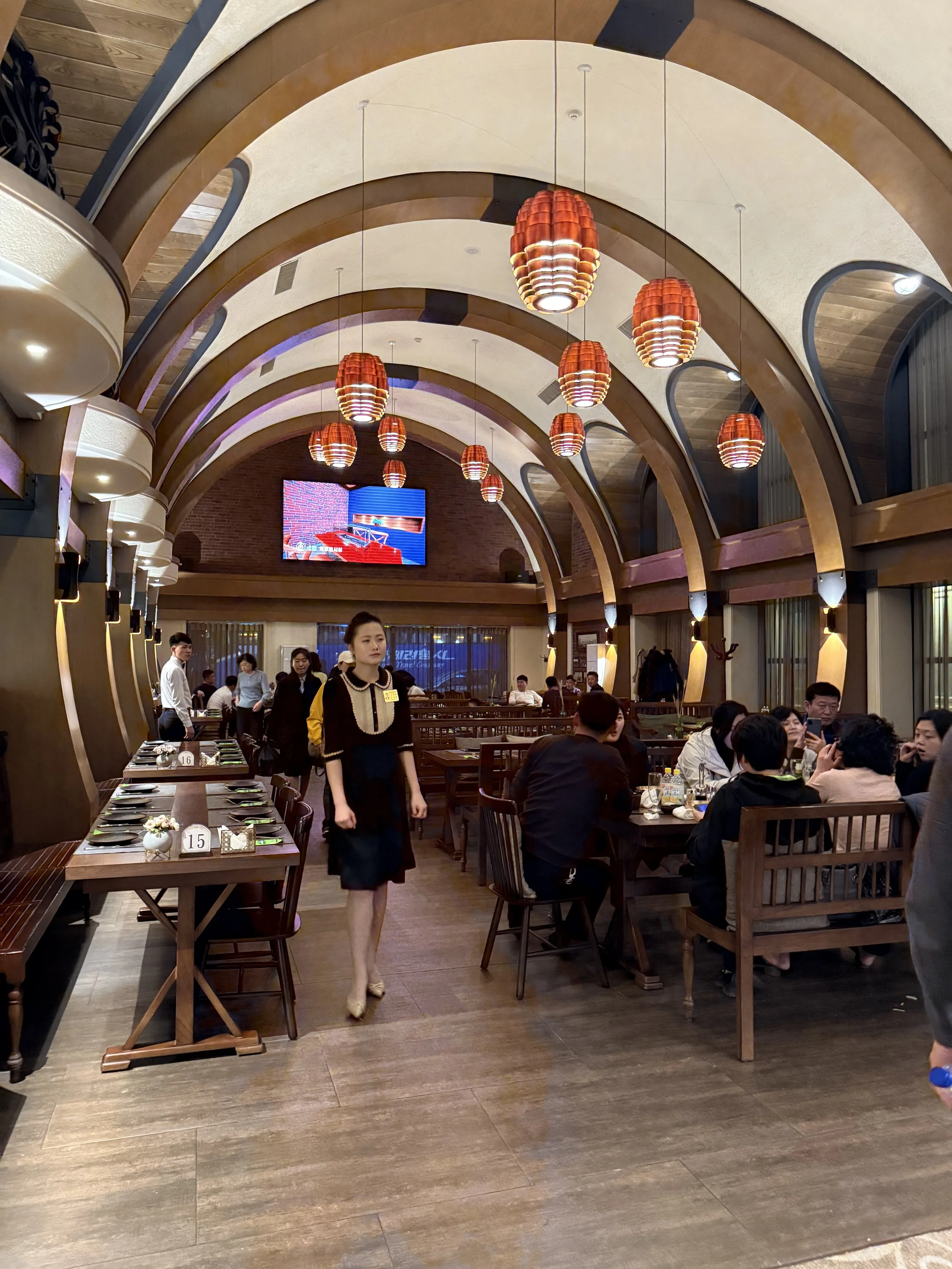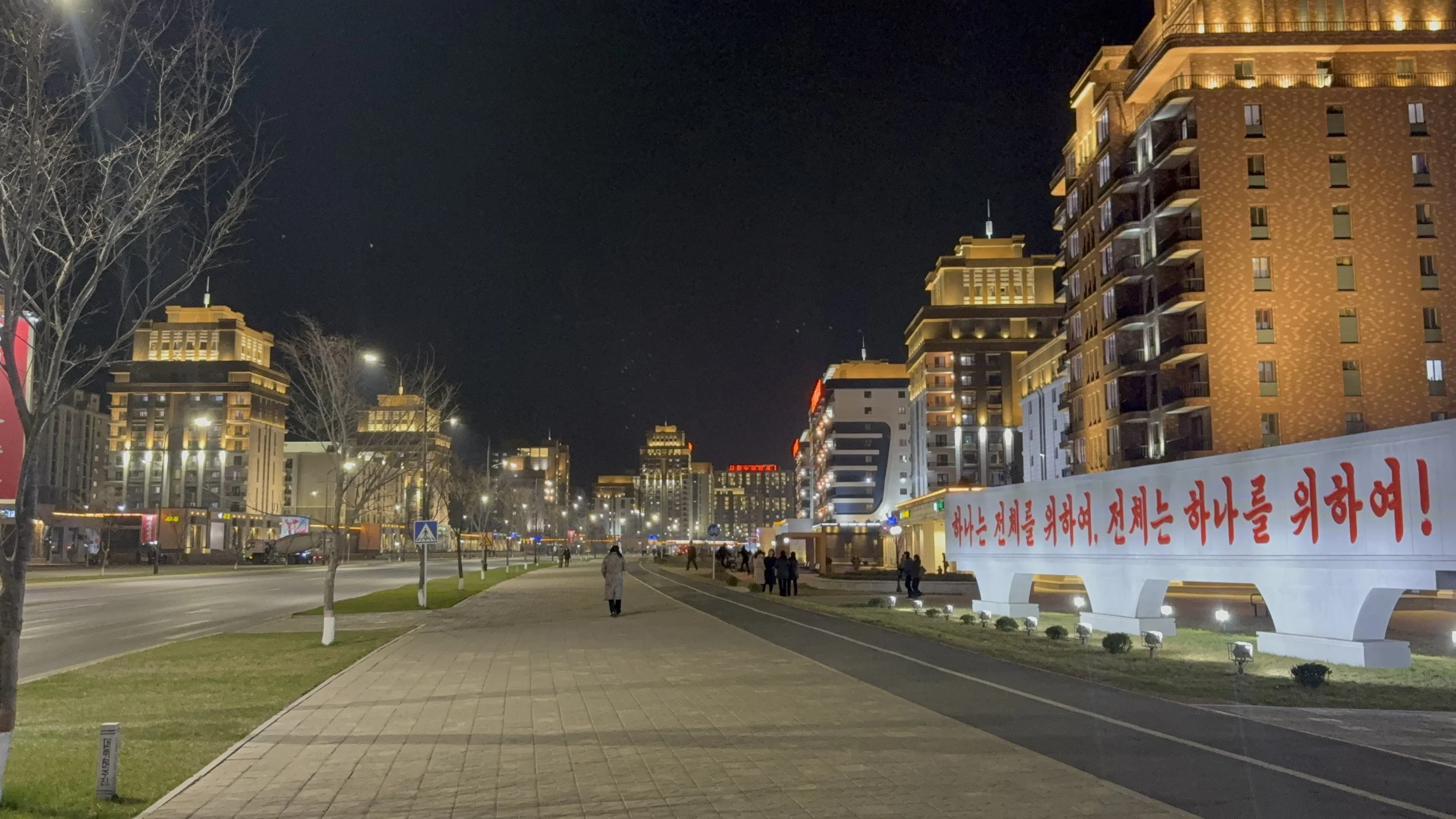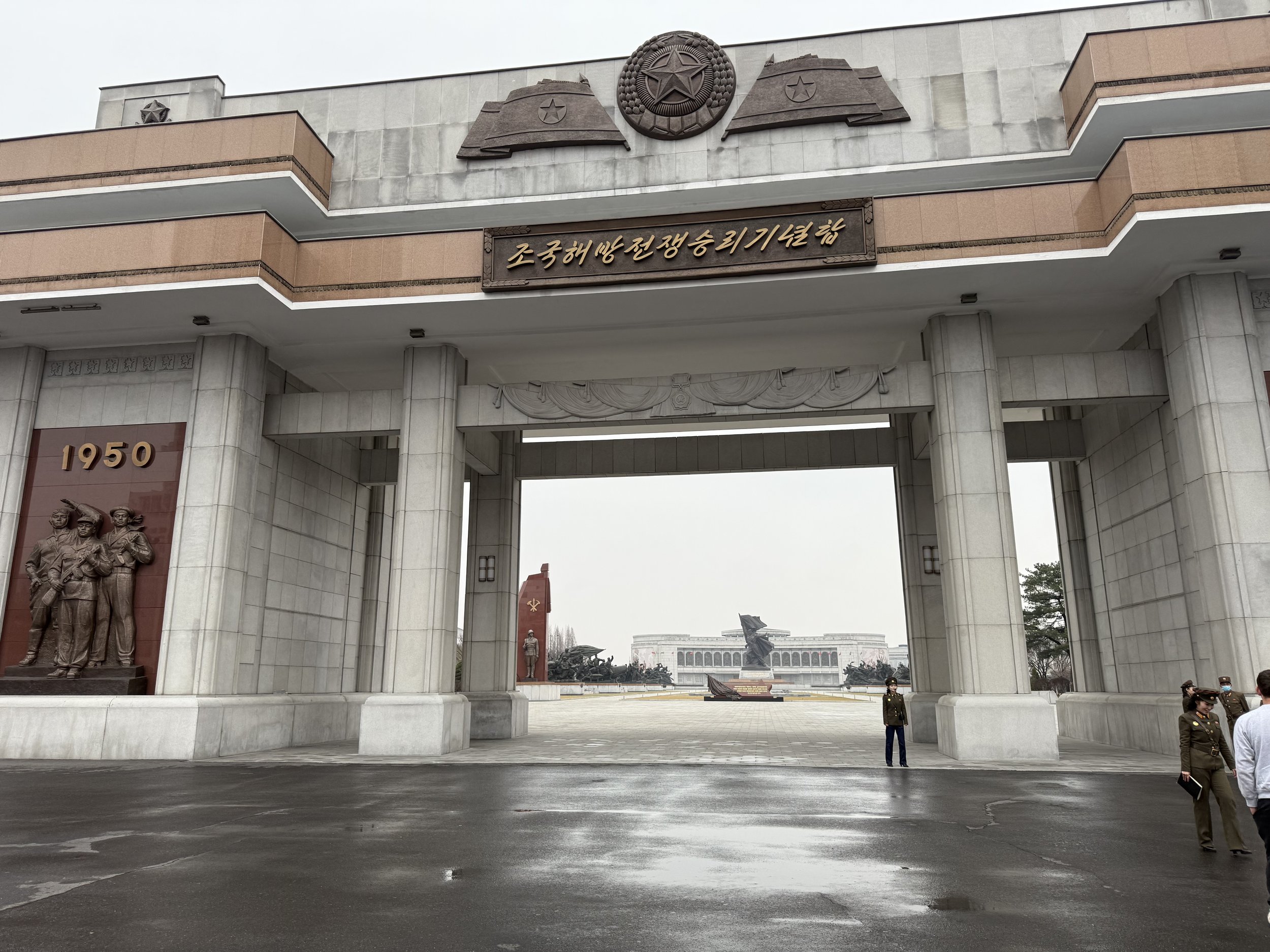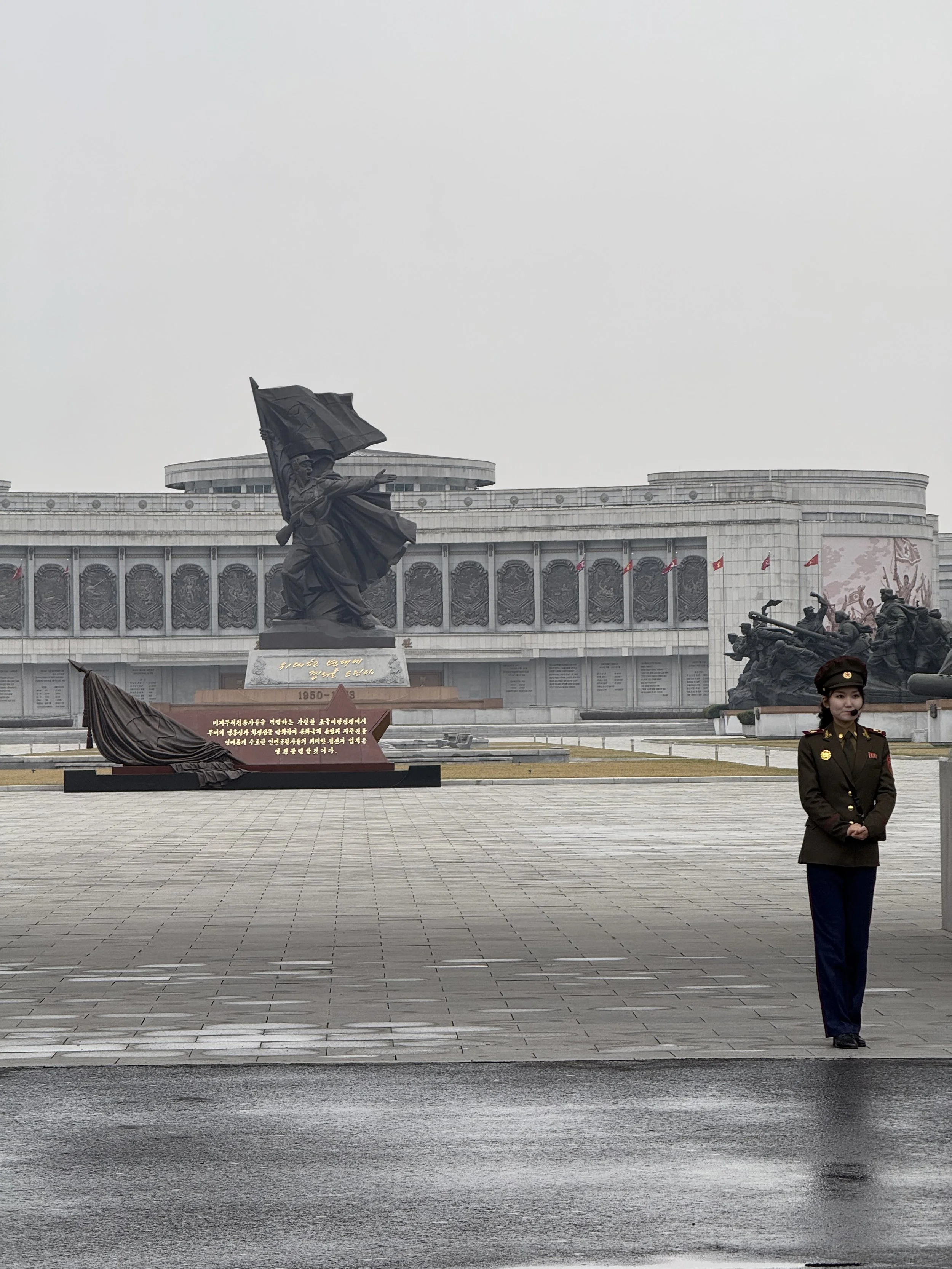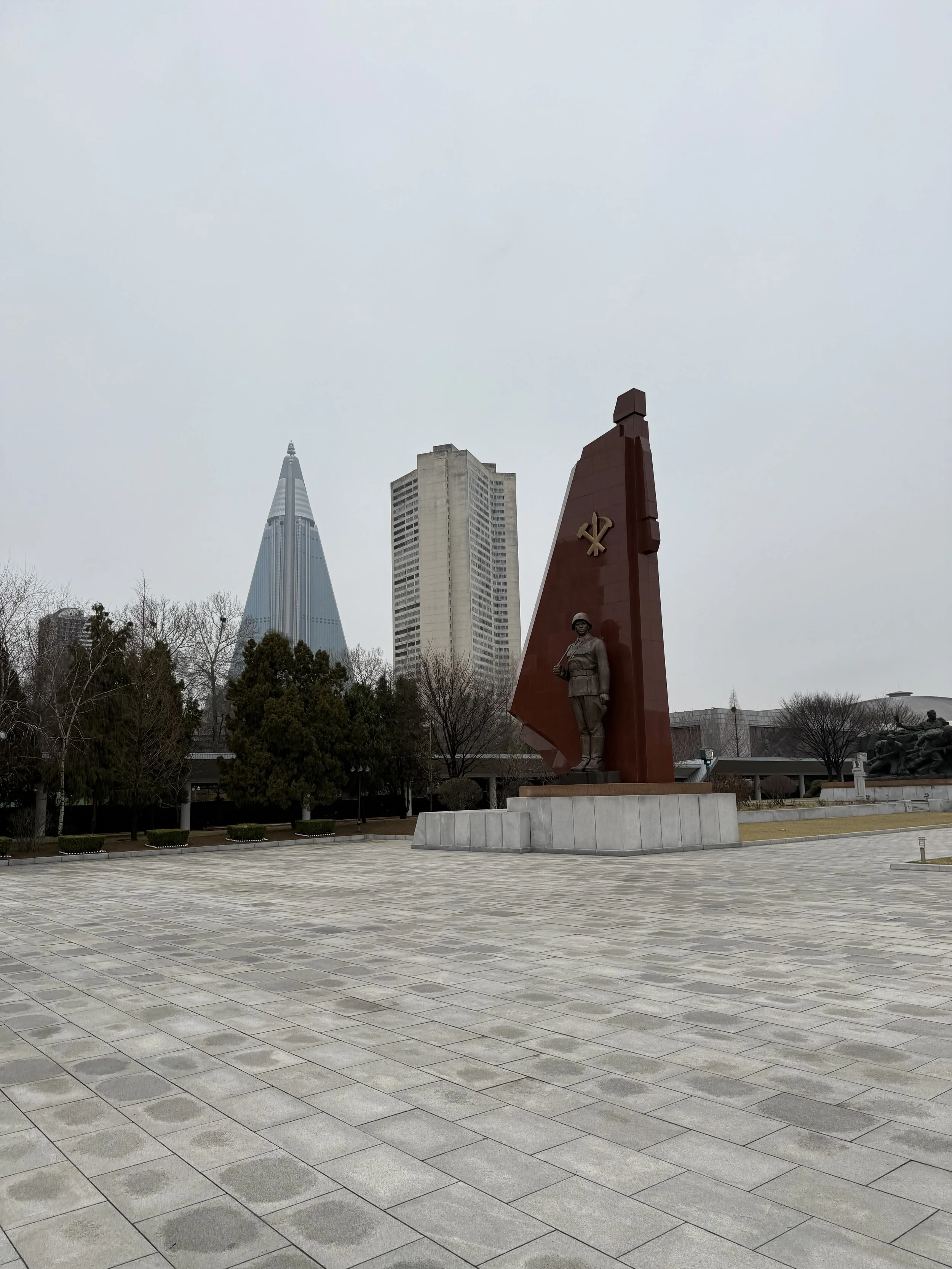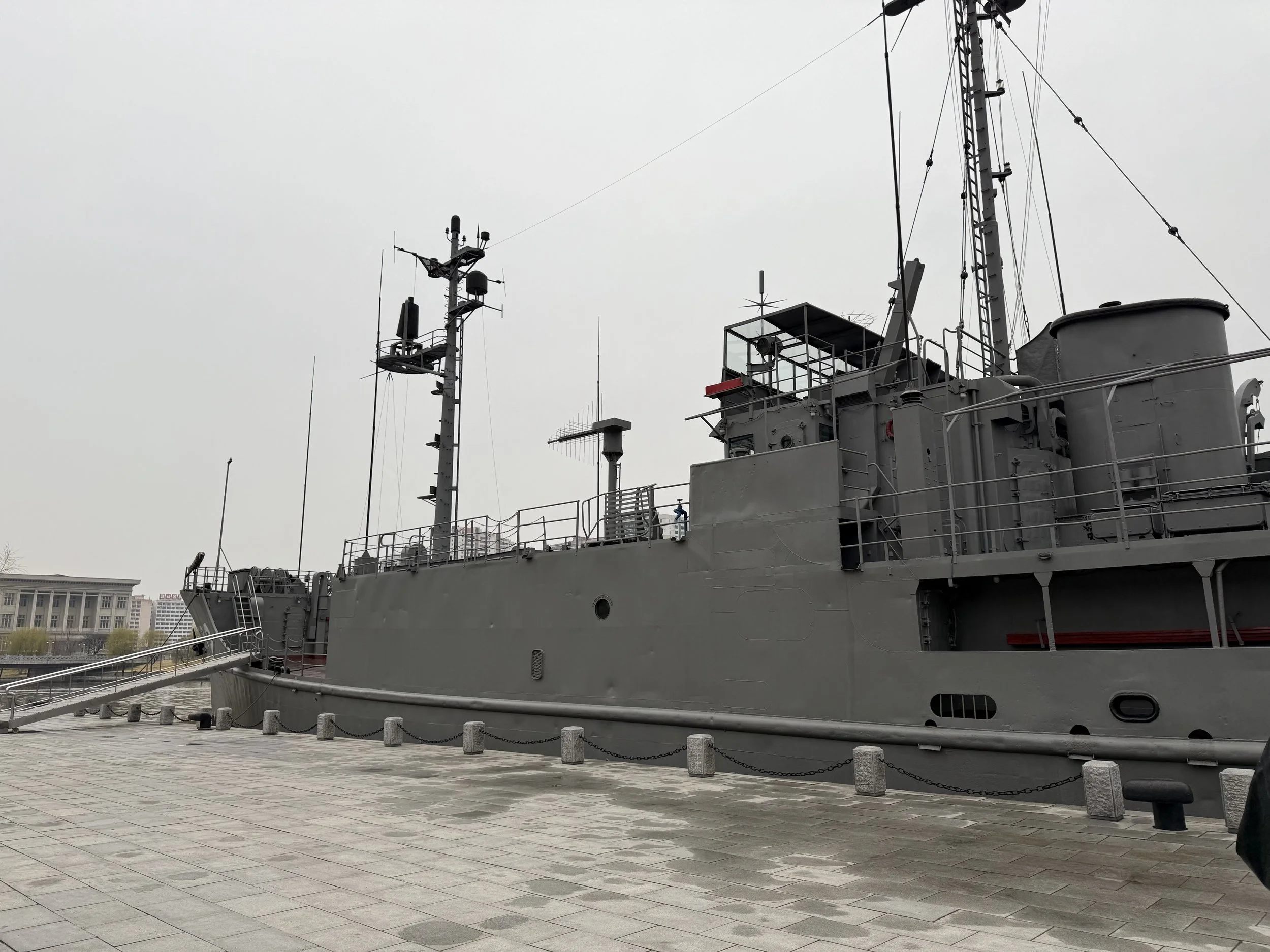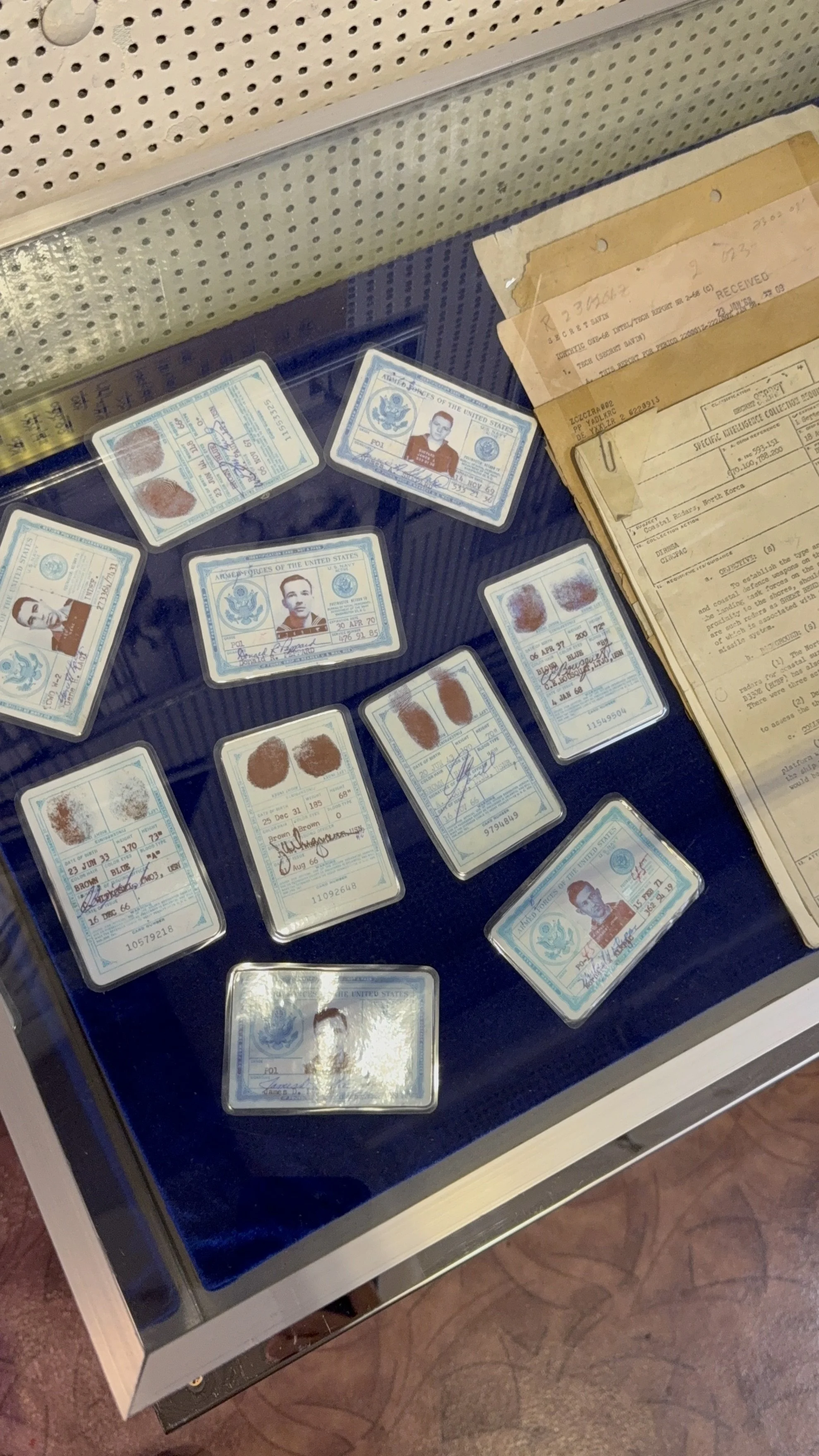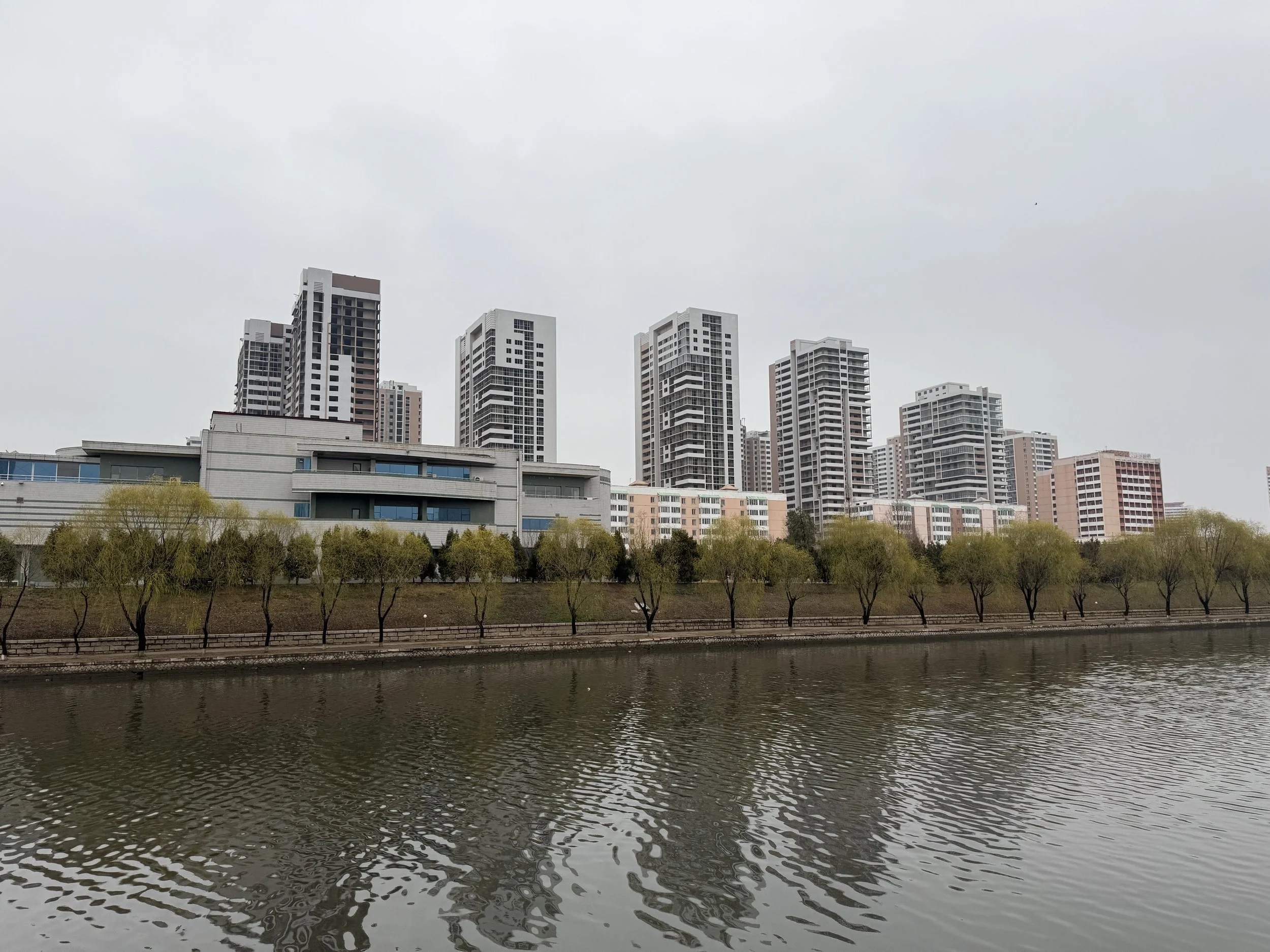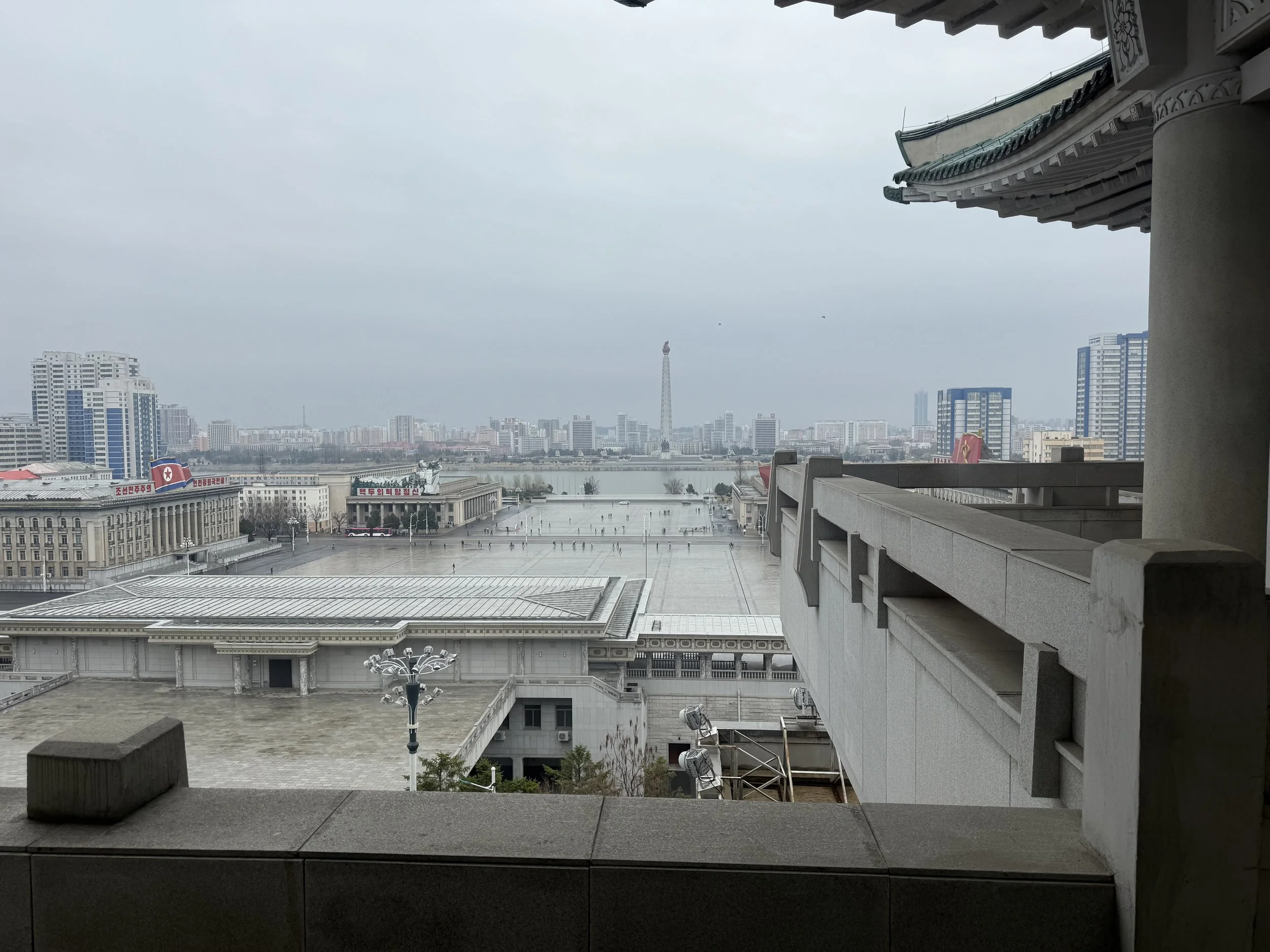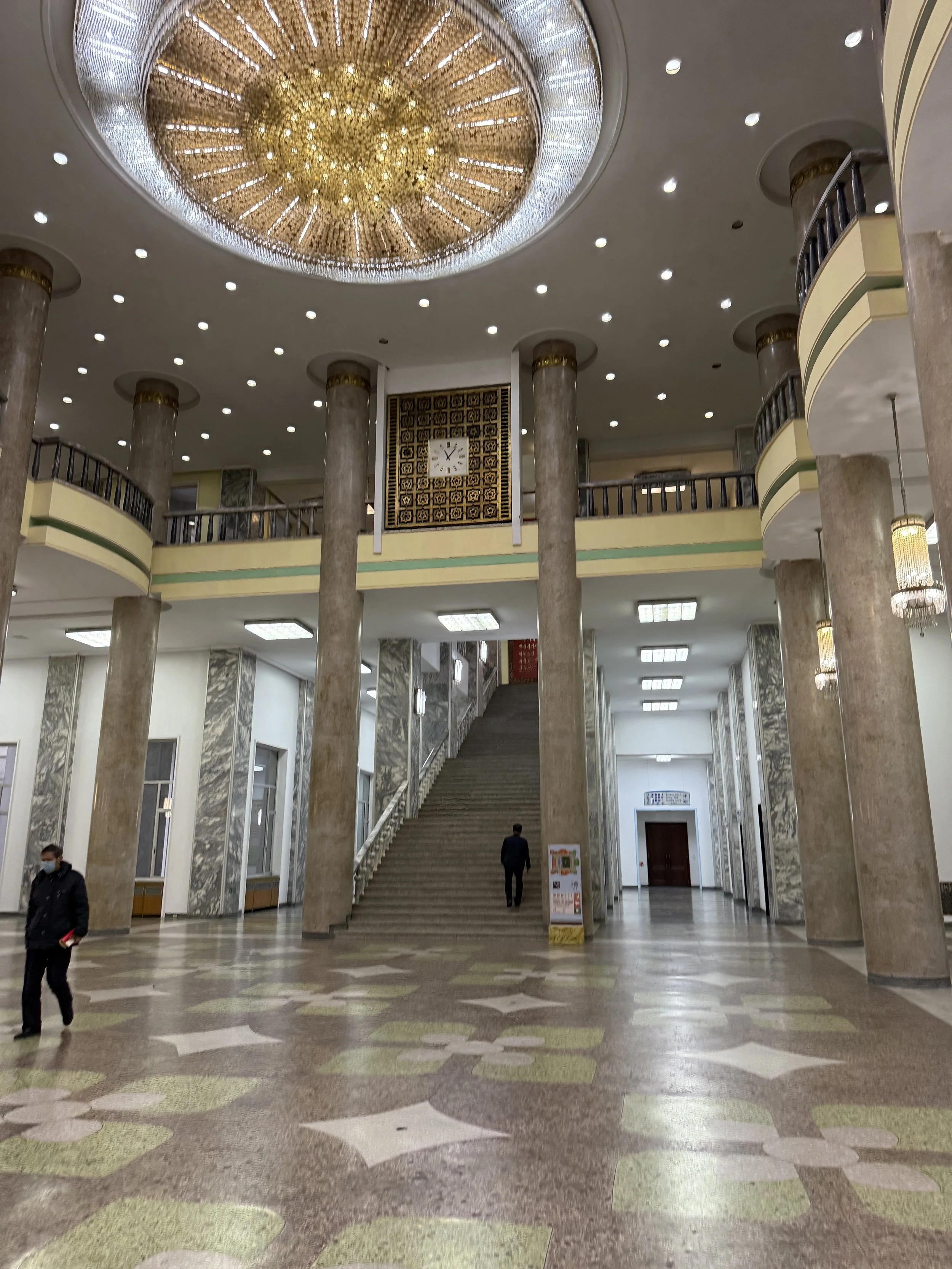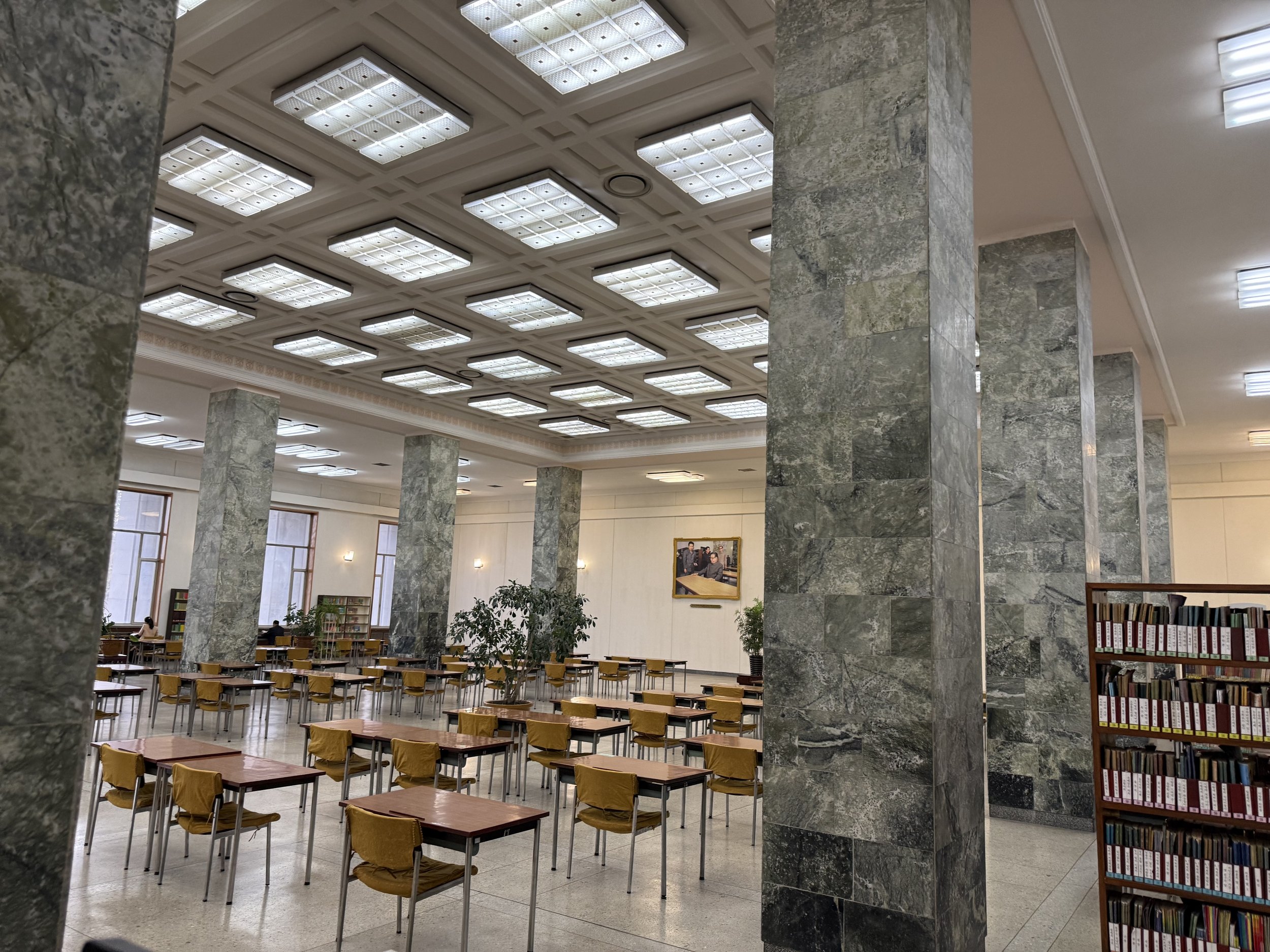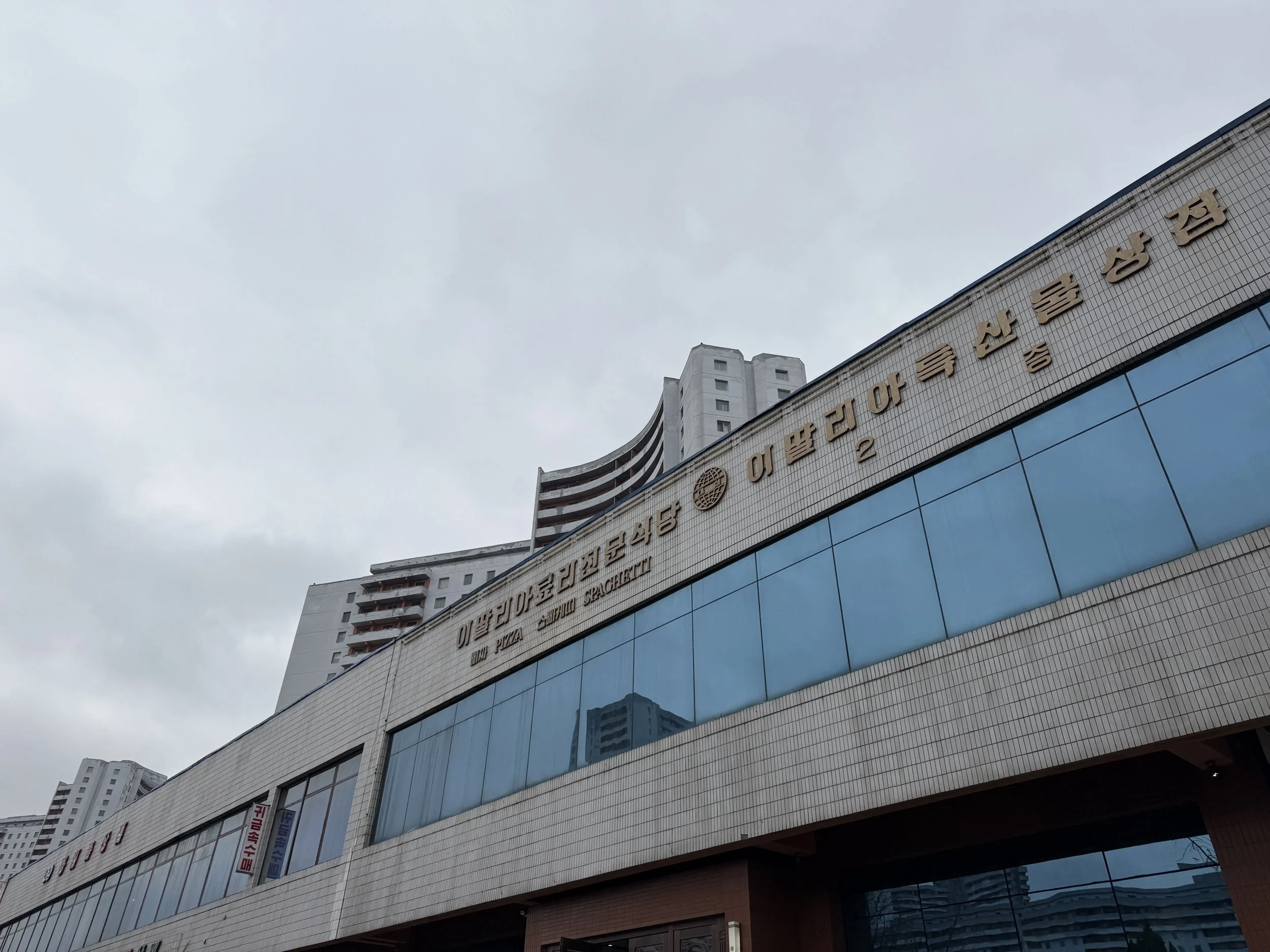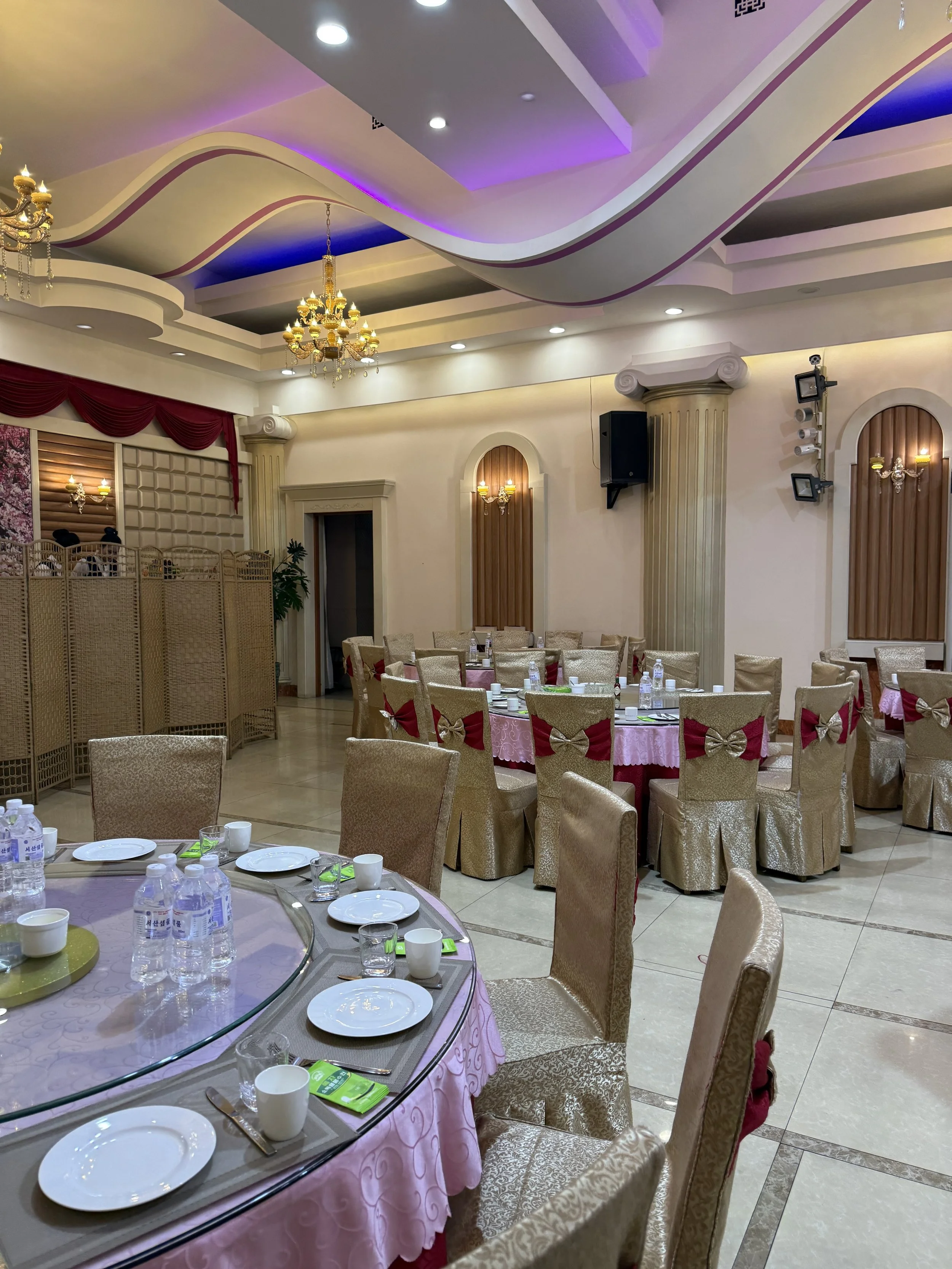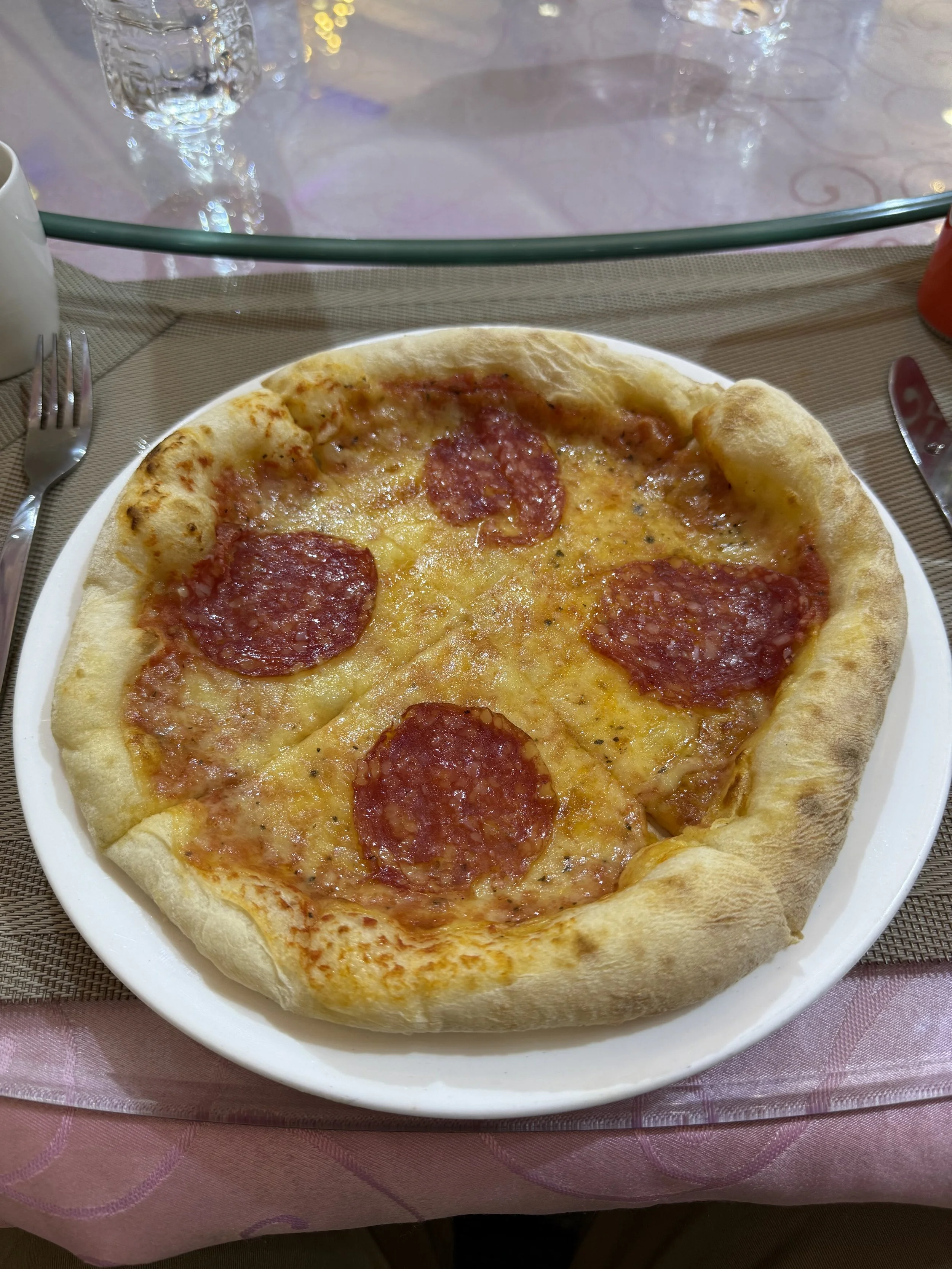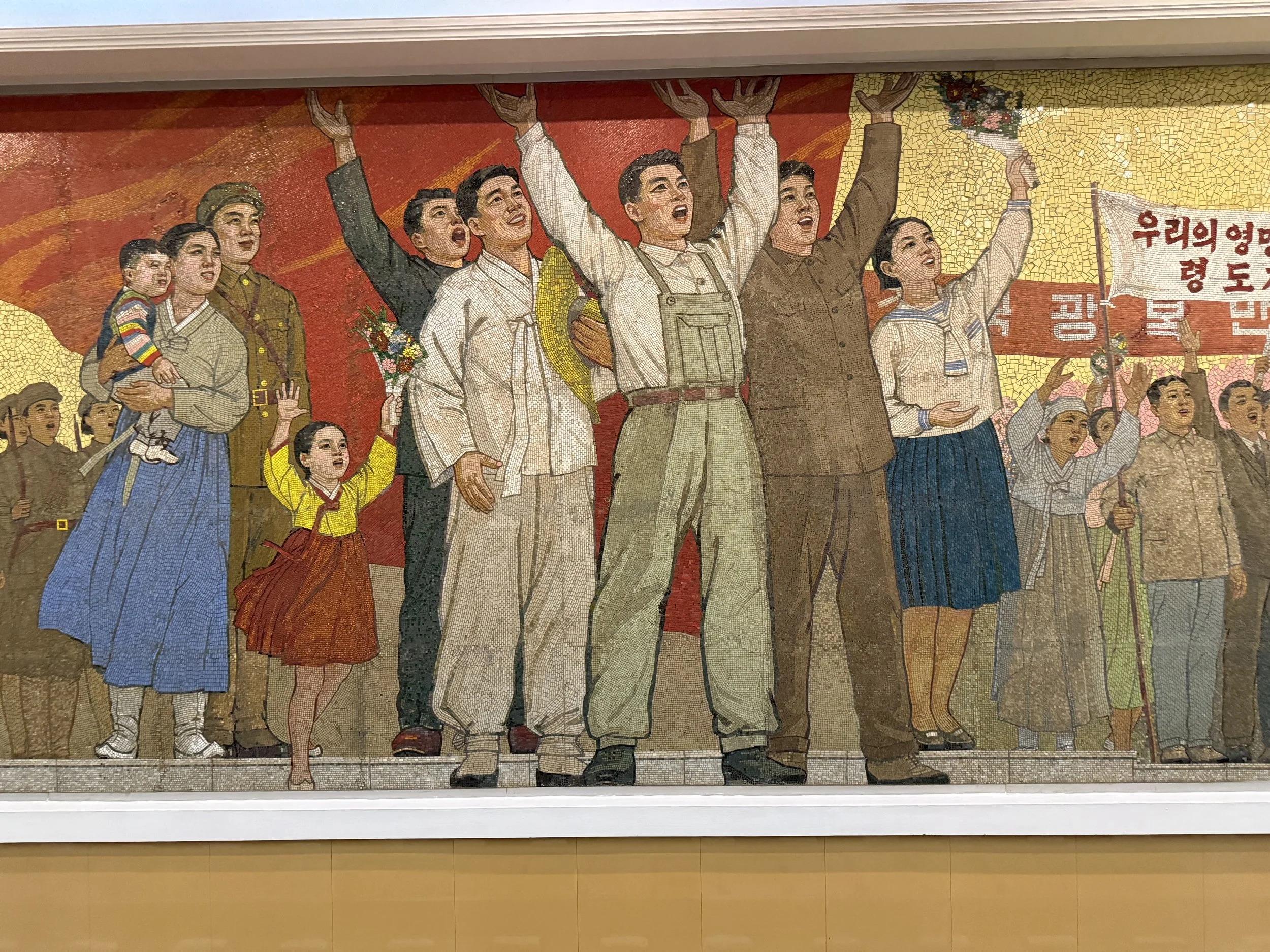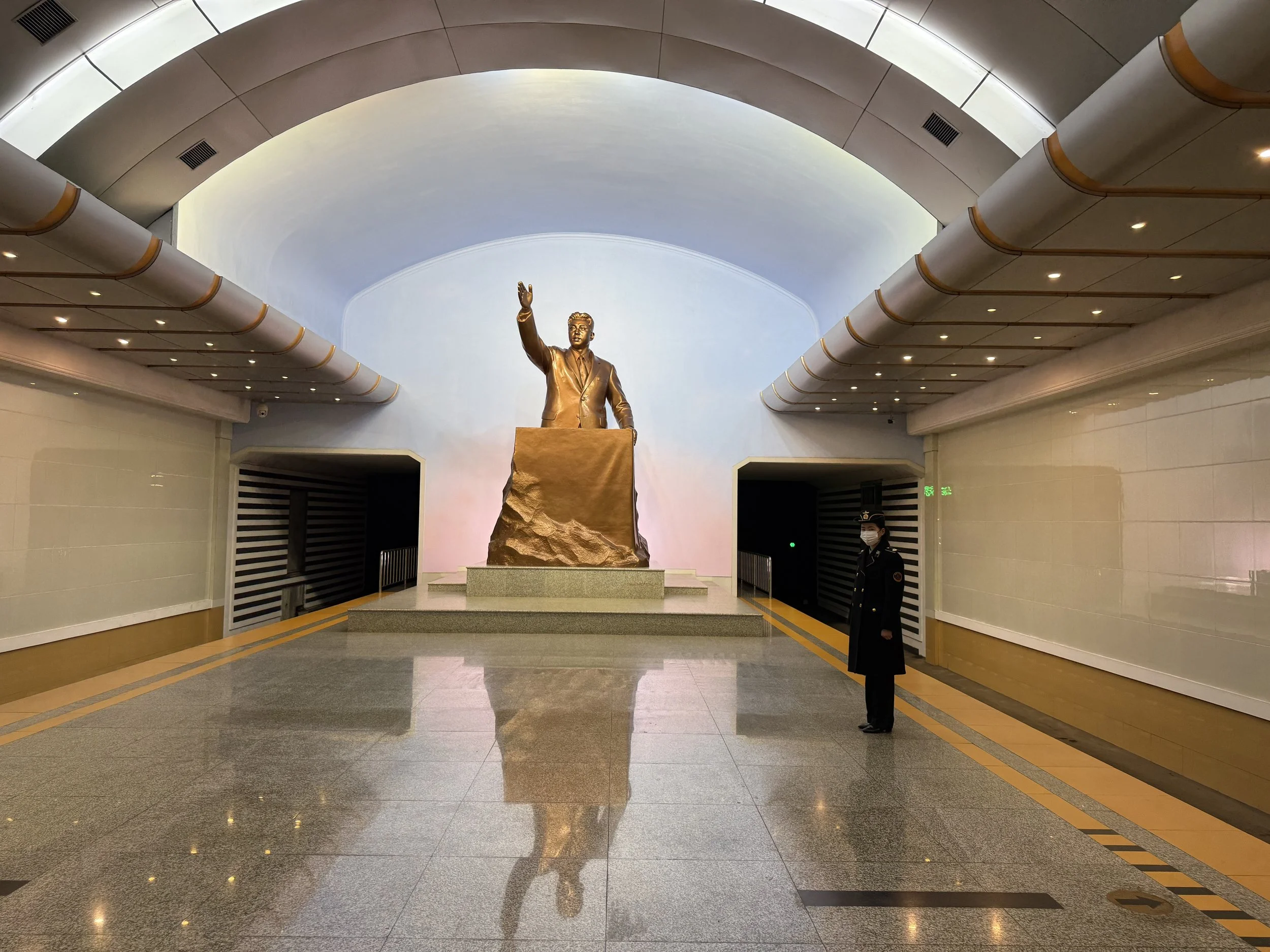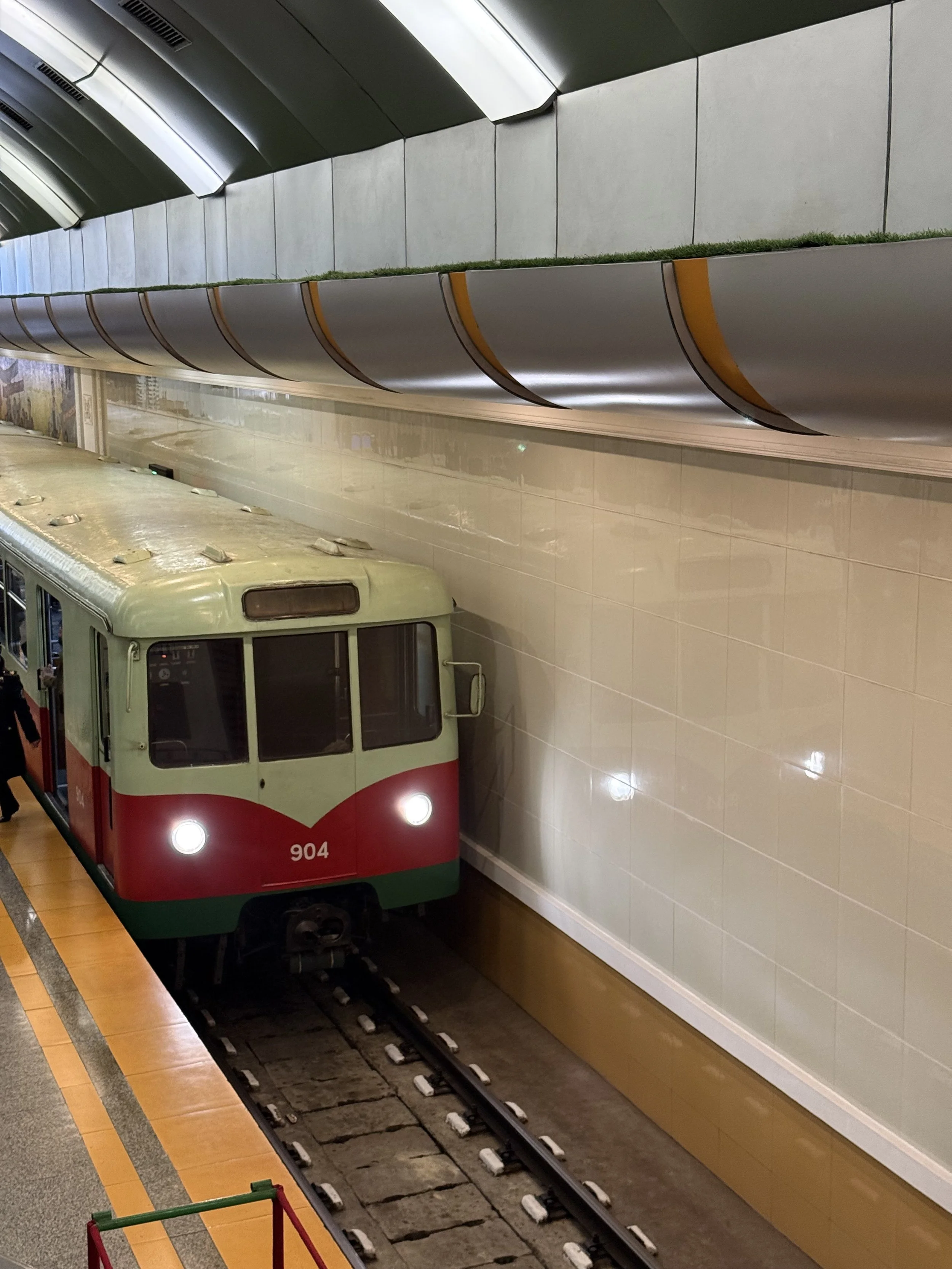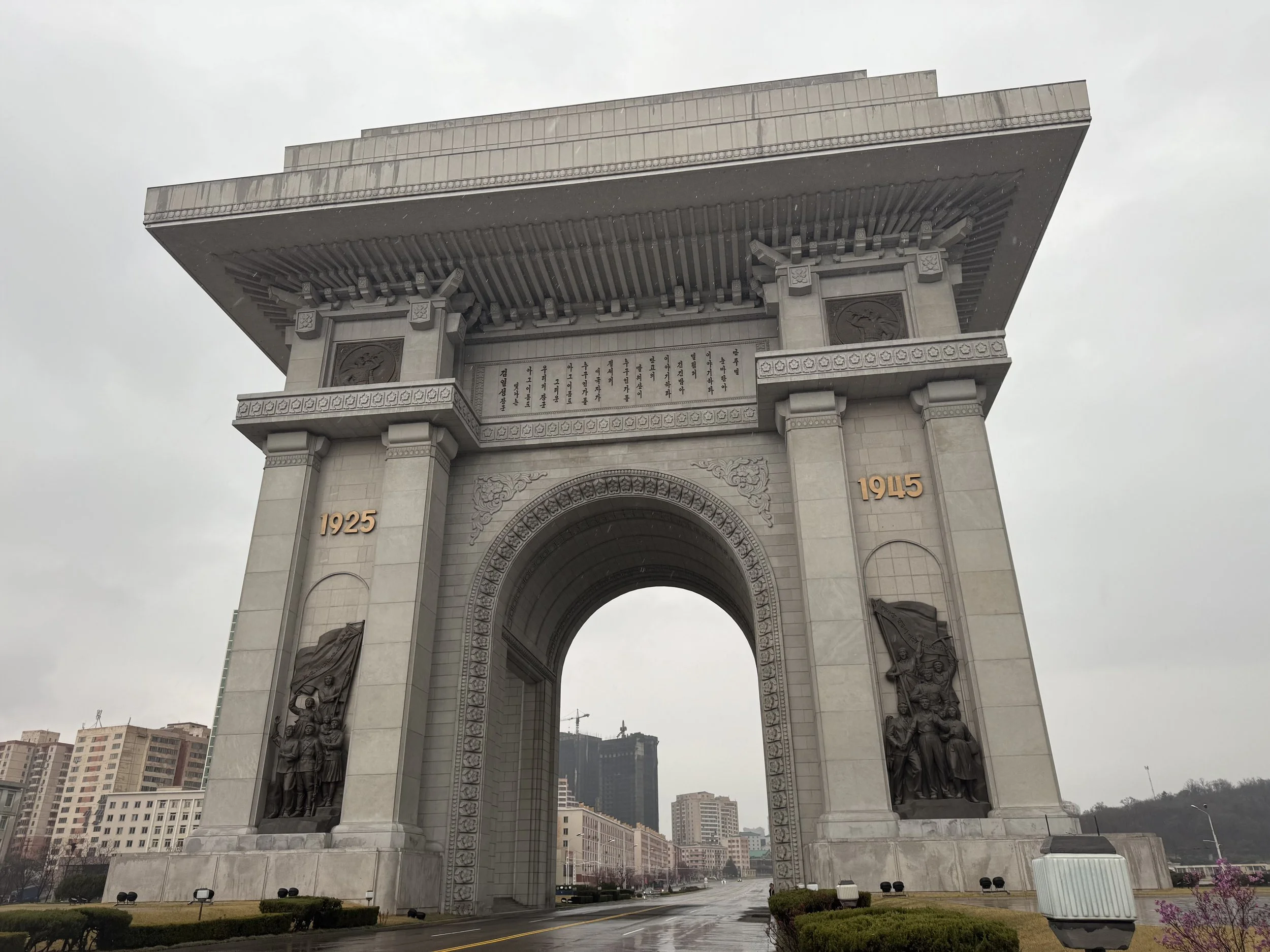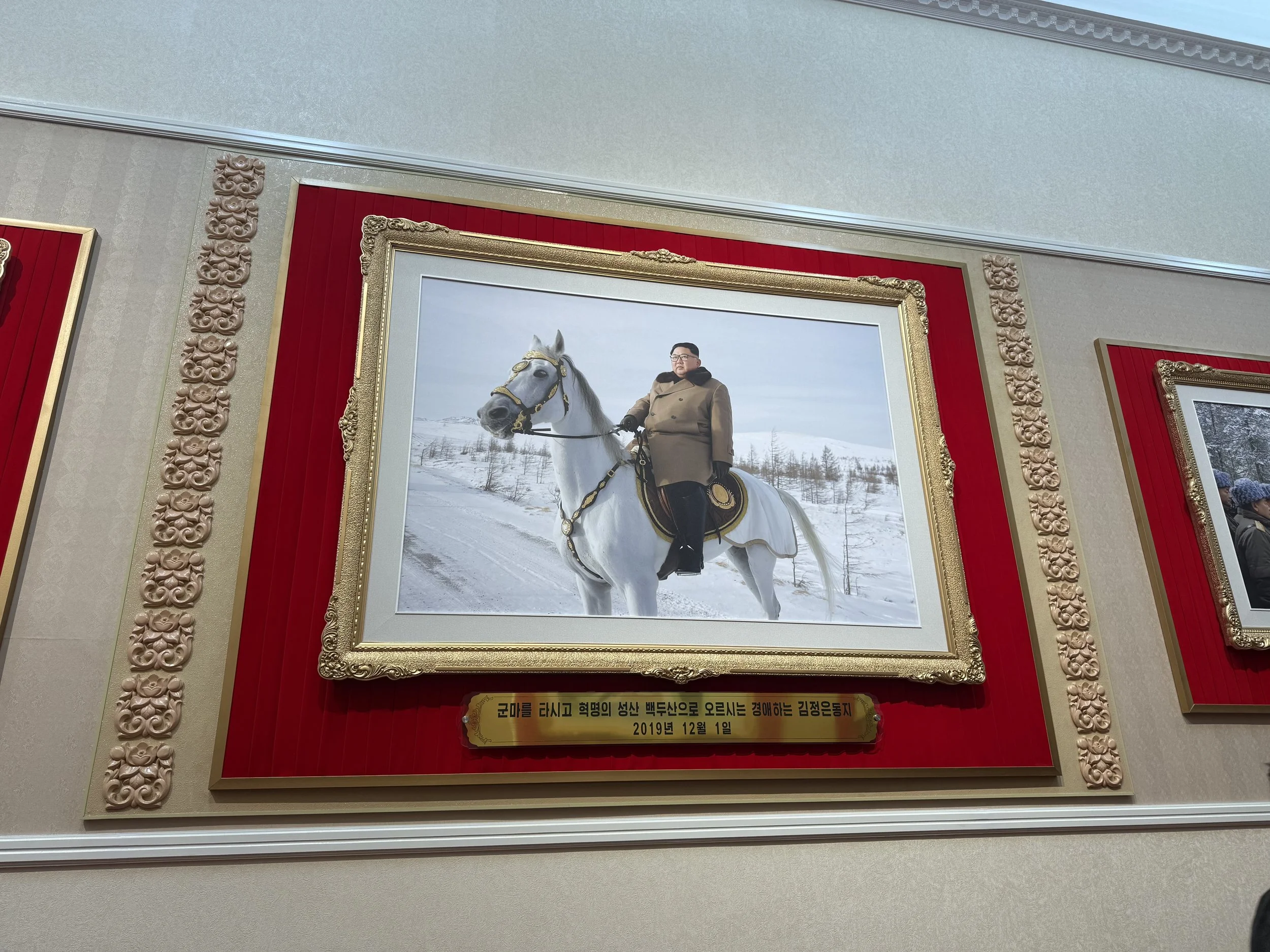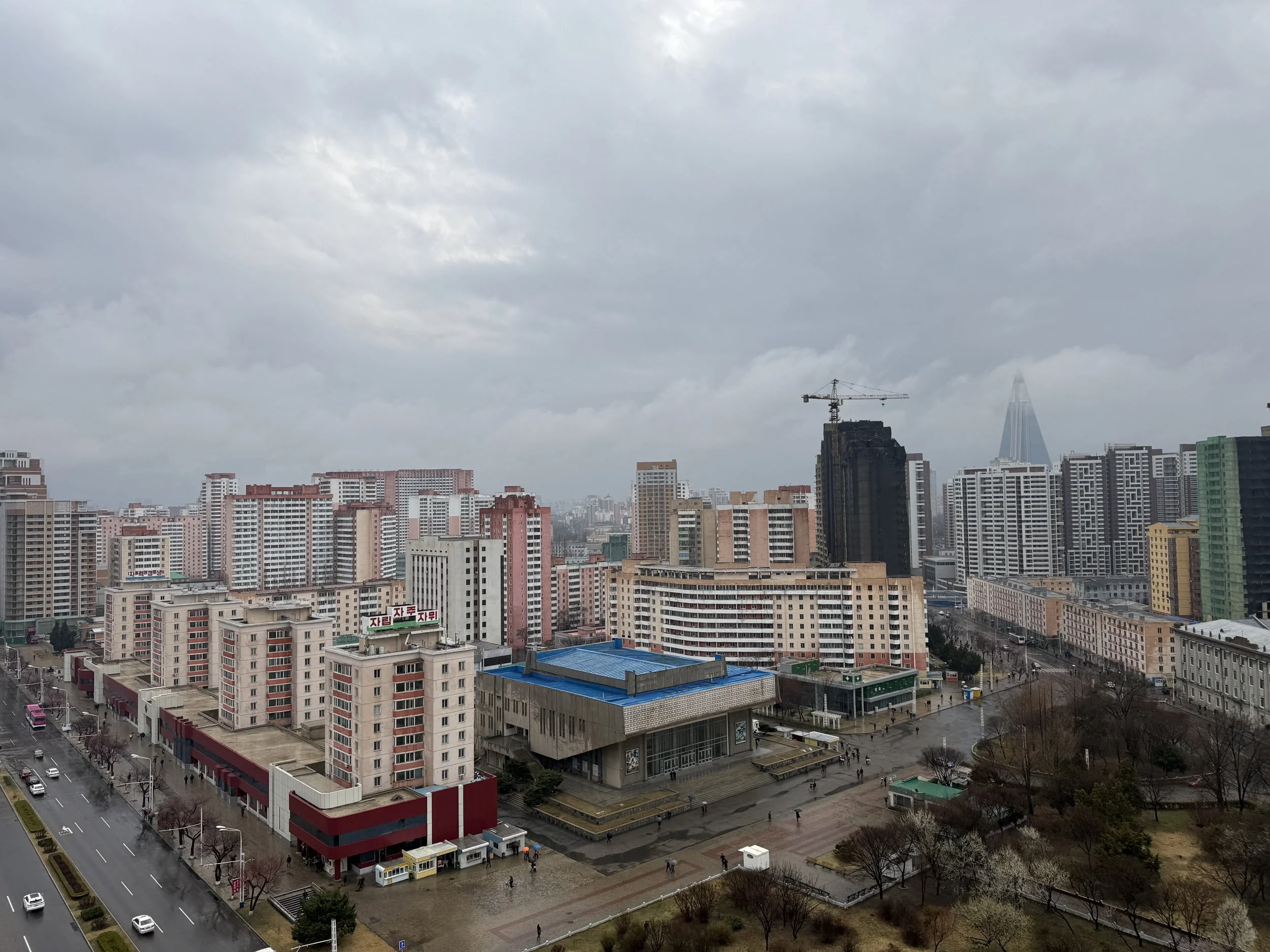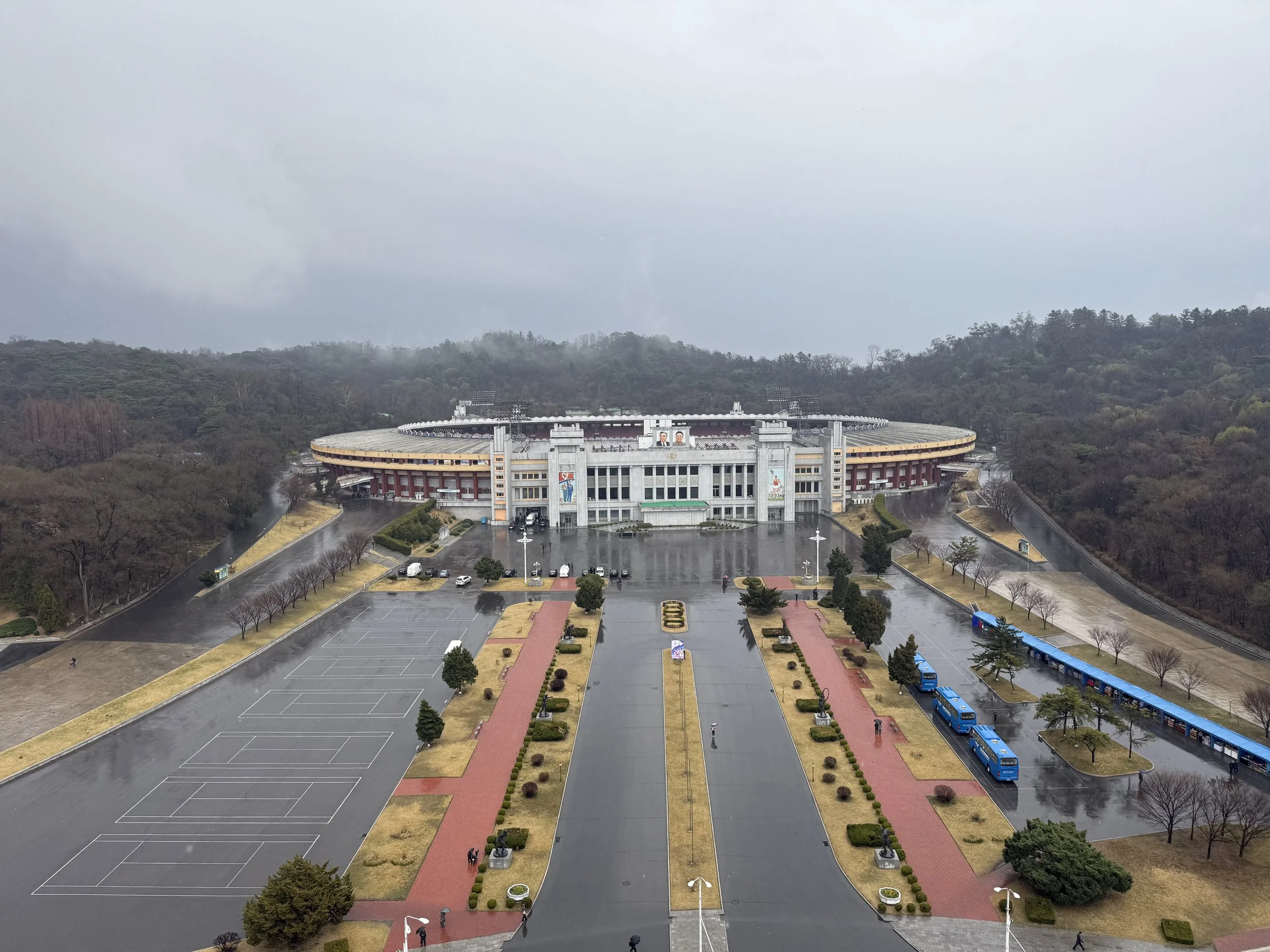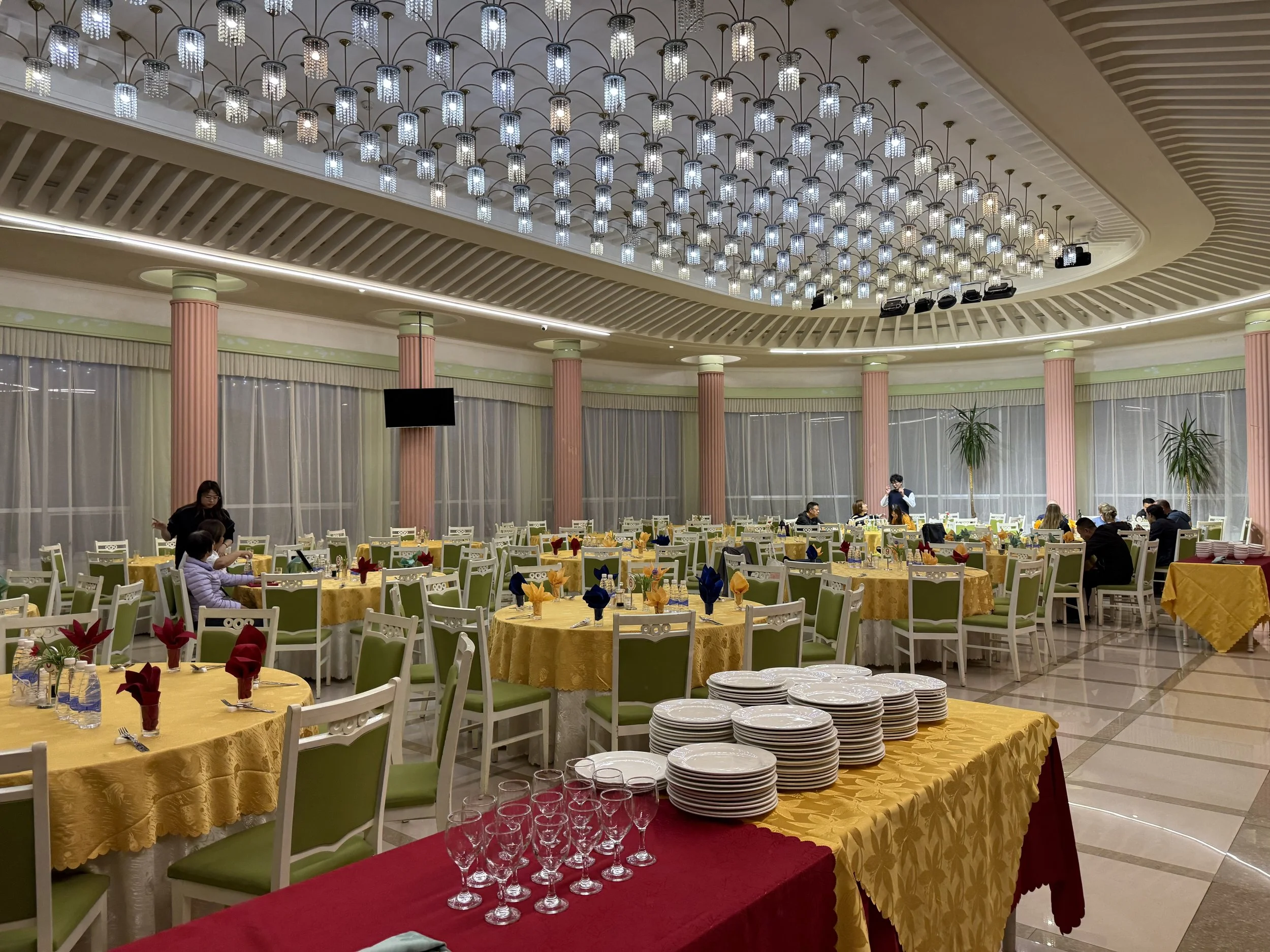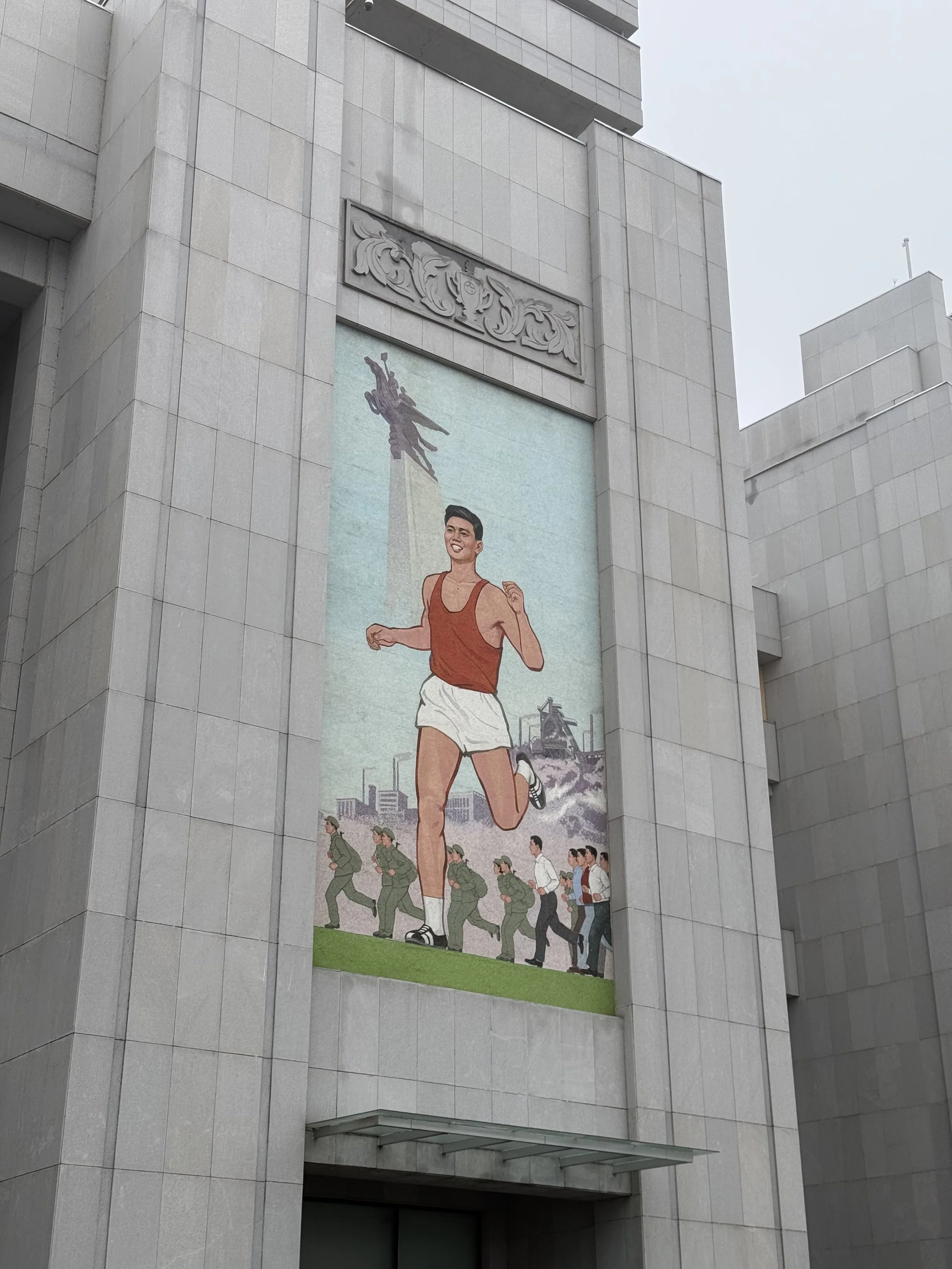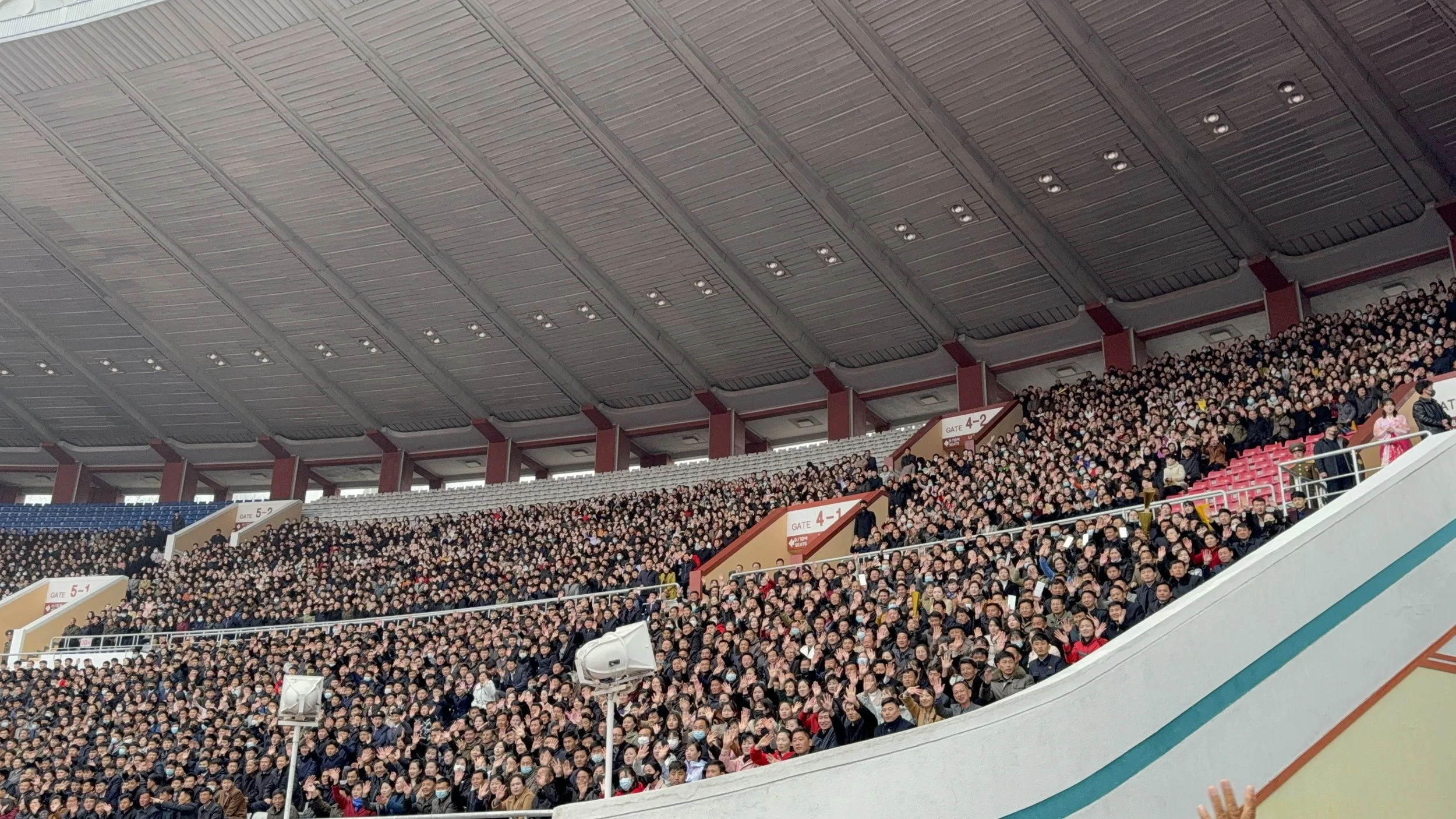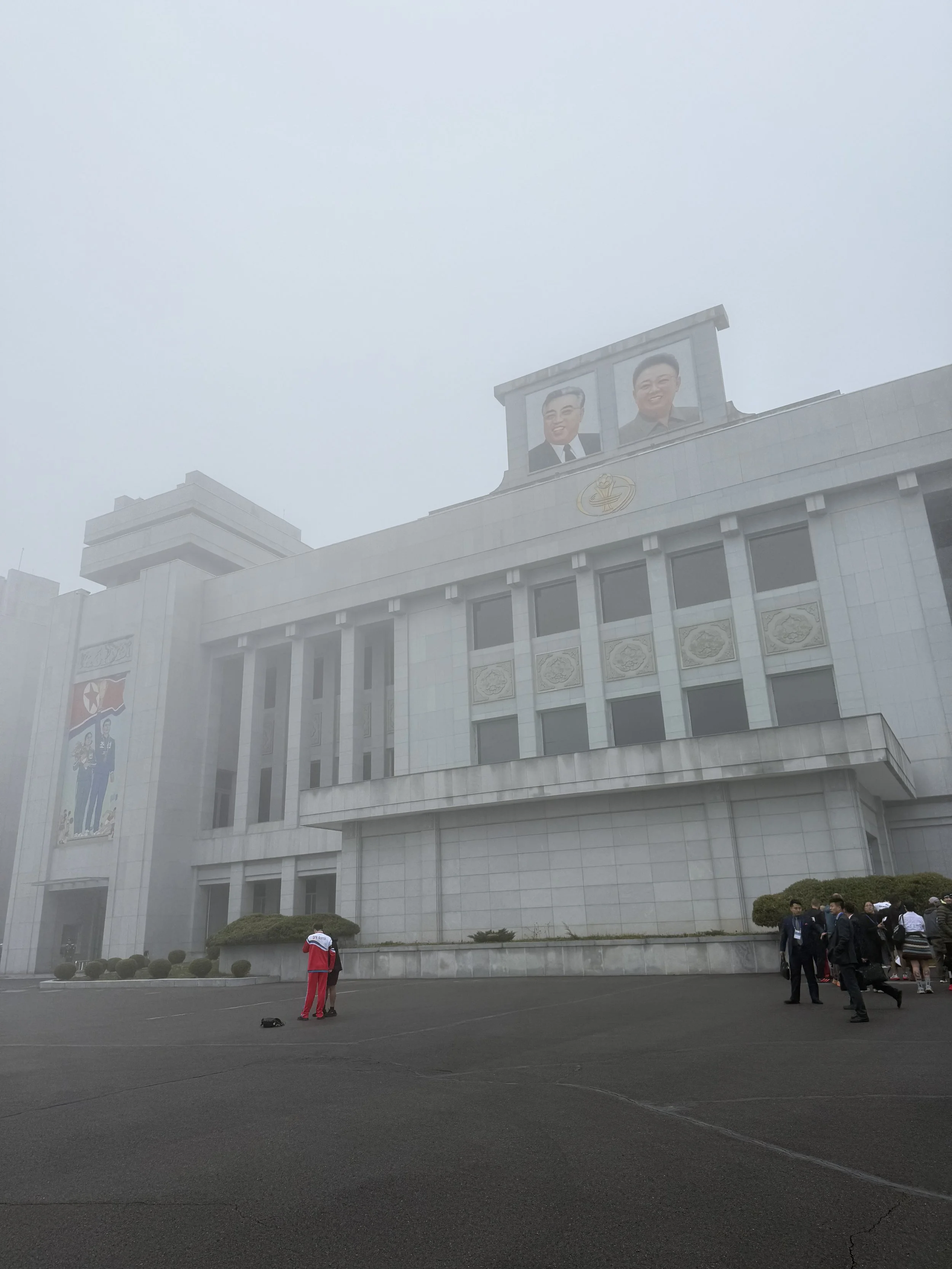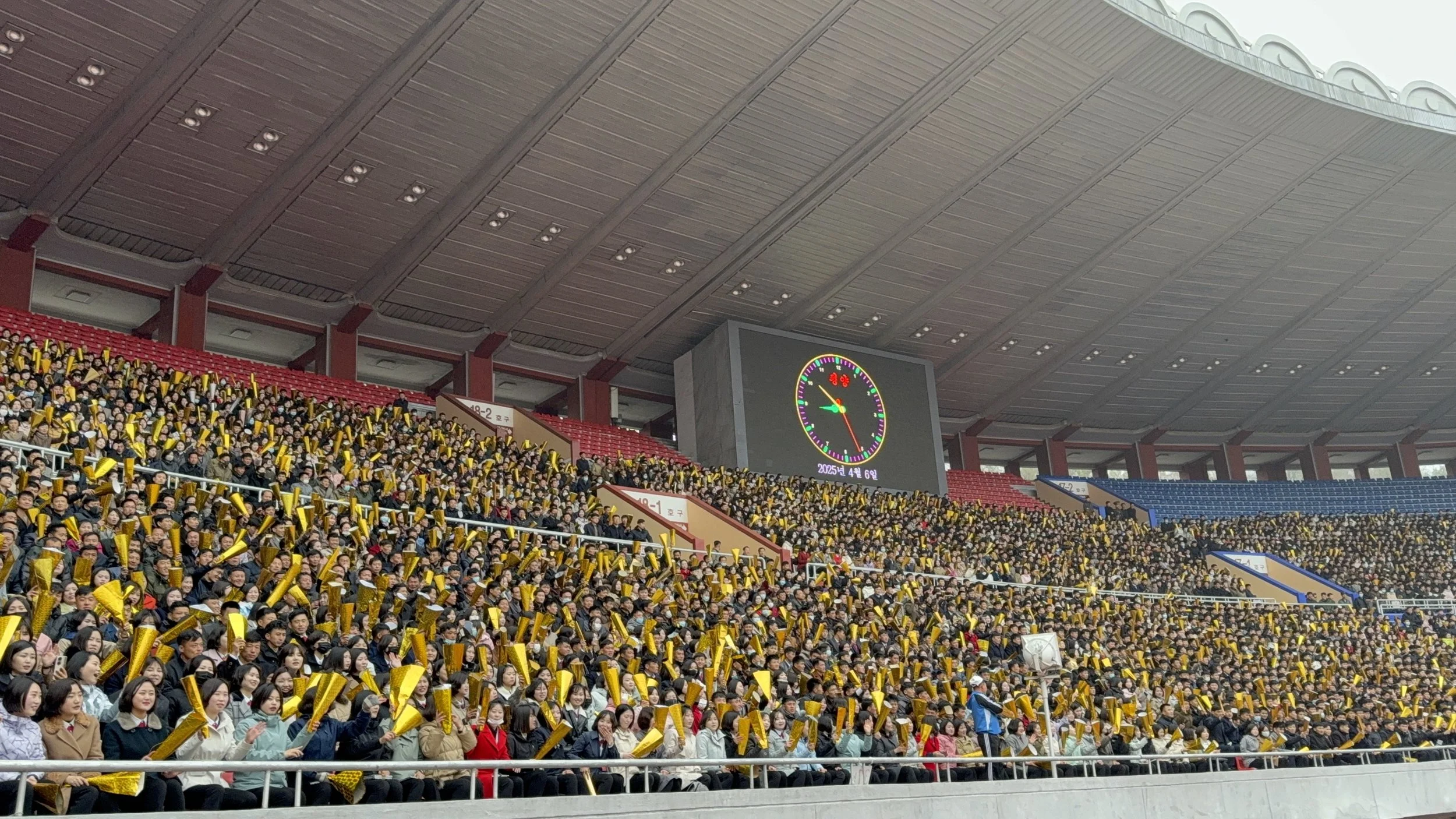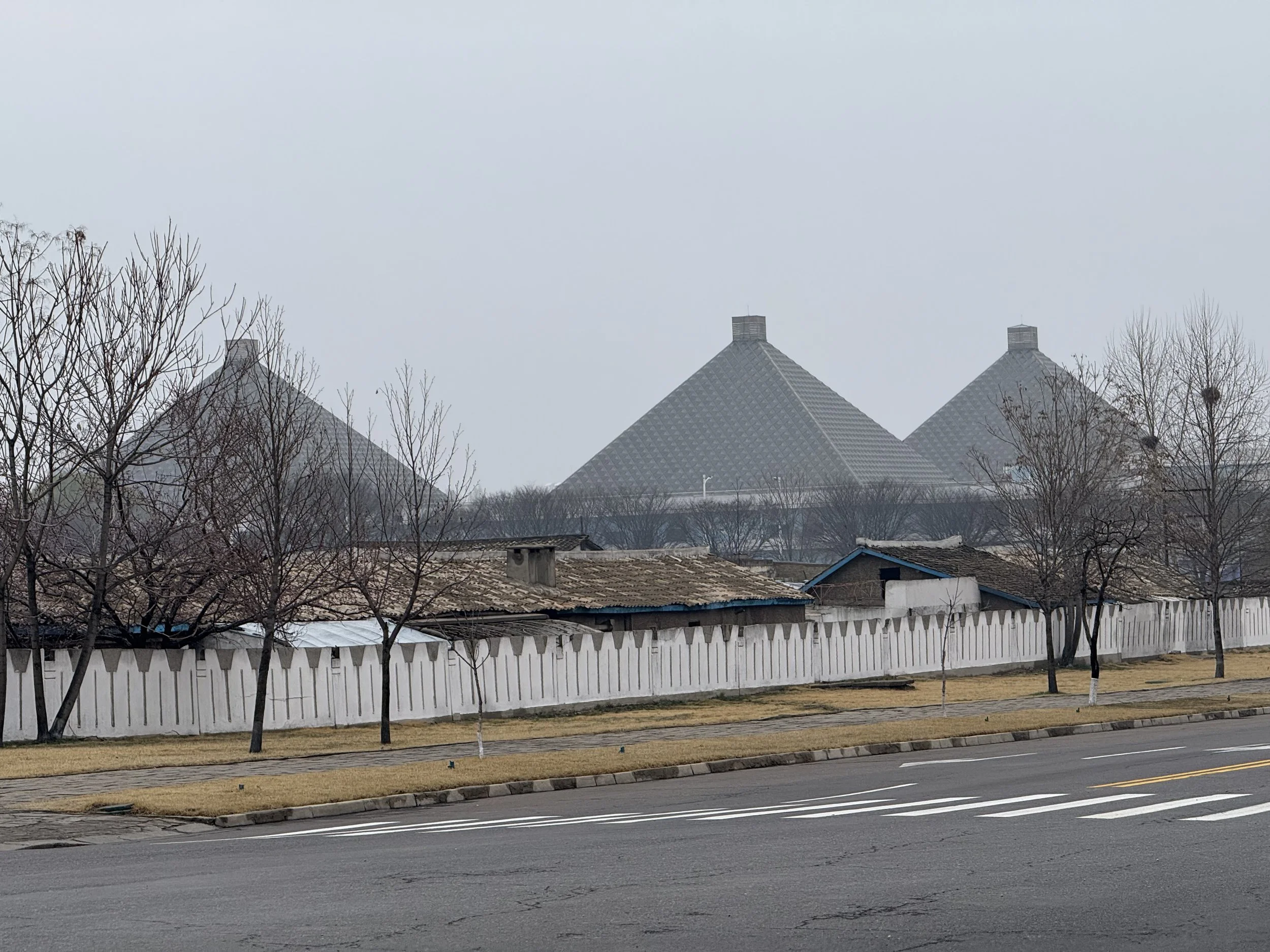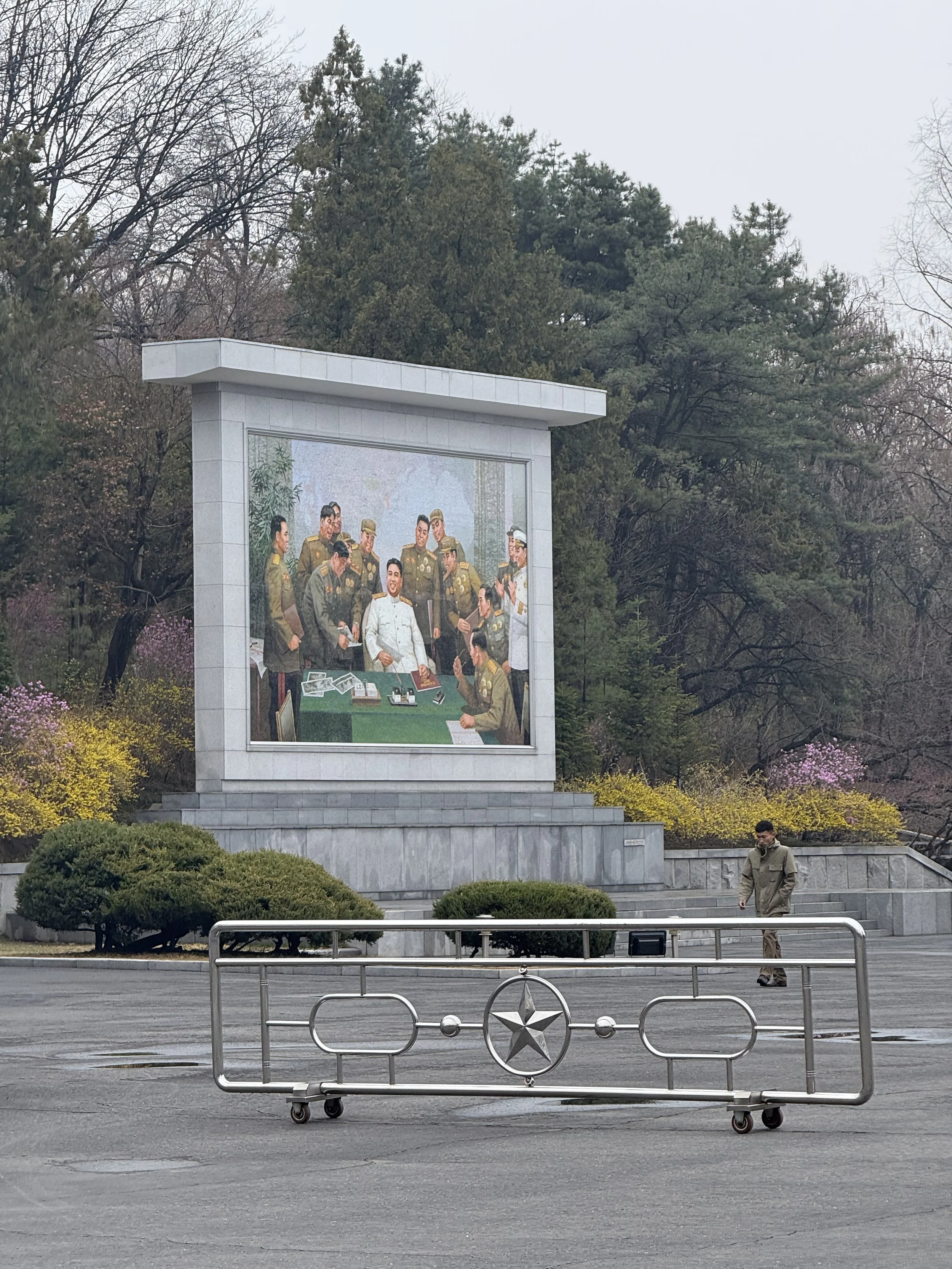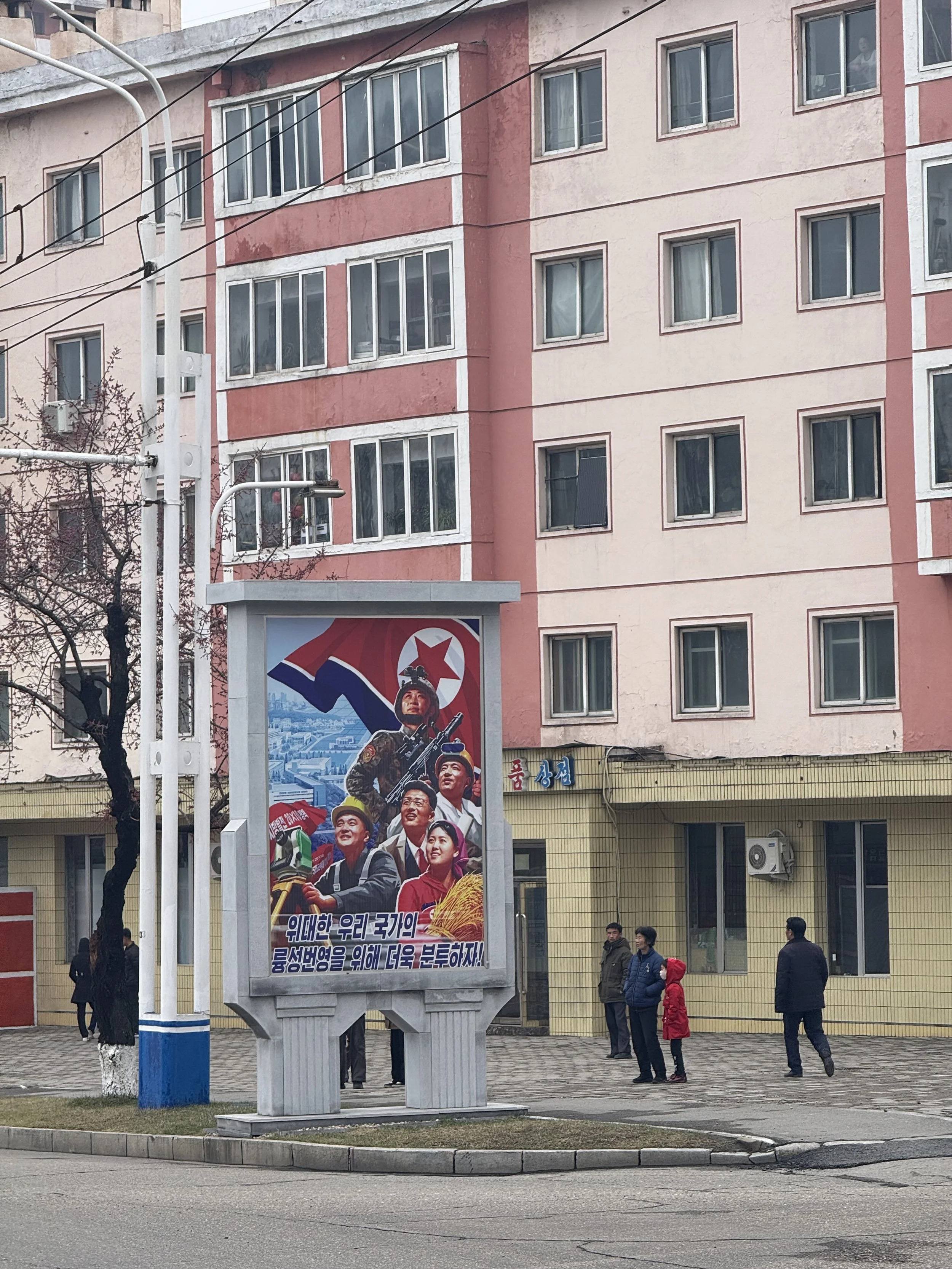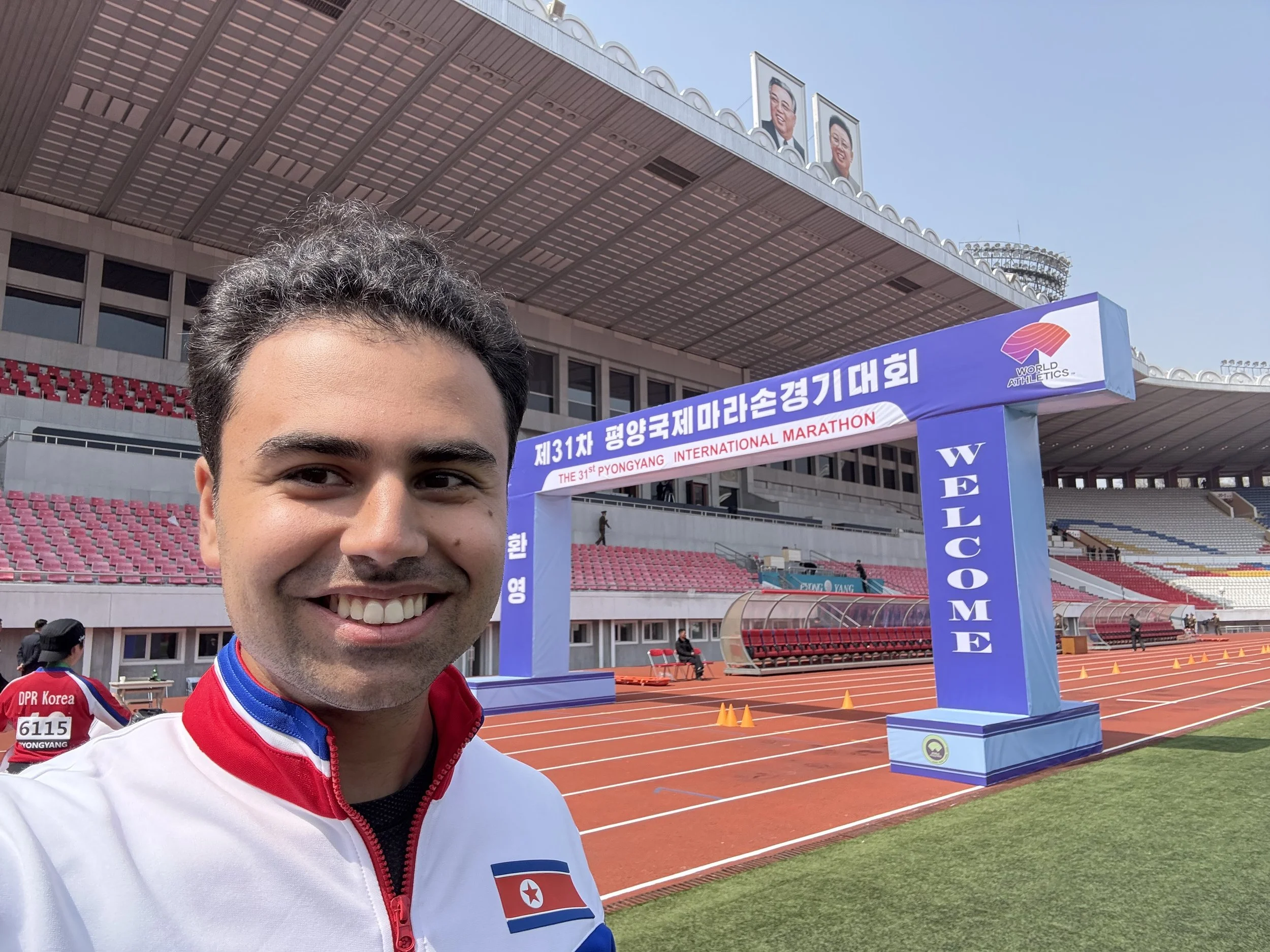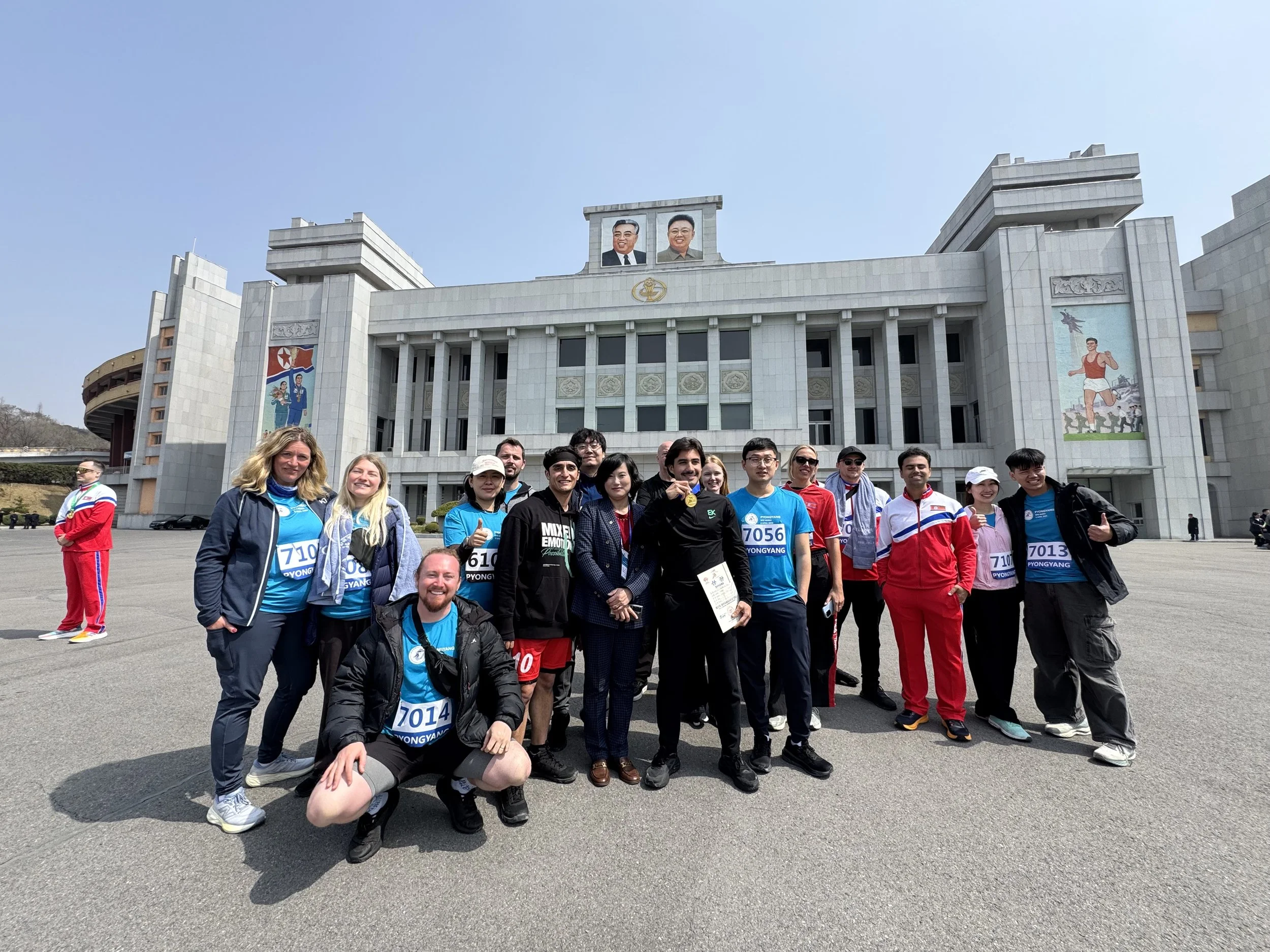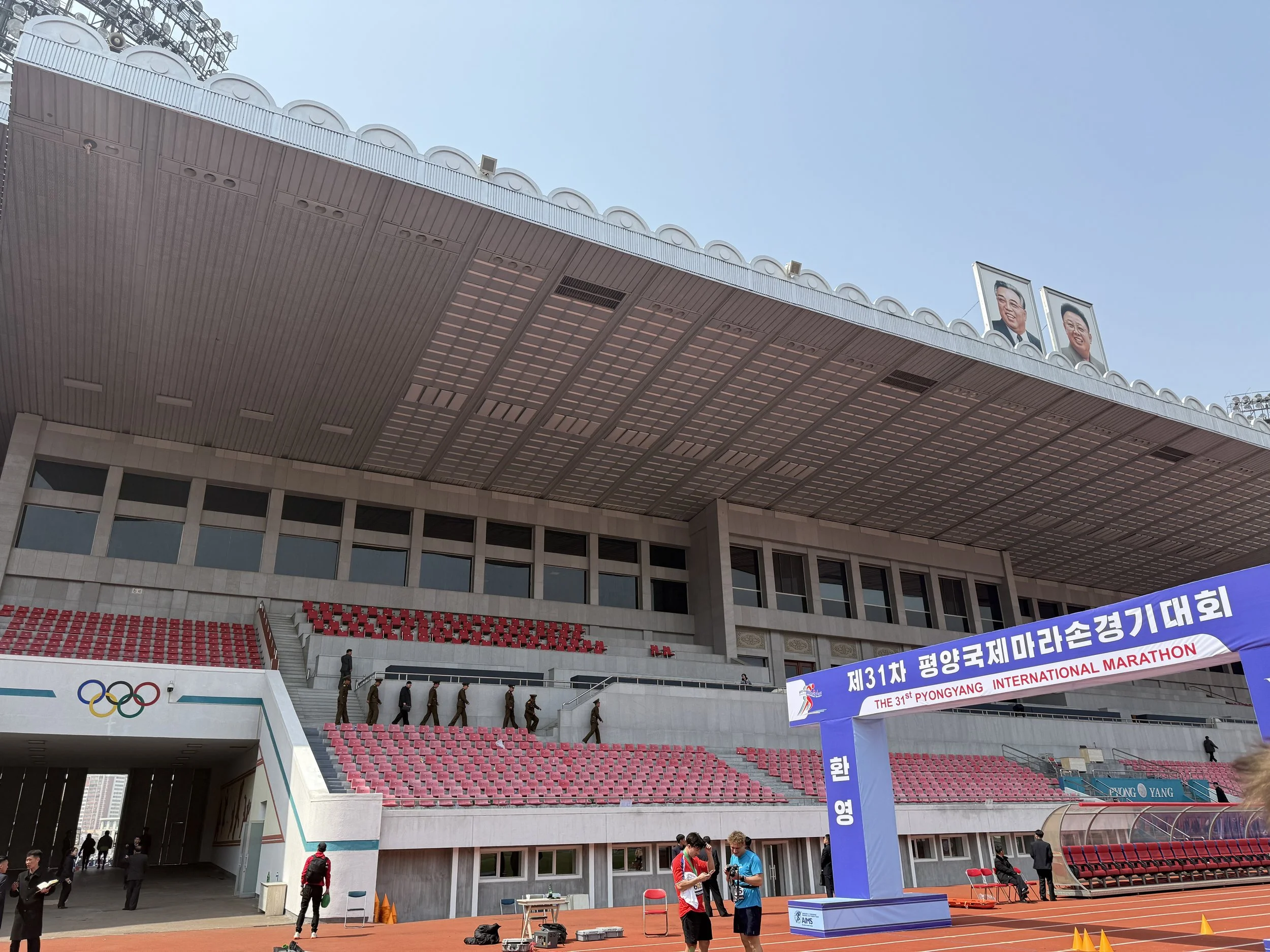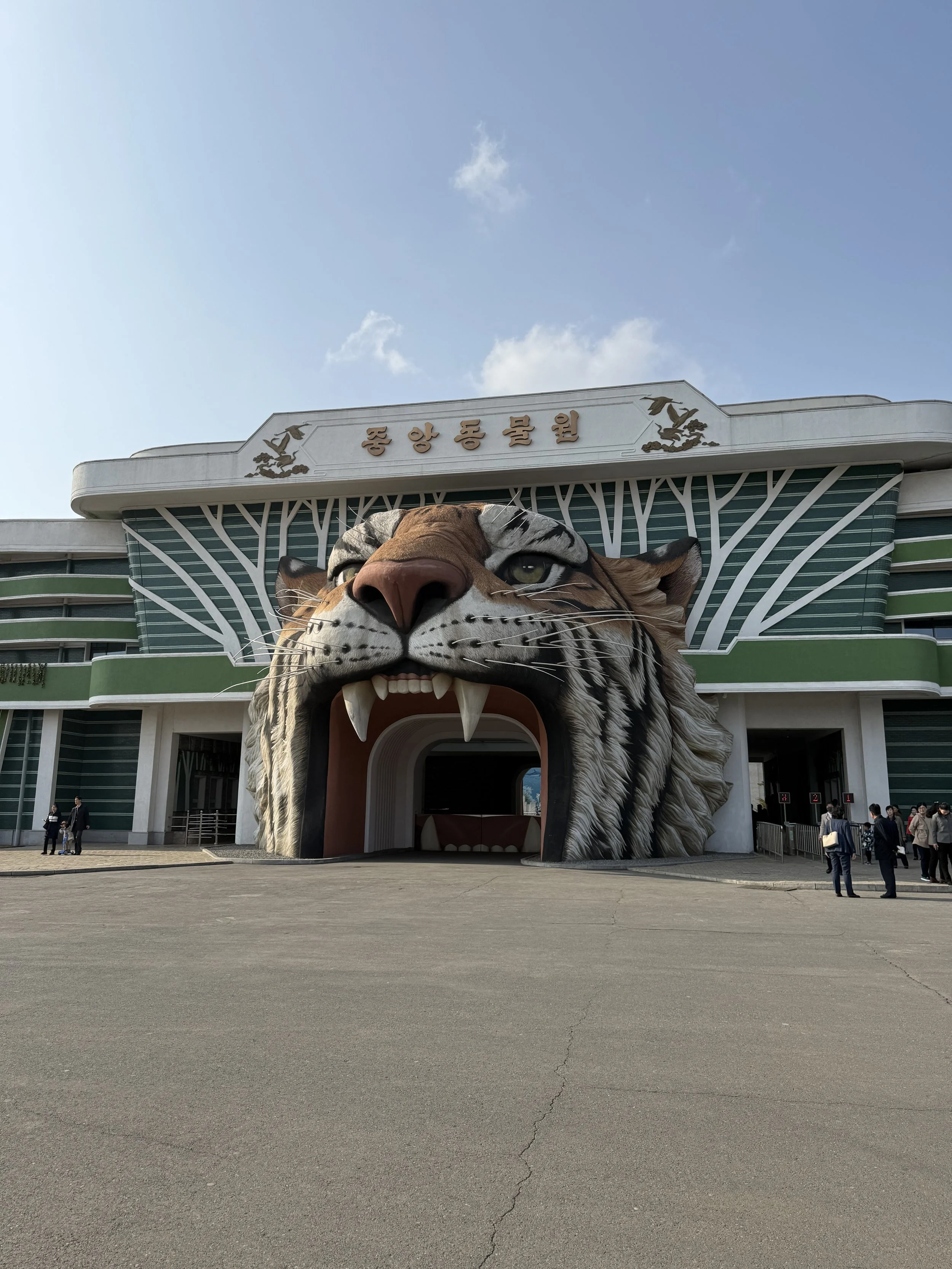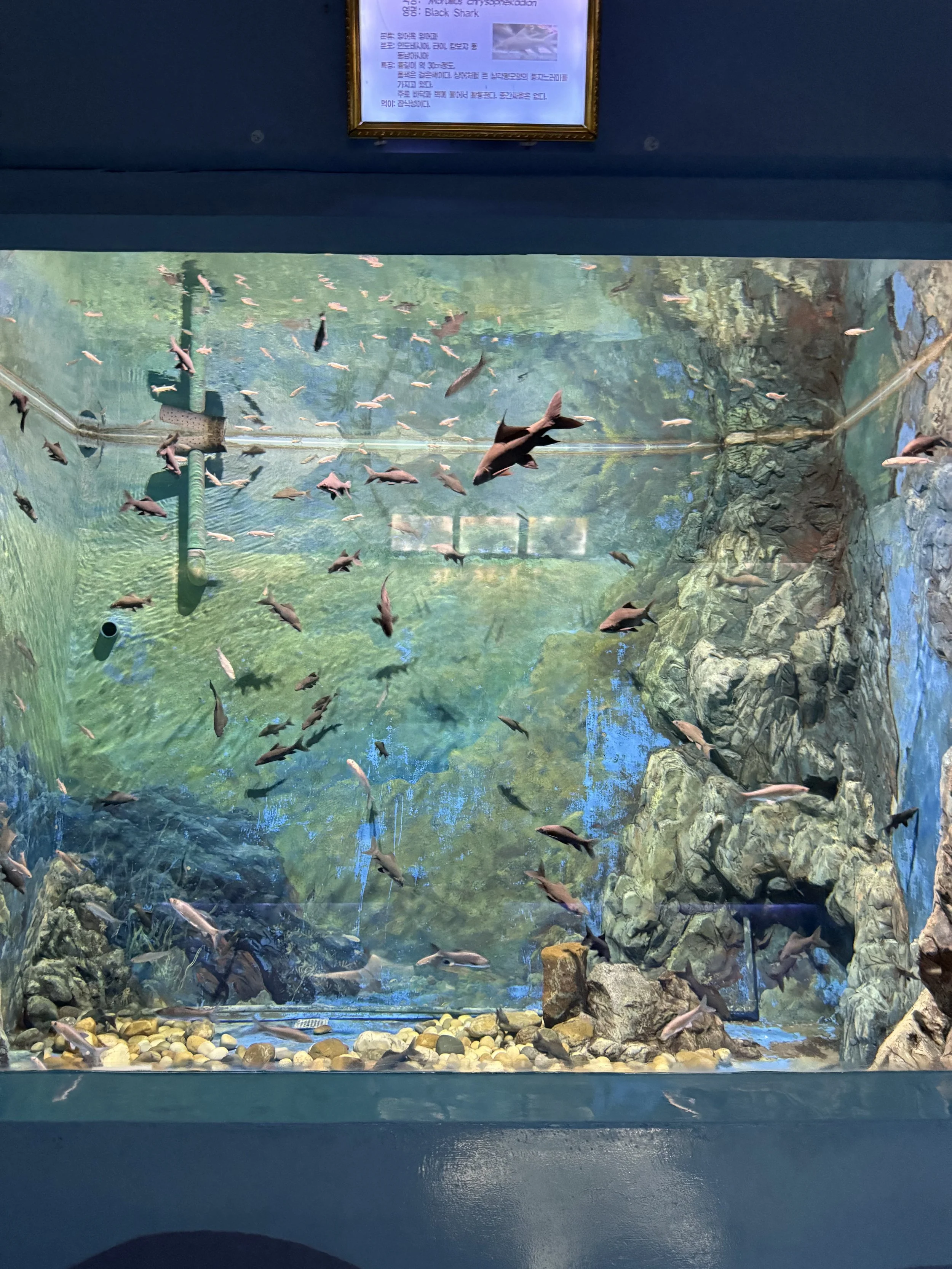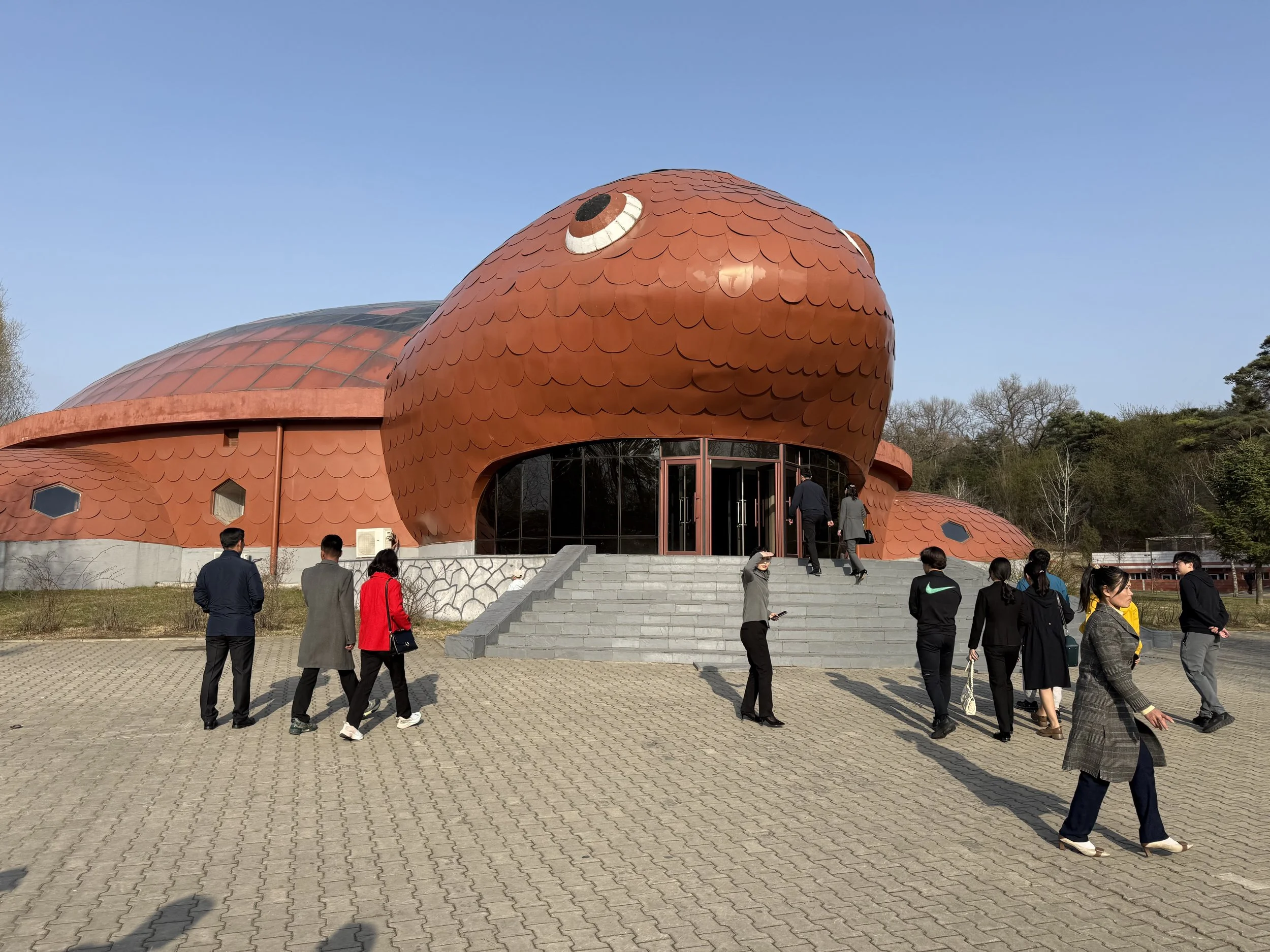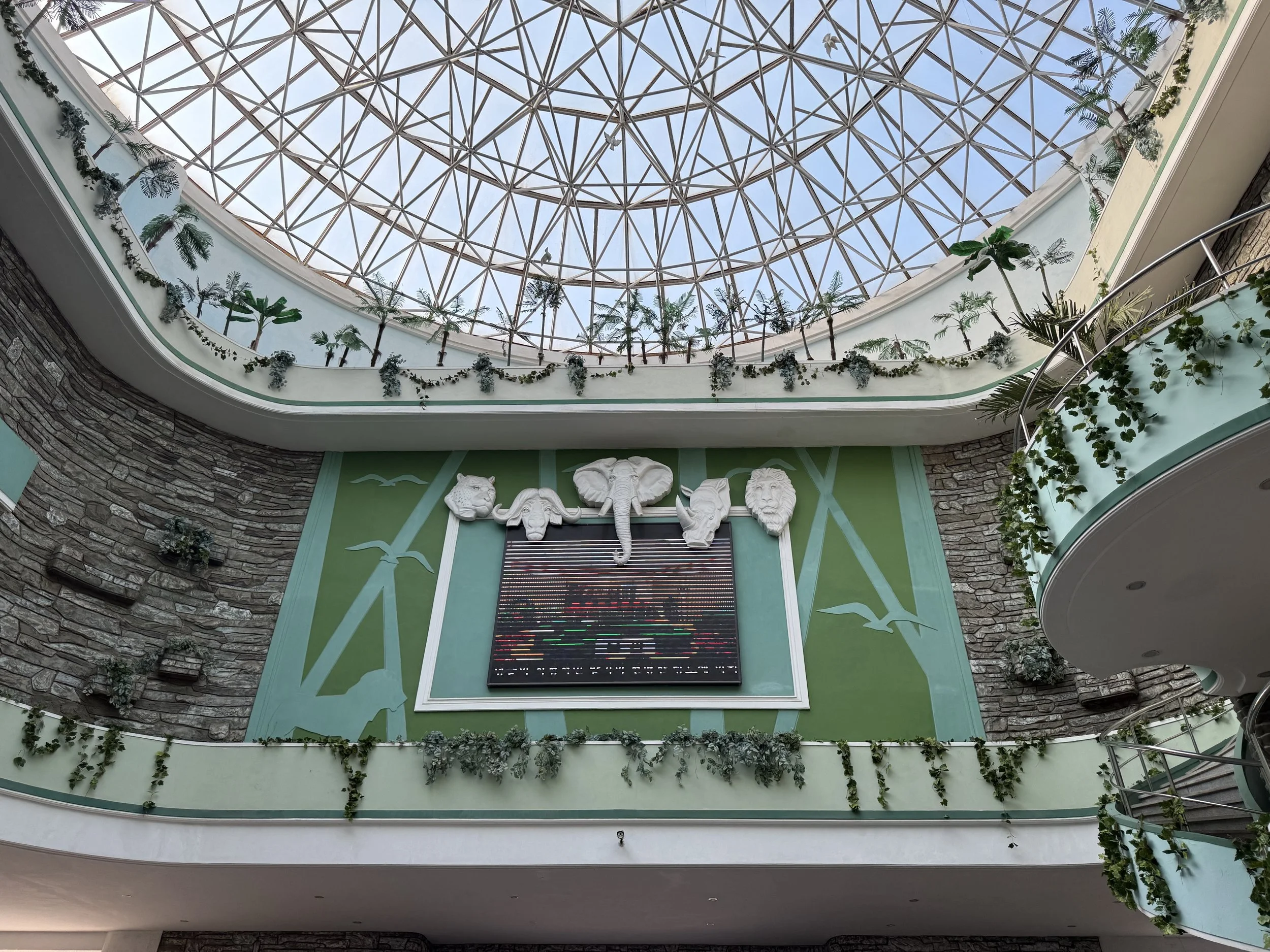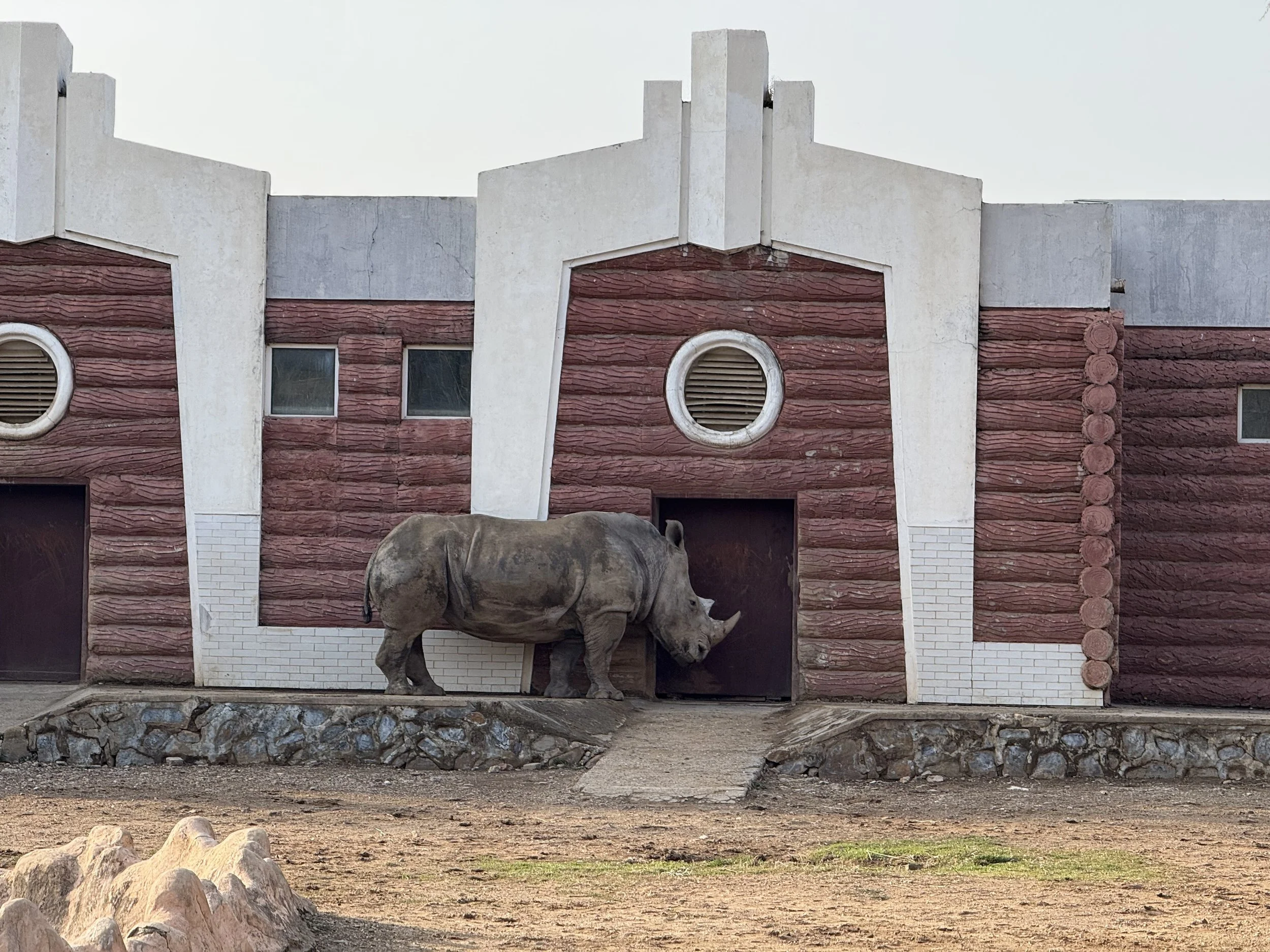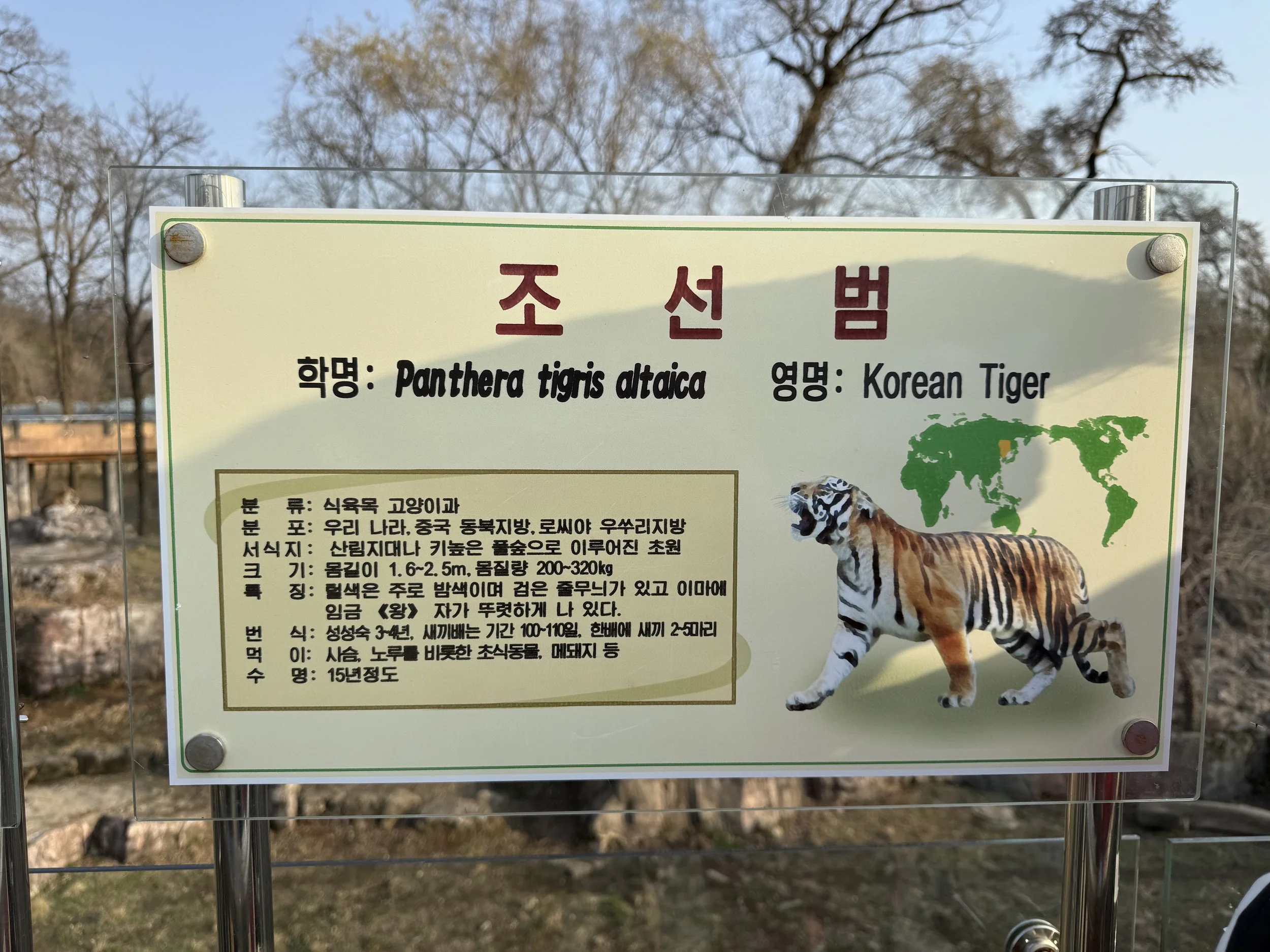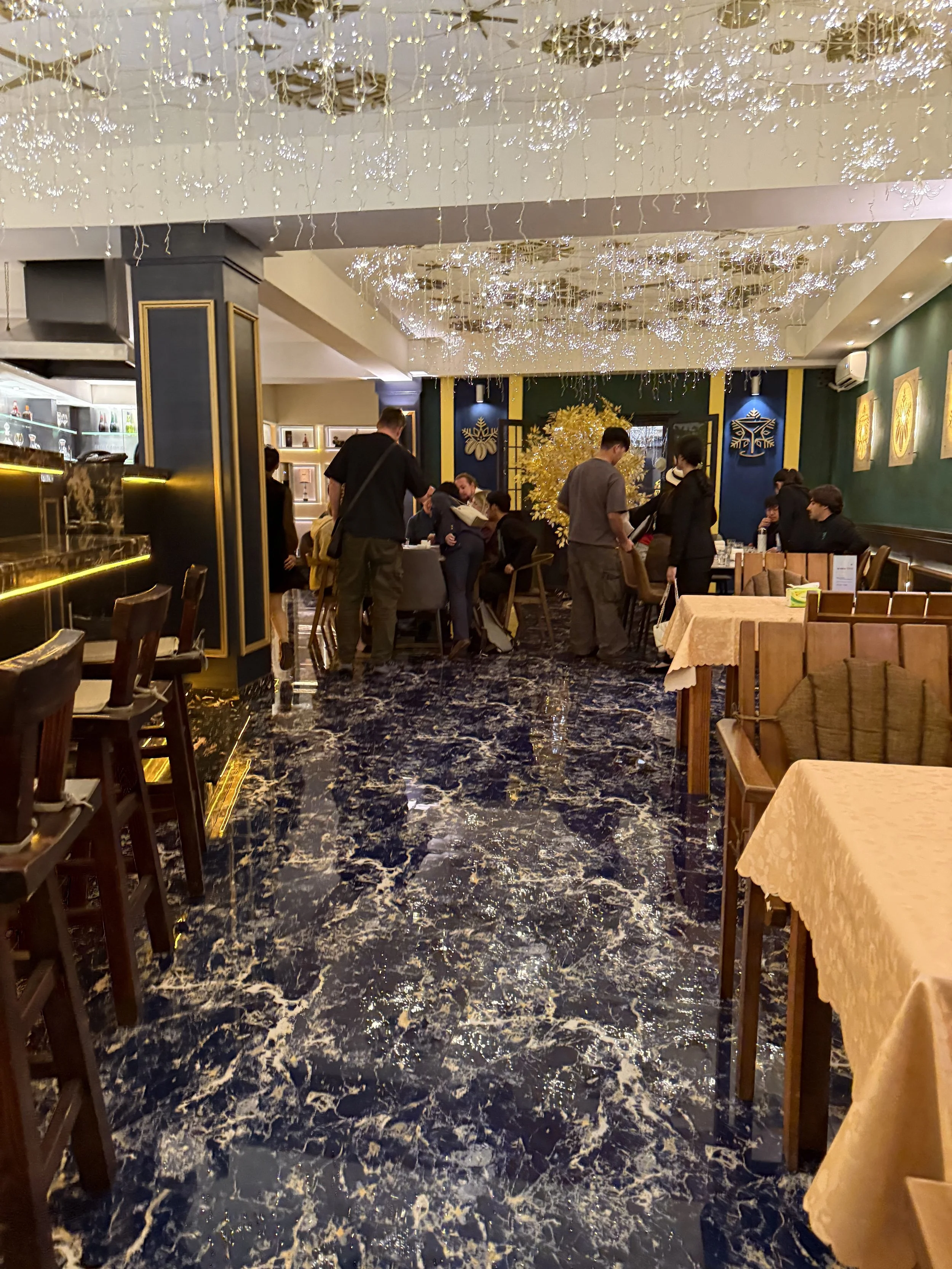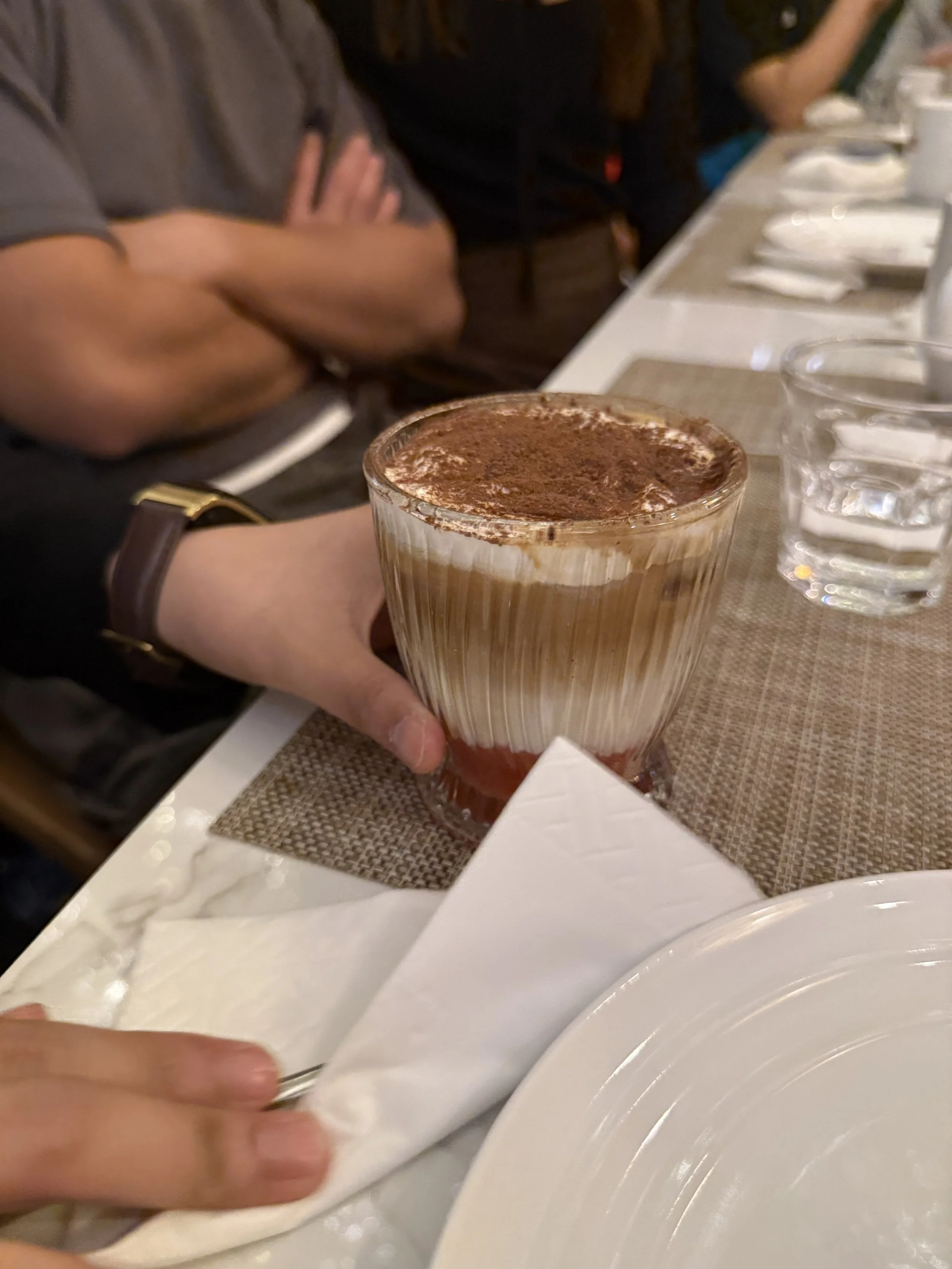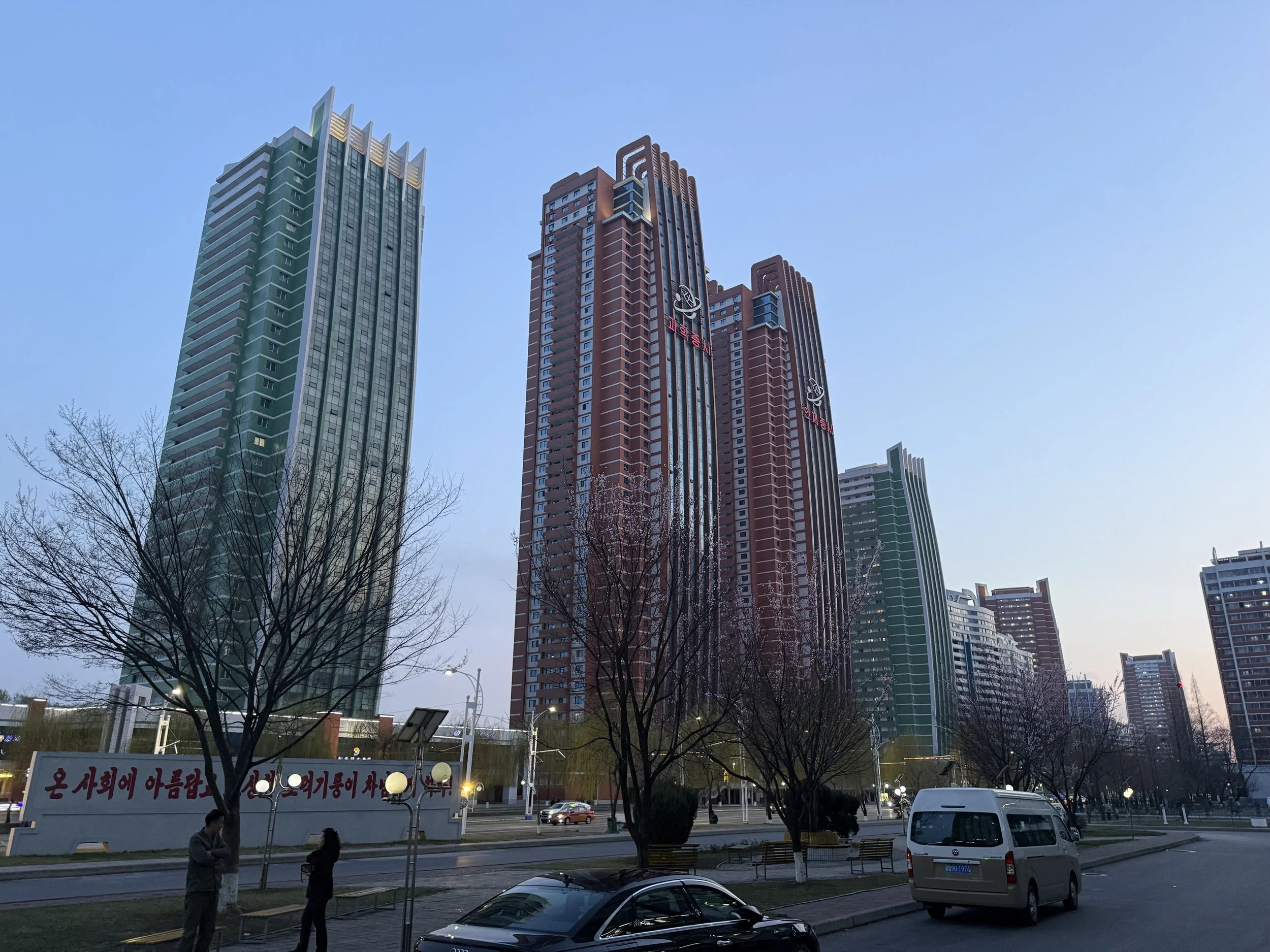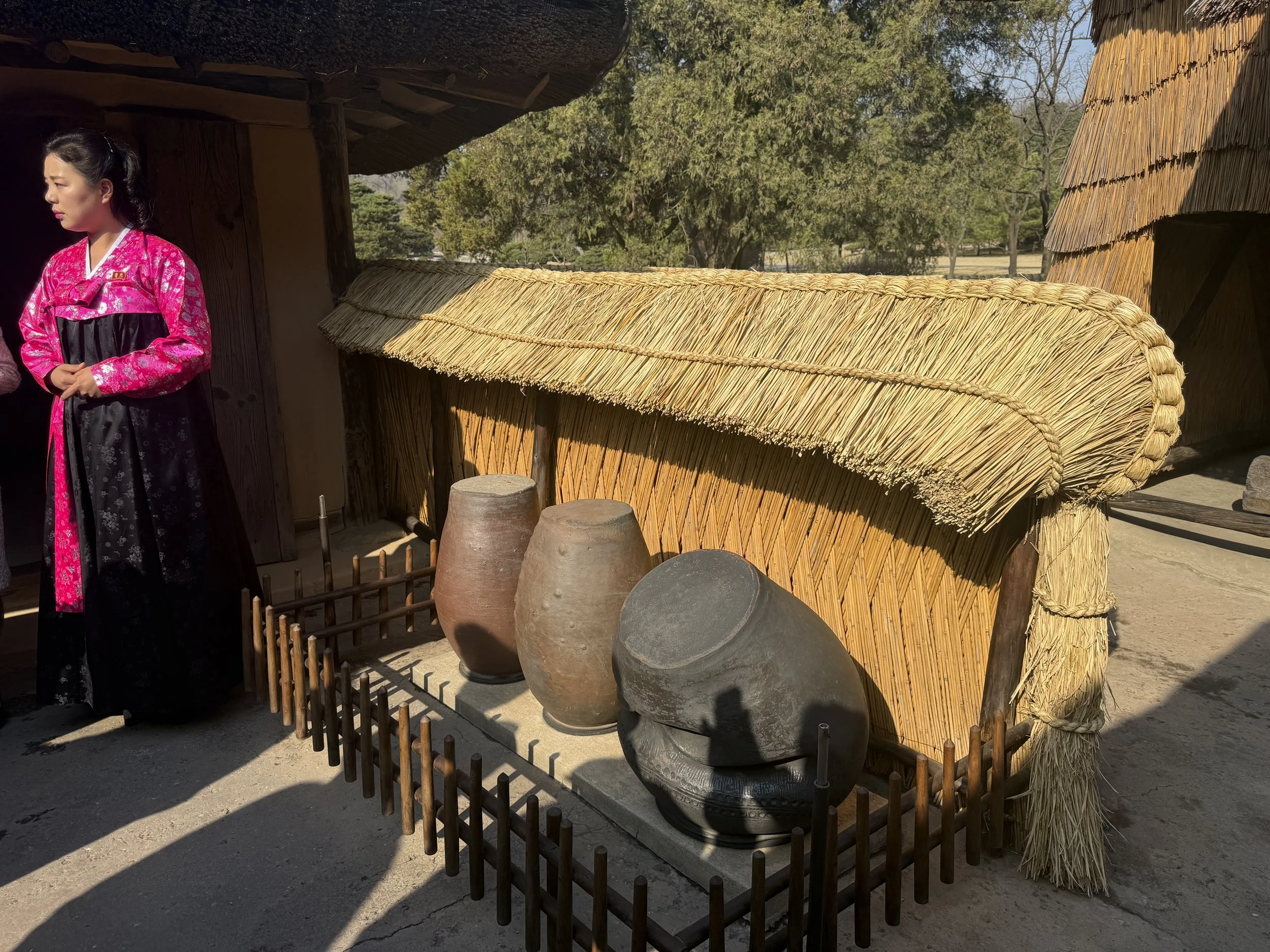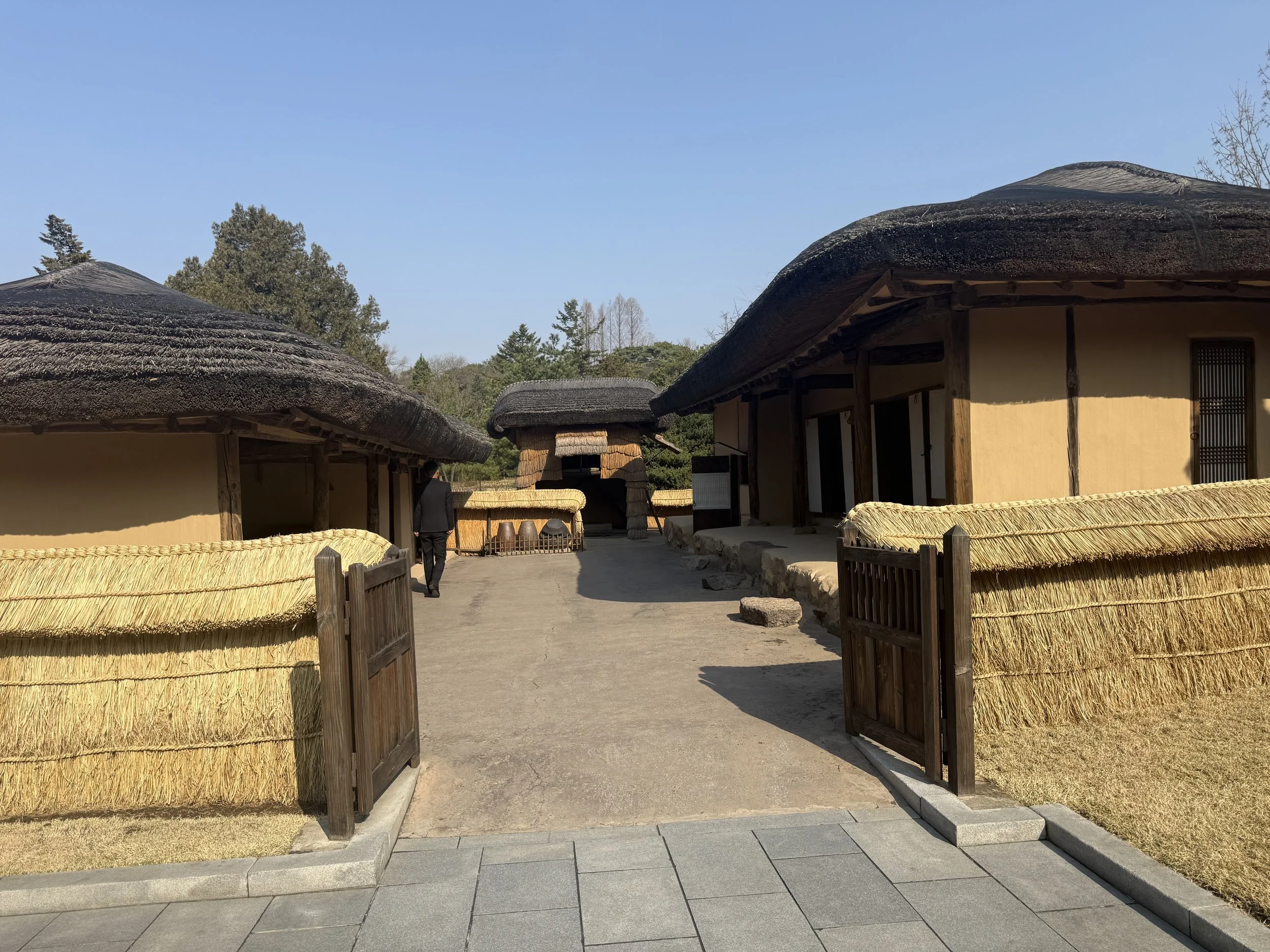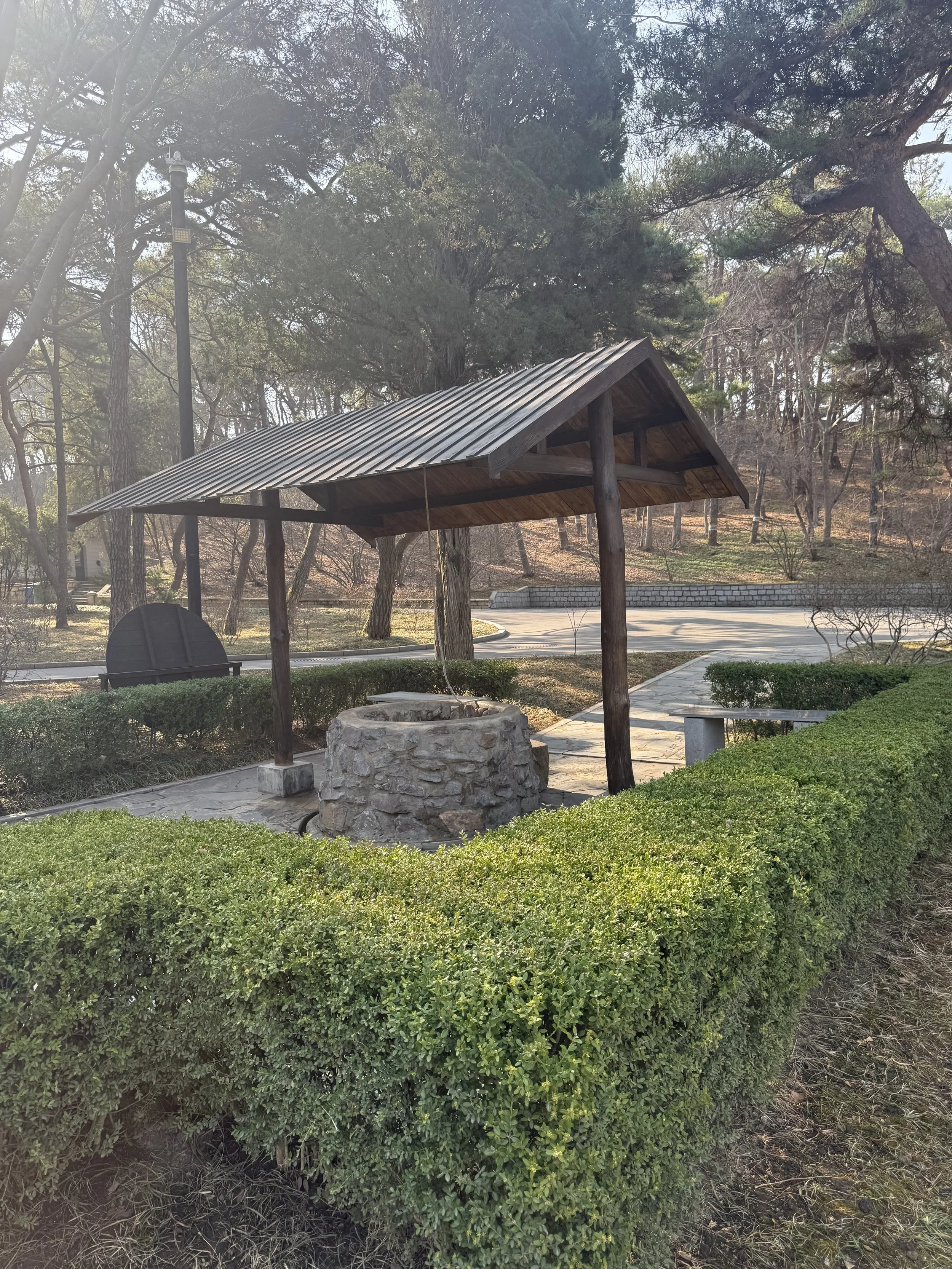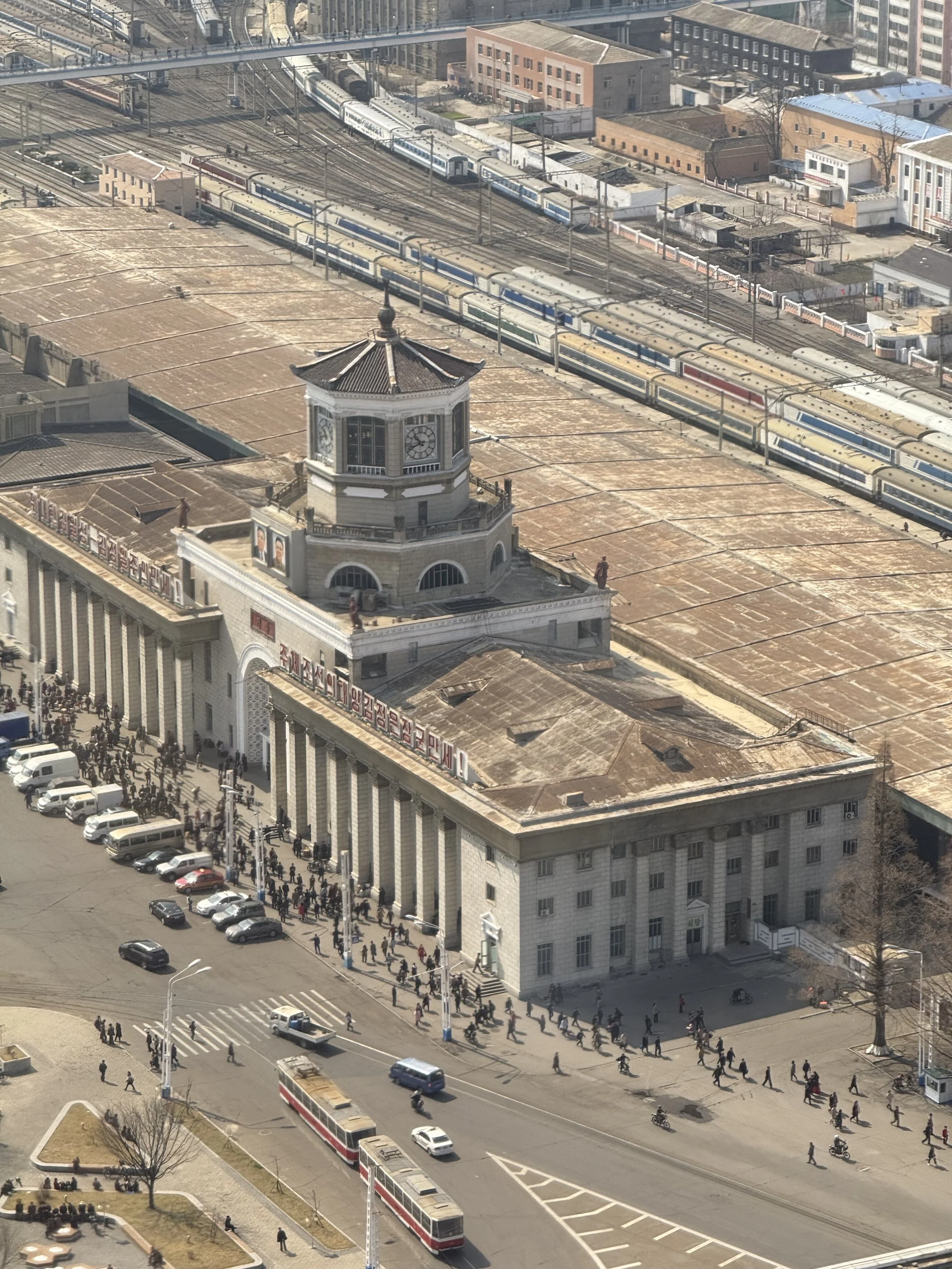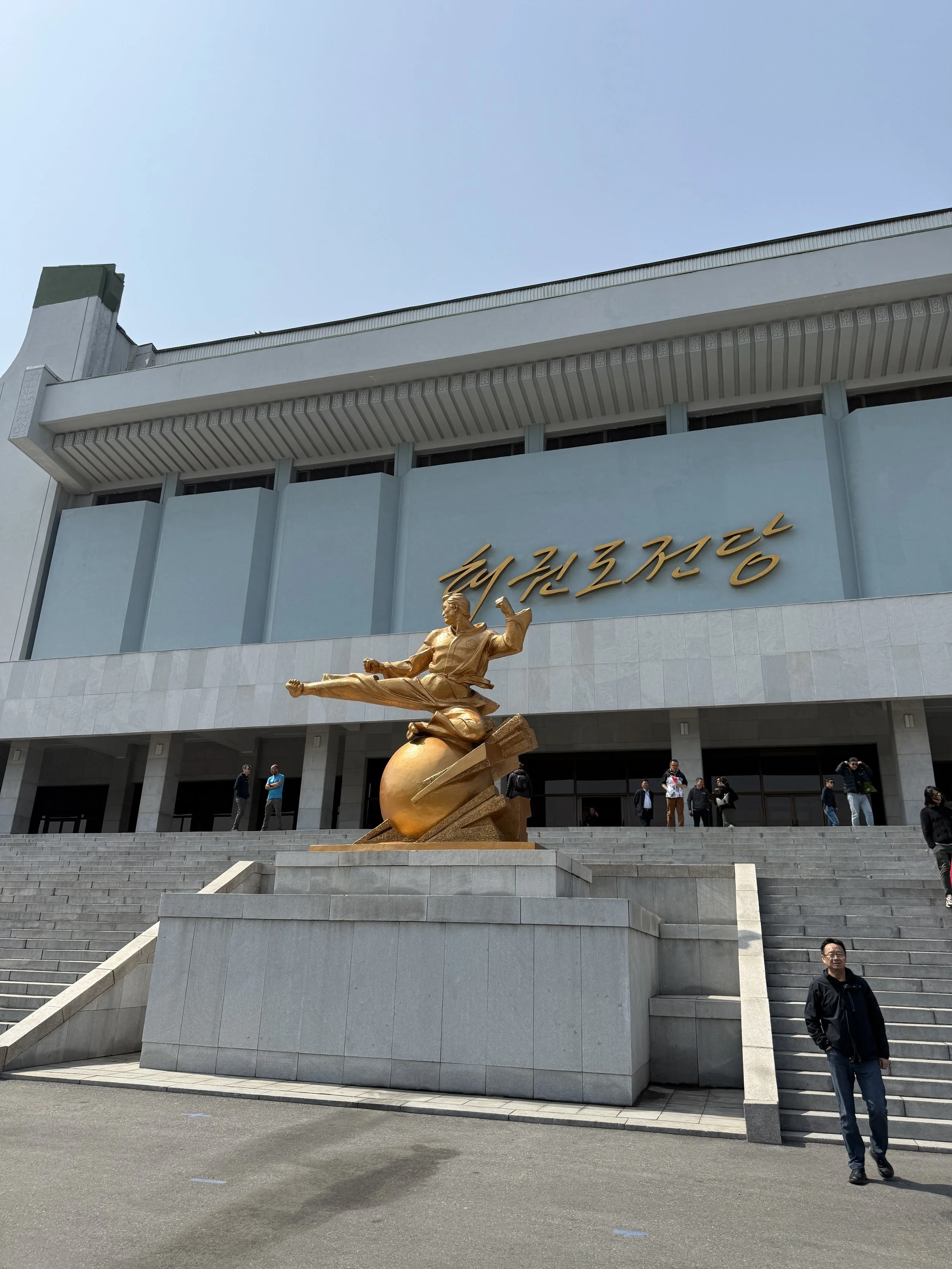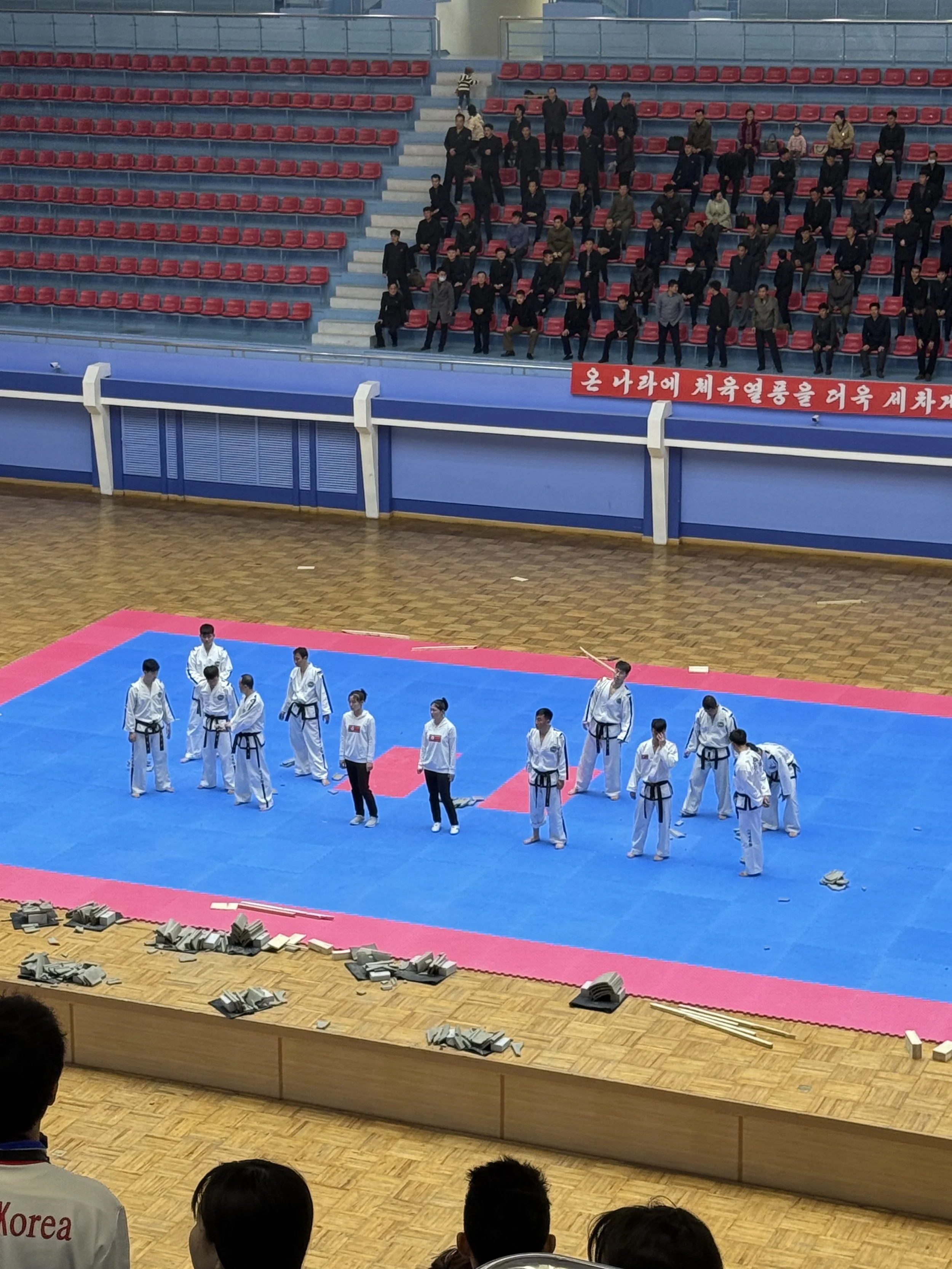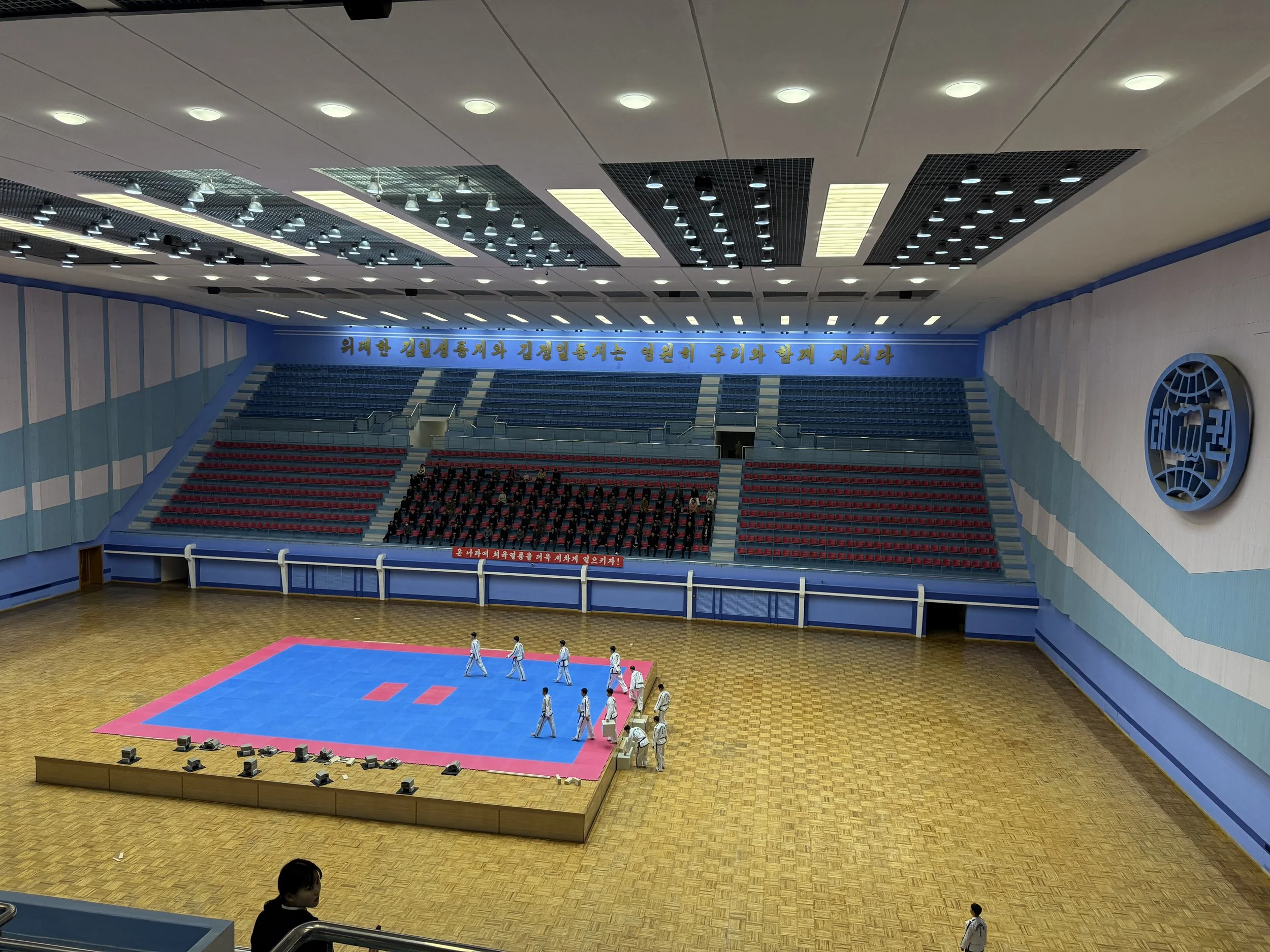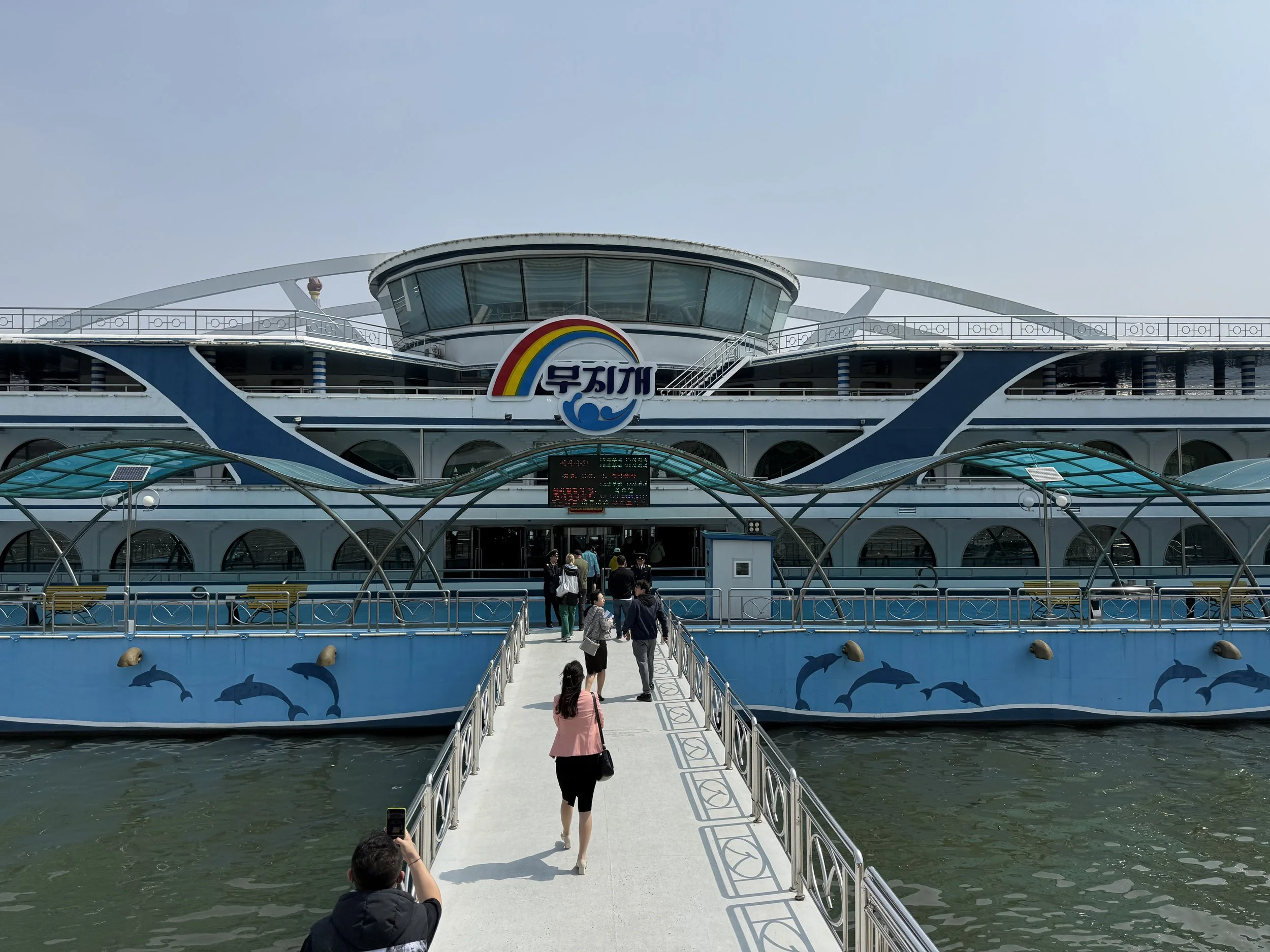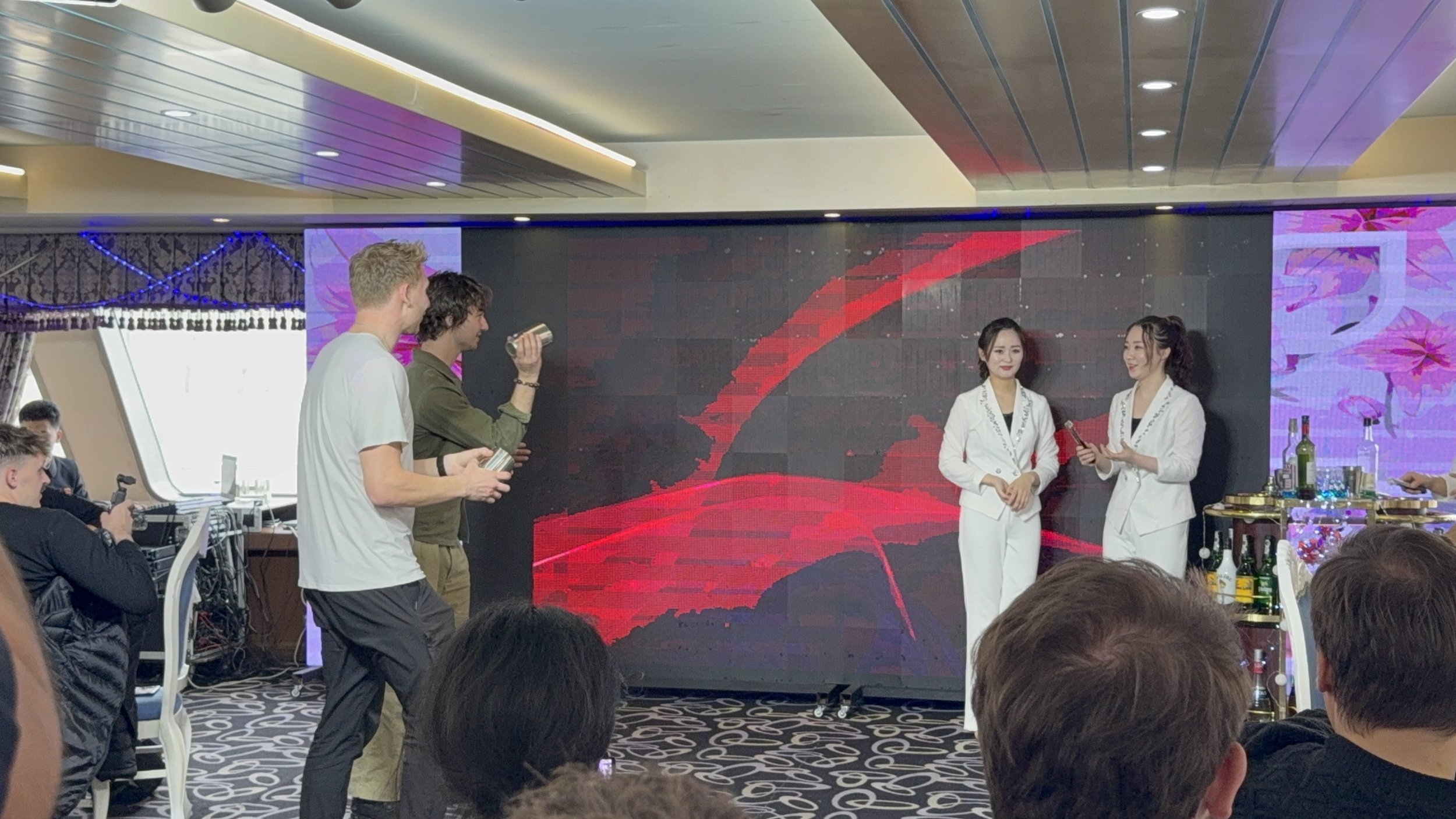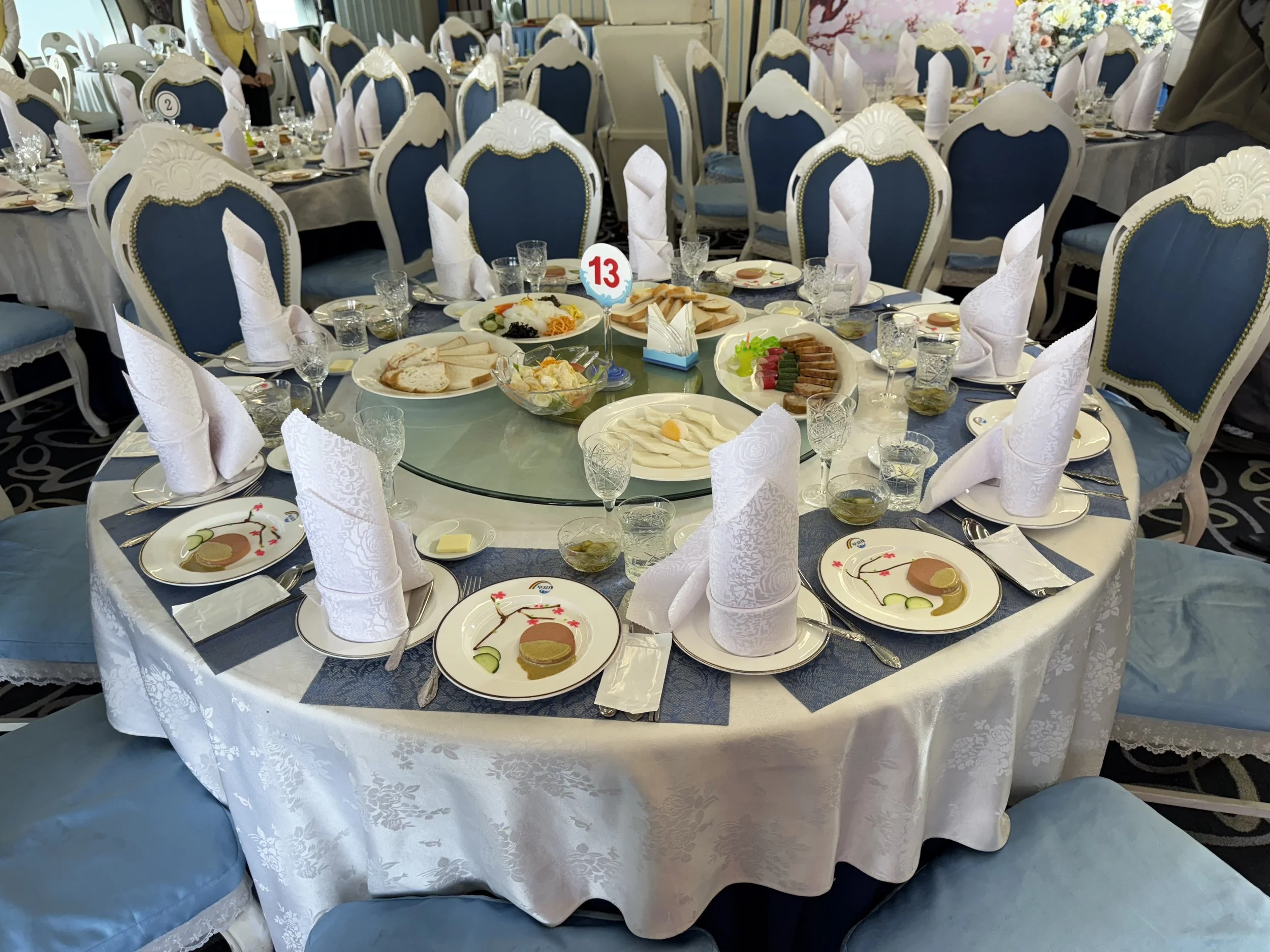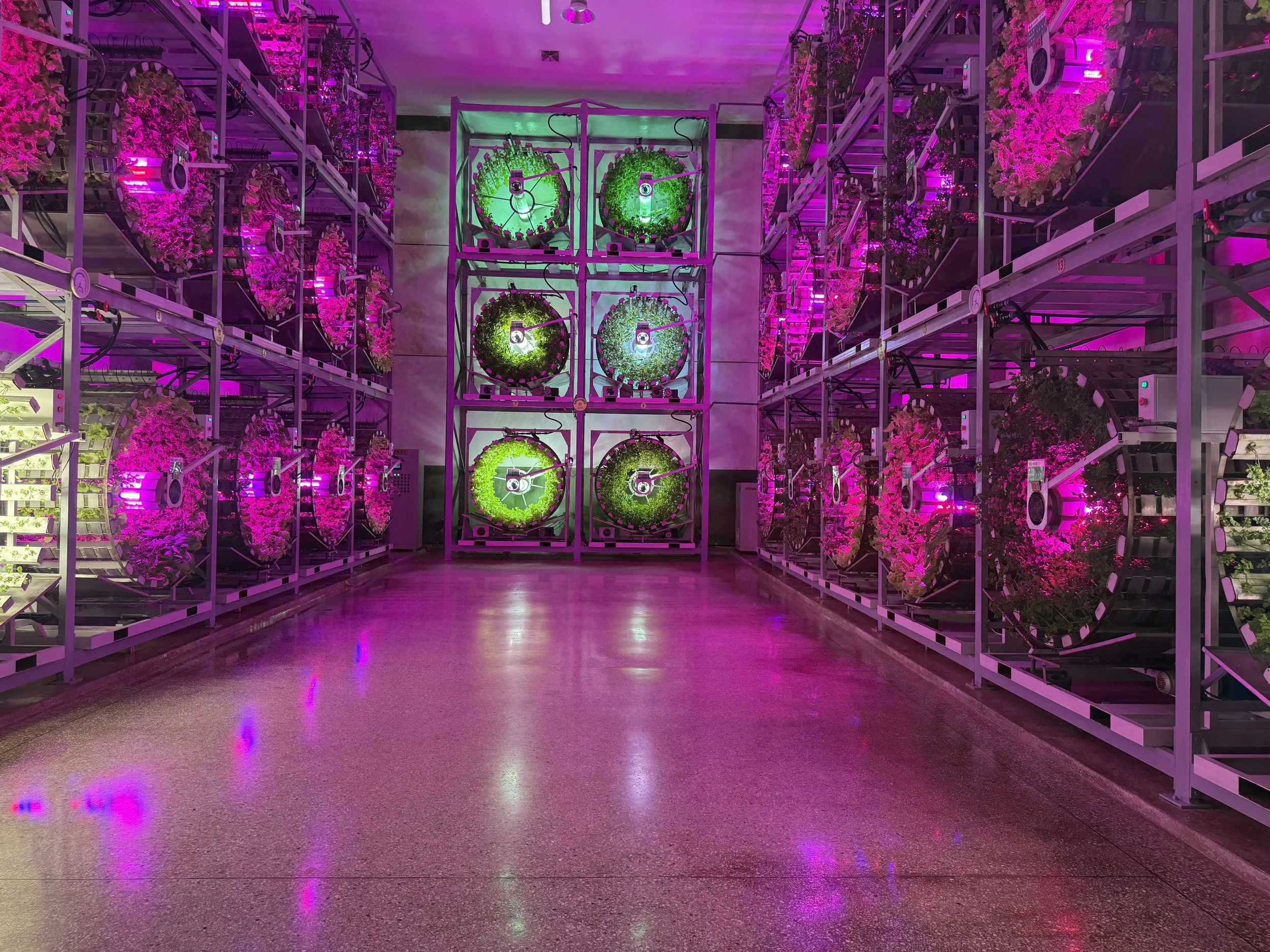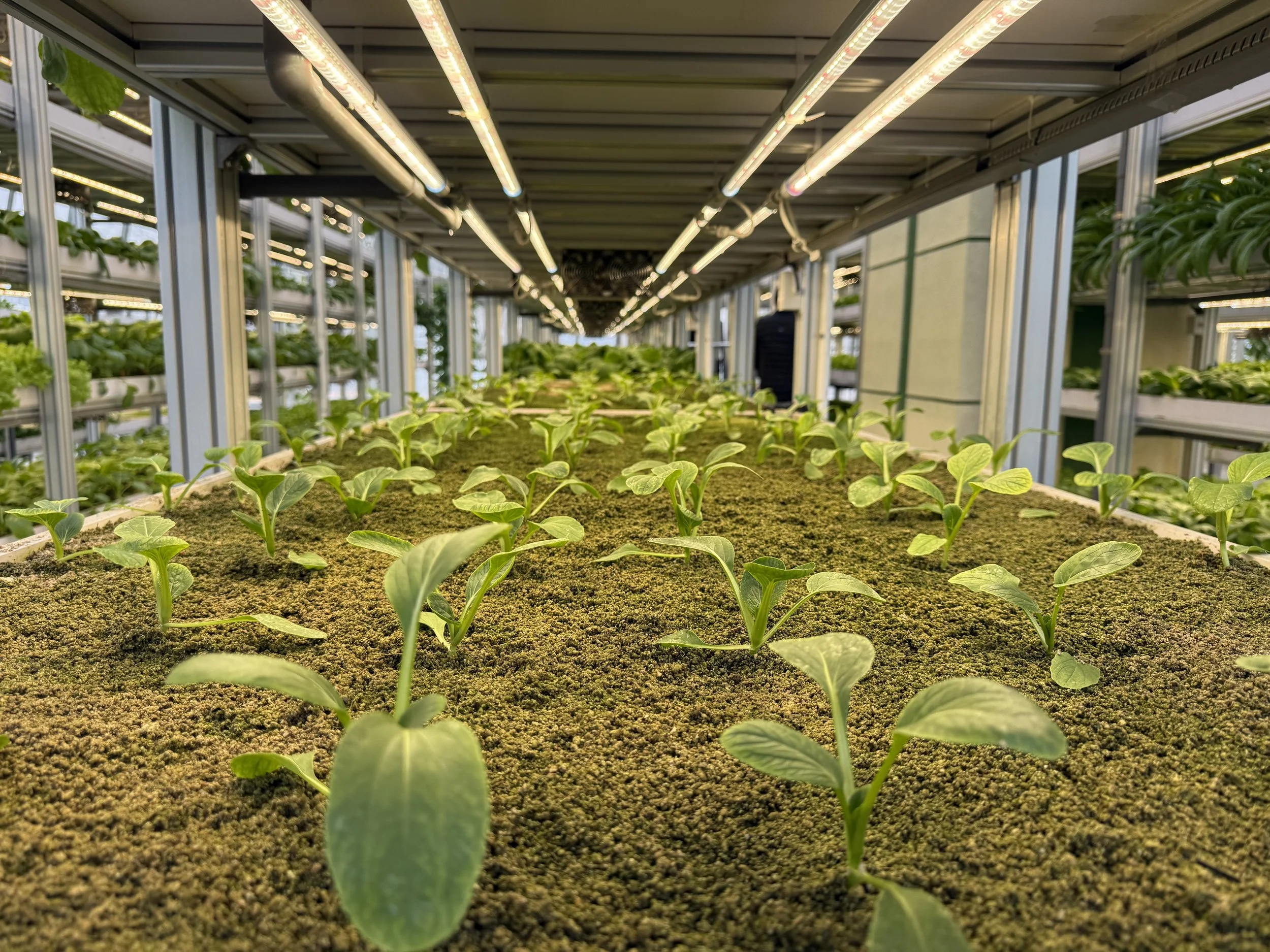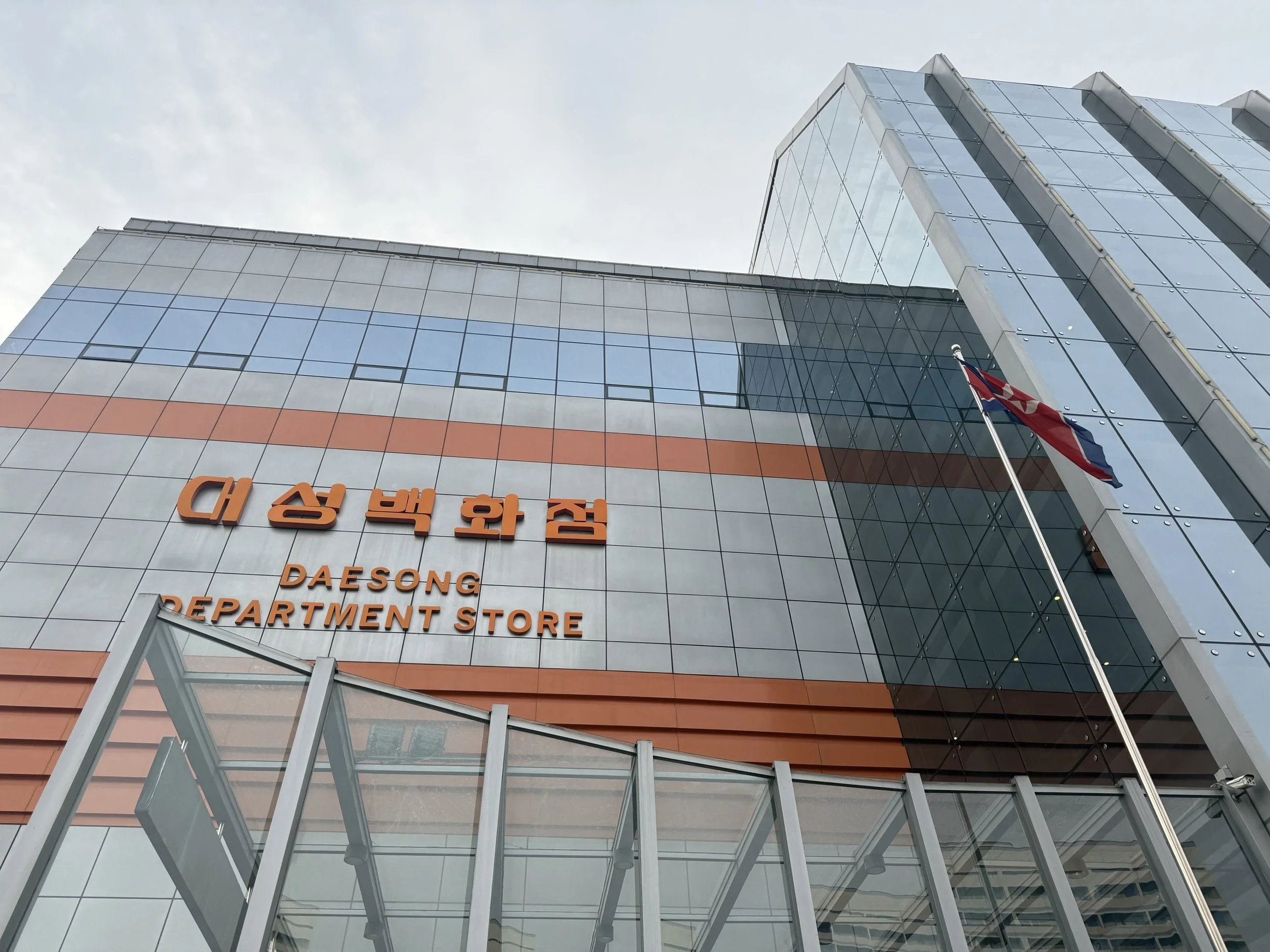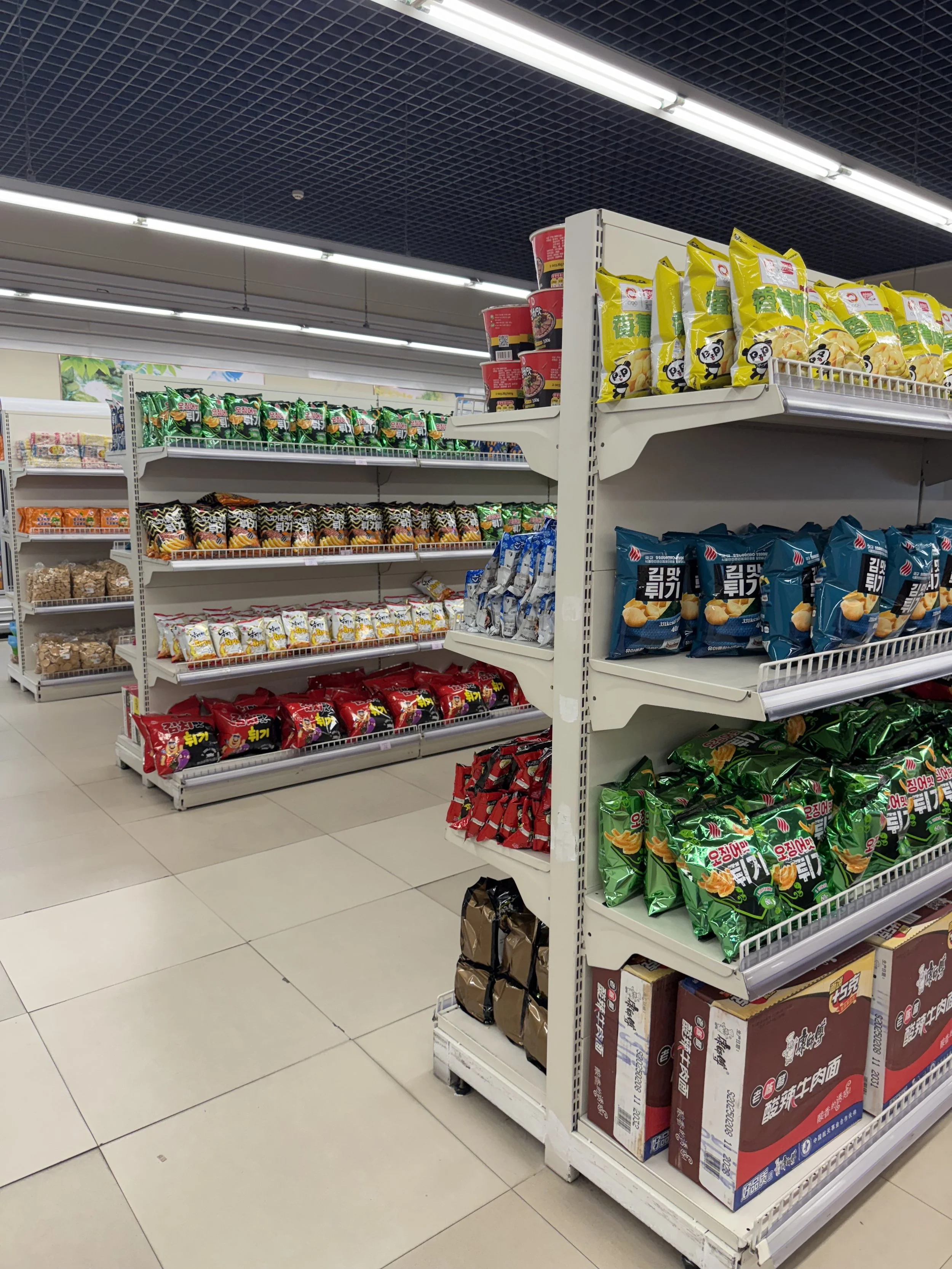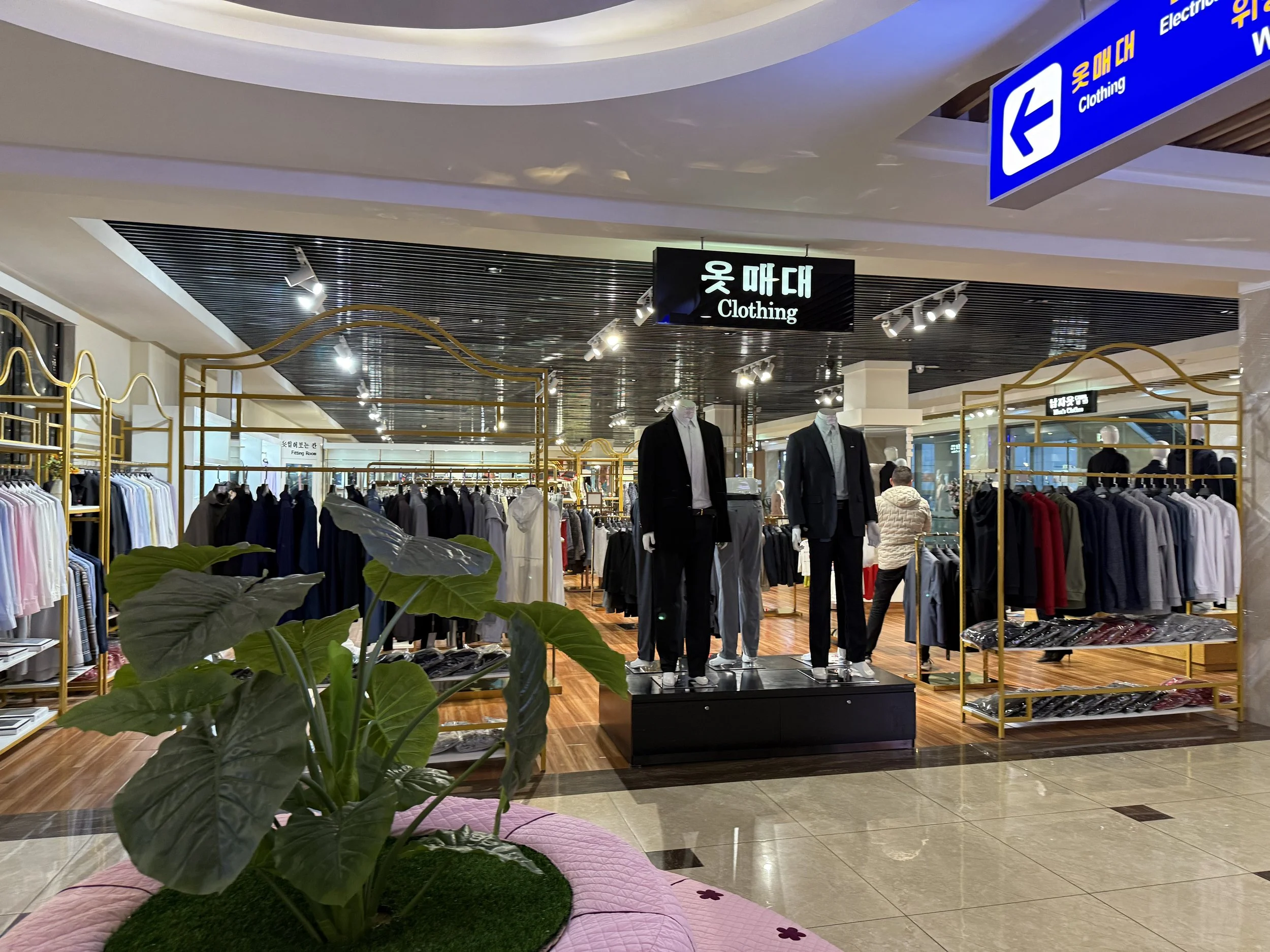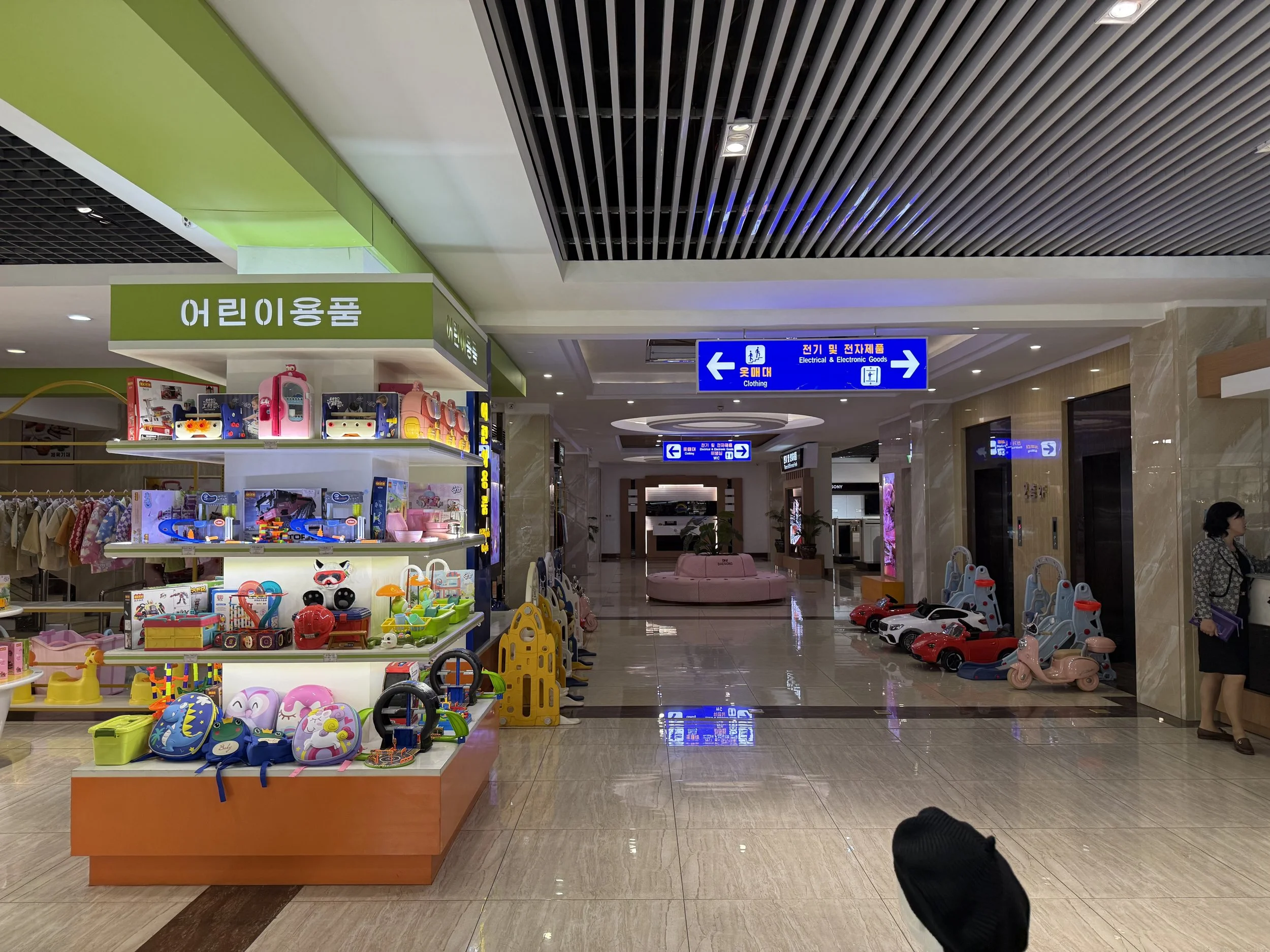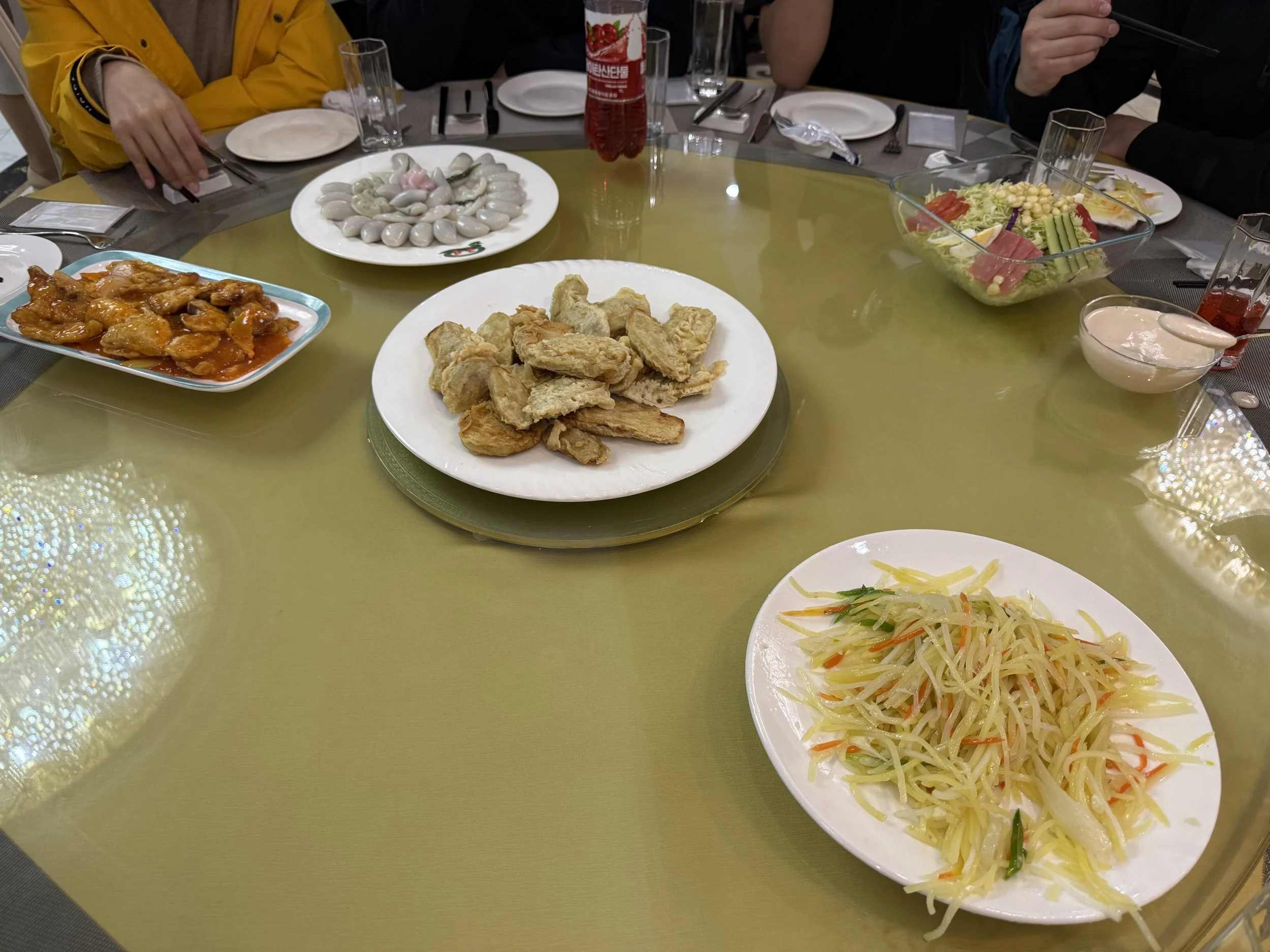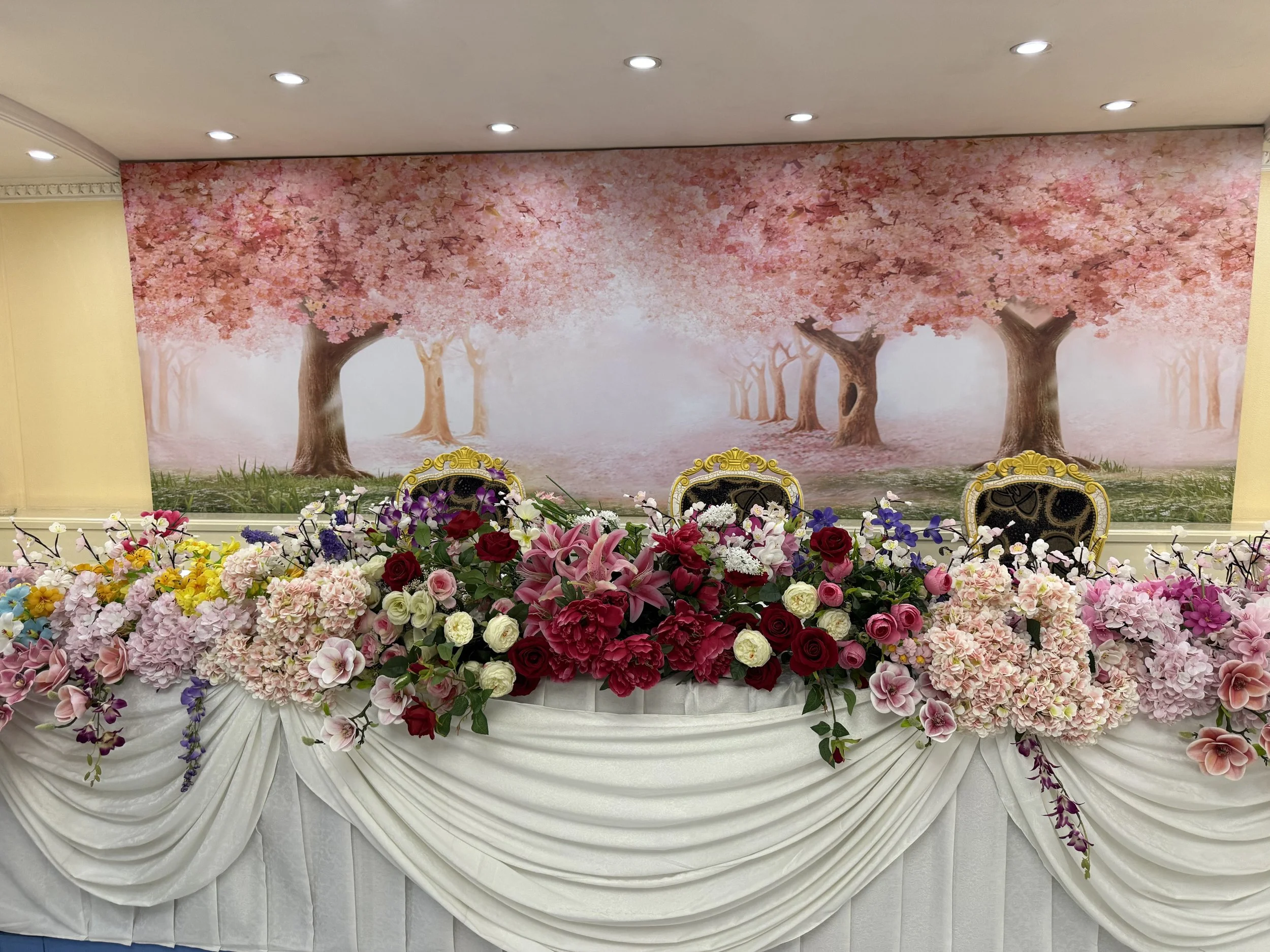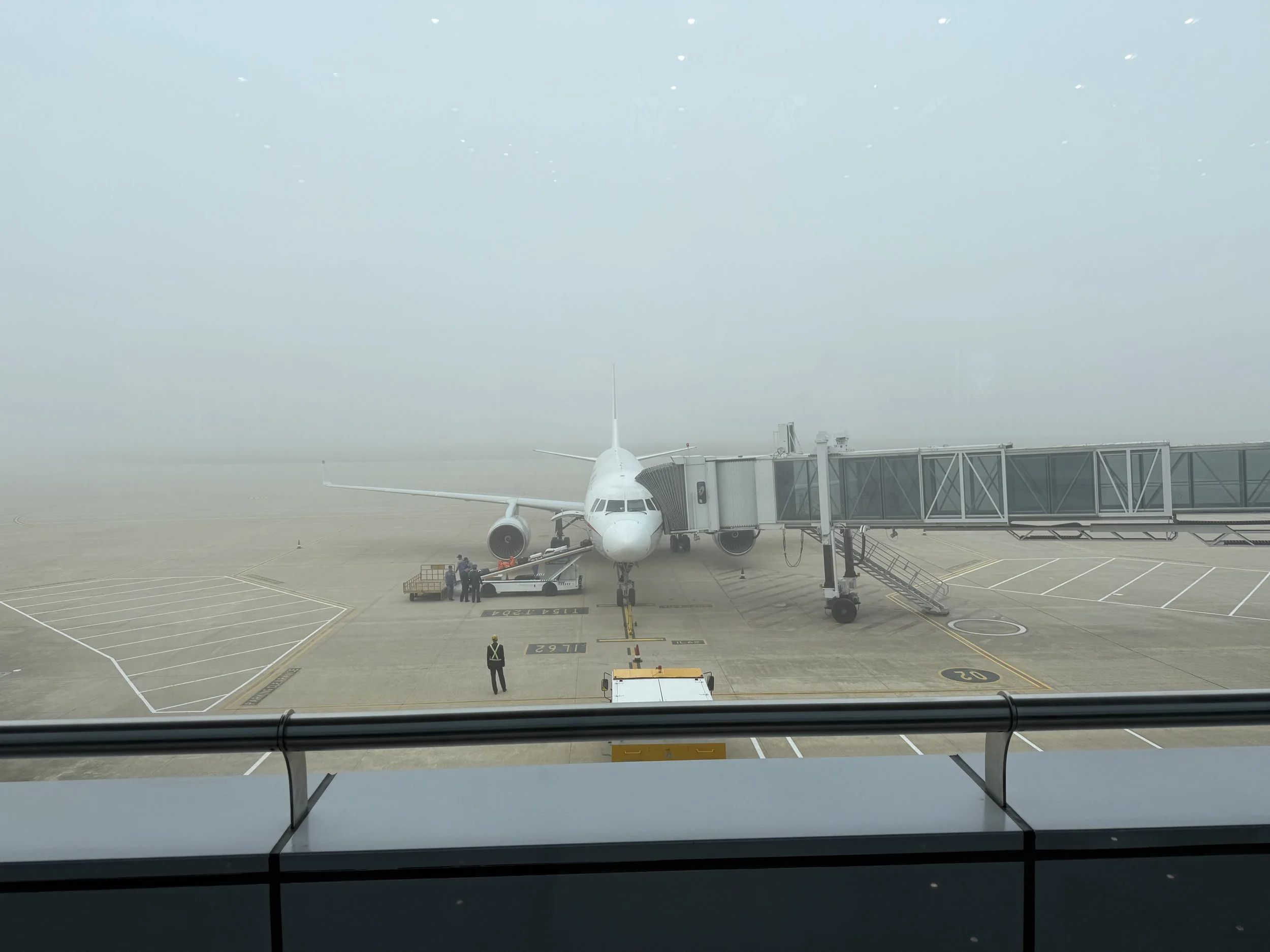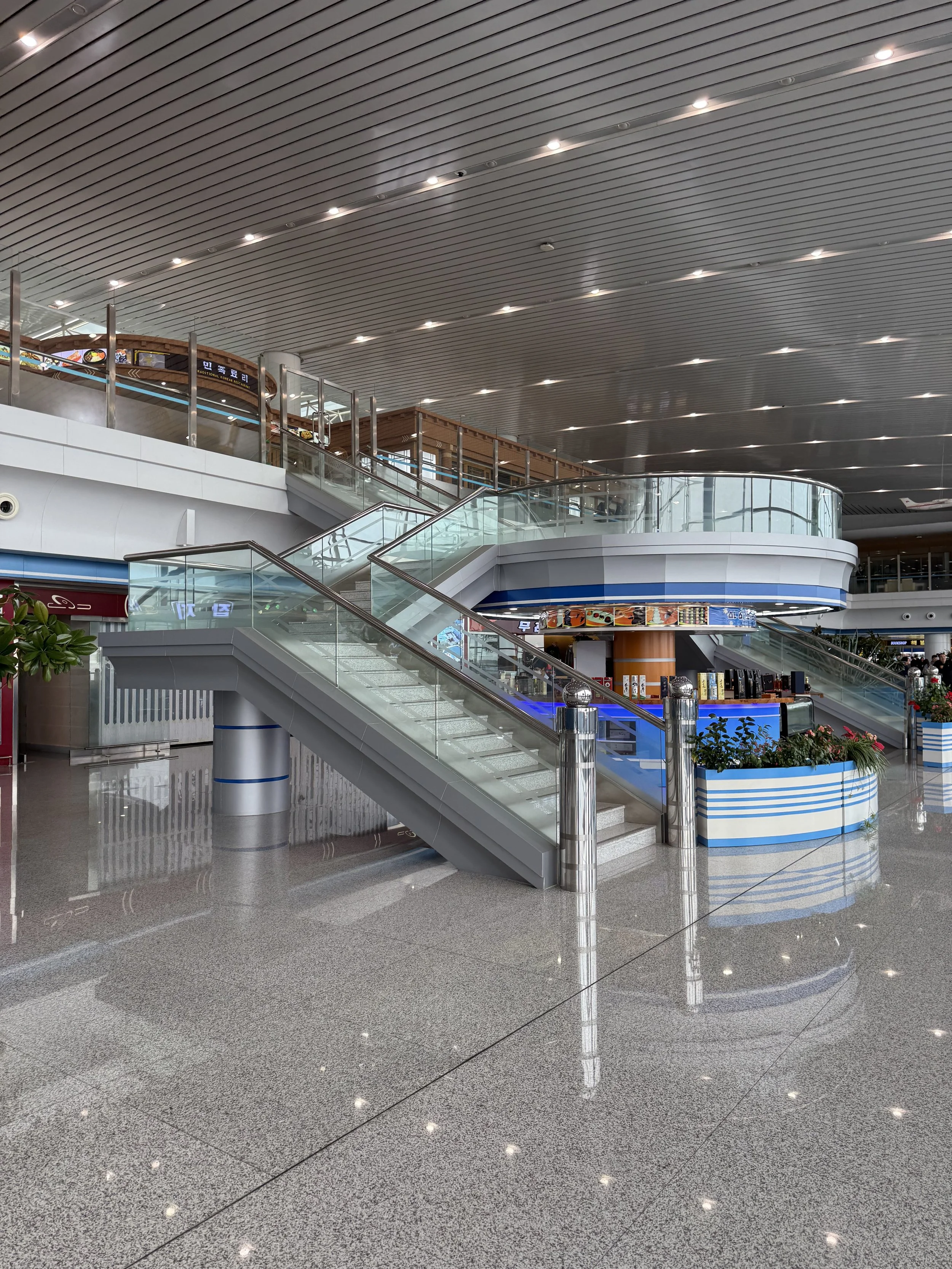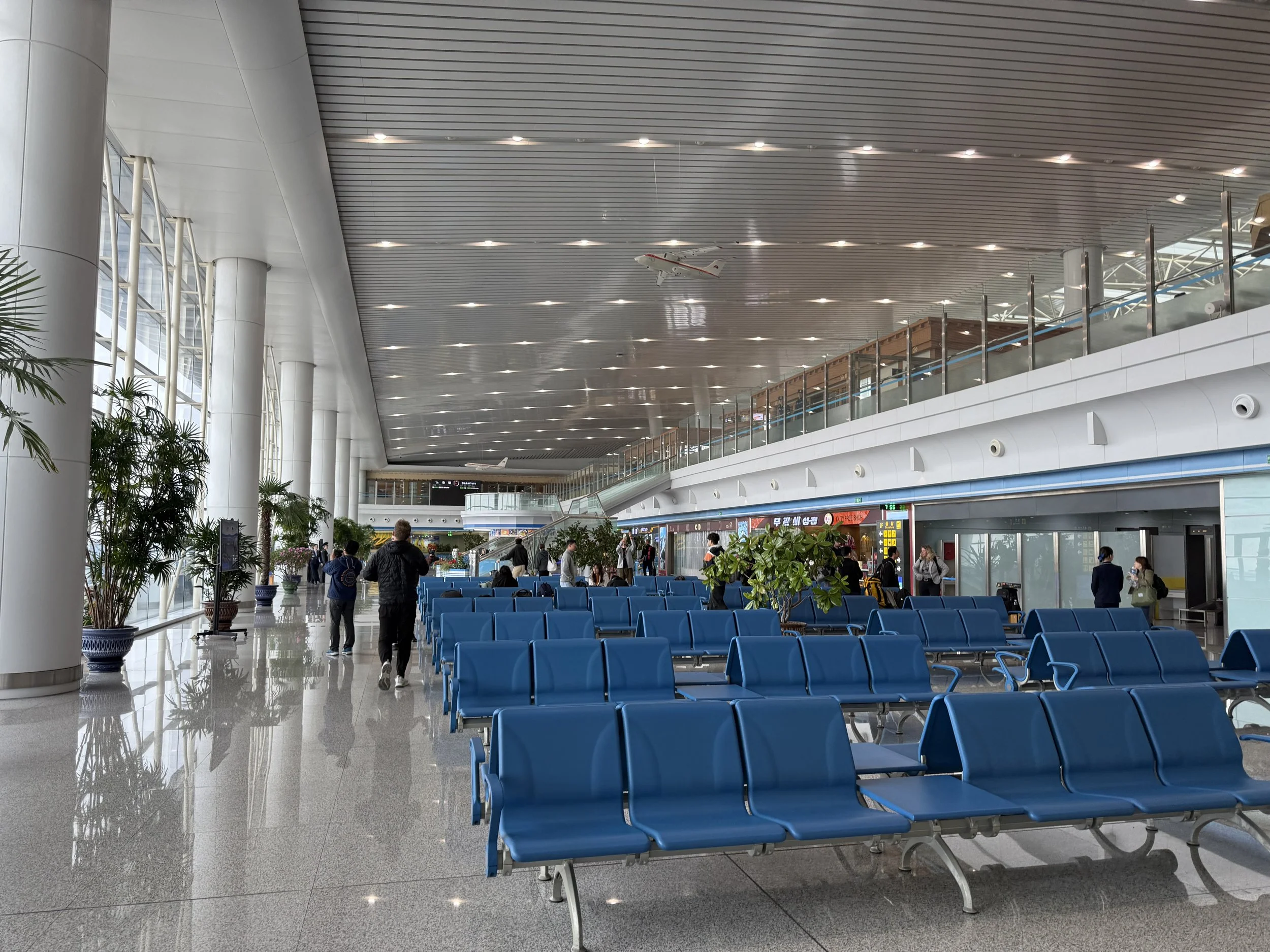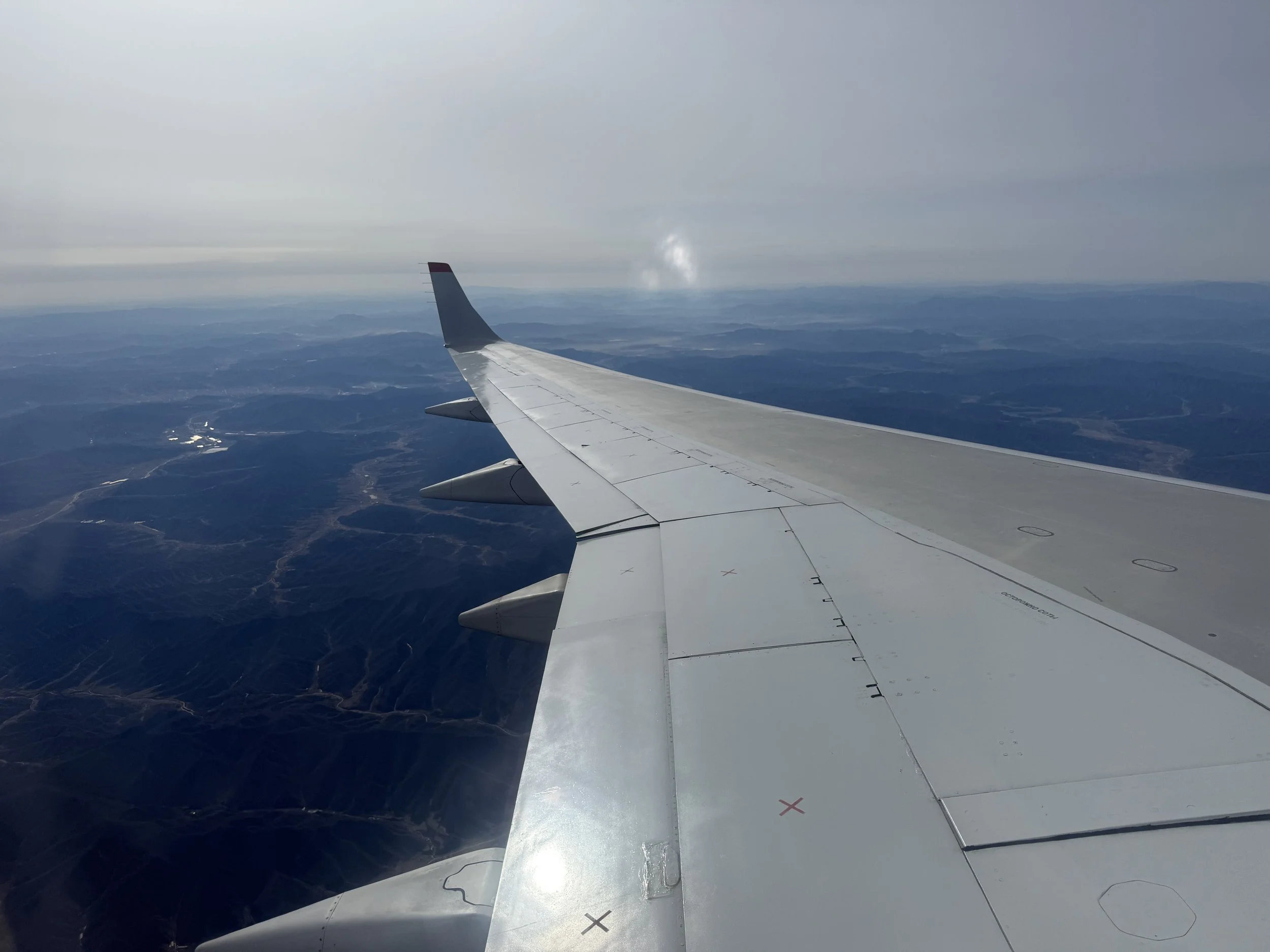Democratic People’s Republic of Korea
After a lovely trip sailing to and from the Ogasawara Islands I headed for my first time to Mainland China.
I was supposed to visit Mainland China before, before the Iwo Jima trip. After South Ossetia I was supposed to go to the Russian Far East before going to Yanji, China to cross over to Rason, in the Democratic People’s Republic of Korea (DPRK). DPRK was the last country to reopen to tourism after the travel restrictions of 2020.
For Russians, the country opened up in 2024. However, for Westerners it did not open until February 2025– and even then only in the Rason Special Economic Zone near the three country point where Russia, China, and DPRK meet.
I was supposed to join one of the group tours to Rason (all travelers to DPRK must be with a guide) in March 2025, but unfortunately 2 weeks before the trip it was cancelled. A big bummer since that was on top of the Iwo Jima cancellation!
However, just as Rason cancelled, it was announced that a special group tour was being arranged to the capital city of Pyongyang. This trip is not part of the tourism reopening but instead we would be joining an amateur sports delegation.
What an honor to be able to be part of the first western group in Pyongyang since January 2020. I am exceptionally grateful to Koryo Tours for making it all happen. They had excellent communication and really are exceptionally knowledgeable on the country. Our group leader, Rich, has been to the DPRK over 100 times and hearing his stories was a big part of what made the trip so impeccable.
Whilst not as strict as sensationalist articles and social media posts would have you believe, travel to the DPRK is not the same as traveling to most other nations. There are special protocols that must be followed. The most important one is that travel is only possible with a guide. It is not possible to travel independently in the DPRK, even in Pyongyang.
The guides are very helpful, though. They want to make your experience enjoyable. Of course, like in any profession, some guides are better than others, so it is worth asking about the local team and seek reviews about them when arranging your trip. In our group, we had four guides (2 guides from Korea International Travel Company, 1 graduate student of English, and 1 representative from the DPRK Sports Ministry). All of them were so excellent. They shared detailed information about the sites we visited, helped us find souvenirs and have experiences not listed on the itinerary, and spoke with us about their lives, shattering many myths.
My experience was infinitely more enjoyable by building trust with the guides. This meant being wise about the topics you discuss and not trying to impose opposing viewpoints. I am in the country as a guest visitor; my role is not to proselytize.
Day 1:
After a great end to the boat ride and lovely afternoon in Tokyo at Toyosu food market and spa and a night’s sleep at the JAL Haneda Airport I grabbed a bus from Haneda Airport to Narita Airport. The tickets for this bus can be purchased at the airport on online here.
I arrived at Narita airport plenty early and quickly checked into the flight to Beijing. The flight was mainly Russians connecting on to Vladivostok + Moscow (given lack of nonstop flights from Japan to Russia at the moment) and Chinese travelers.
The arrival to Beijing was smooth, and I ordered a Didi ride share to take me to the hotel where I would be staying with my friends, Matt and Julia. It worked out beautifully with them walking by right as I got out of the car.
After dropping off the bags we went towards Tianemen Square and got some great fried rice for dinner. Unfortunately, one needs a reservation to go in the square, so we were just able to see the outside.
Day 2:
In the morning we headed to Tianemen Square again, this time with a reservation! So we headed inside. Really enjoyable!
Then we headed for the briefing for our trip tomorrow morning.
In the afternoon we walked by a place where clothes are sold primarily for Russians (Yabolou). Very interesting place— basically all the Chinese staff speaks Russian, and also Russians work there.
We then picked up the passports and grabbed some Korean food for dinner.
Day 3:
Our group was meeting at Beijing Capital airport at 11am, but we decided to get there for 10 so Matt and Julia had some time to do their work. Was nice for me to be able to be able to meet some other group members and grab some breakfast.
Soon enough, I was checked in for the Air Koryo flight to Pyongyang. The flight was great. We got the famous Air Koryo burger, of course. It was my first time flying on a Tupolev which was a very fun experience.
The arrival process was not too arduous. We filled out a few forms already on the plane. On arrival, we had our temperature taken and did an initial baggage scan. Then the friendly immigration officer asked me a few simple questions and it was off to customs. On the form you need to declare the devices, cash, and literature you bring. The customs officer verified those and soon enough we were in. Super fast and easy.
We separated into our groups of around 20 travelers and met our guides + western tour leader.
The drive to the hotel was about 40 minute and took us through an unbelievably impressive modern part of Pyongyang. These are not the downtrodden homes shown in Western media. It was explained to us that these homes are provided to teachers, free of charge of course.
Since we were part of a sports delegation we stayed at the Sosan Hotel in the sports village of Pyongyang. This is a very impressive area with stadiums and training facilities for many sports such as taekwondo, swimming, and football (soccer).
That evening we enjoyed some time in the hotel, which included playing pool with the lovely bartender who had the sweetest smile.
Day 4:
This morning there was a run at 6:30. It was great as it was one of the only times we were able to move freely on the trip.
At one point, when I was walking, there was no one else around. No one from the group. It was magical. Like from a movie. The sky had the beautiful haze that makes Pyongyang such an alluring yet mysterious place.
I so appreciated to be able to walk by myself. Just looking around at the cars, bikes, and pedestrians going by.
After a quick shower it was time for breakfast. A lovely meal with eggs, tofu, and some meat.
Then our program began at 8:30. We began the day at the statues of the nation’s leaders (Mansudae Grand Monument). The word Mansudae symbolizes prosperity and longevity. It’s a beautiful square with statues of Kim Il Sung and Kim Jong Il. There are also monuments surrounding it honoring those who fought for the independence of the country and helped construct it after the War of Liberation.
Then it was time to visit the Juche Tower. It is a common misconception that the DPRK is a communist nation— it is not. It functions under its own political system called Juche, founded by the nation’s first President Kim Il Sung. The Juche philosophy prioritizes fierce independence and self reliance for the nation, a necessary thing given the brutal sanctions placed on this country.
At the bottom of the tower there are plaques from the various associations that honor and study the Juche ideology around the world in countries from Denmark to Benin.
The top of the tower affords sweeping views of the city and the iconic Kim Il Sung Square where many of the country’s iconic parades are held. These are not just military parades but many others for cultural events and holidays.
Then we went to the Monument to the Founding of the Workers' Party of Korea. The monument was finalized in 1995 to honor the 50th anniversary of the Worker’s Party of Korea and is thus also 50 meters tall. Whilst those with even a cursory understanding of communism understand the symbolism of the hammer and sickle, what separates Juche is the placement of the brush in this monument and all of the country’s symbols. The brush honors the country’s intellectual class who, together with the industrial workers and farmers, form the country’s revolutionary working class.
We then headed to the Koryo Hotel for lunch. This is a very grand hotel with a banquet hall and two large towers.
After lunch we visited the beautiful Mansudae Fountain Park.
Then it was time to visit one of the most iconic places in all of the DPRK: Kim Il Sung Square. It was fascinating to hear the stories from our guides who told us how they and their families took part in large dance and other cultural celebrations. We even saw markers on the floor showing where people stand in these performances. There is also a grocery store below the square, but unfortunately we were unable to visit that.
We then went to the Pyongyang Gold Lane bowling alley for some evening recreation. I hadn’t bowled since I went to a friend’s birthday party growing up. And, frankly, that showed in my lack of skill. However, it was loads of fun to bowl with friends and see many families spending an evening together. I learned that usually when groups come to the alley there are very few Koreans. However, since today was a holiday, many people were out. In fact, we had to wait around 20 minutes for a lane to open up!
Downstairs there is also a large recreation area including an airsoft game.
For dinner we went to a beautiful seafood restaurant that was featured in the videos they played on the plane to Pyongyang. We were treated to an expansive buffet with a wide variety of food. The space itself was part of the experience, though, as was the view. I also had the pleasure of sitting with Simon who works at Koryo Tours (the main point of contact for booking) and our western guide Rich. It was great to hear their stories and partake in their excitement in being back in the DPRK, and especially Pyongyang.
As if that wasn’t enough fun, after being stuffed full of food were brought to a new part of town where a beer hall was opened just last year. It was also the birthday of one of the Chinese members of our group, so we had some cake. To wash it down, I tried some of the local beer (when in Rome) and took in the beautiful space.
A real treat was being able to walk a bit with our guides on the road here. It is a new part of town with very impressive buildings. Such a street is not what comes to mind when I first think of Pyongyang.
Day 5:
Today we began at the museum honoring the War of Liberation. We began the tour by seeing the captured tanks and weaponry— primarily from the USA. This included tanks, planes, and even an amphibious vehicle.
We then saw the USS Pueblo— this is the only US war ship that is captured by another nation. It was explained that the boat was captured while doing a spying mission of the coast of the DPRK. Some very nice buildings have been constructed across the river from the museum.
Unfortunately, it was not possible to take photos in the museum, but it was quite interesting inside. It explained the background of the war, how the DPR Korean government was formed under Kim Il Sung’s leadership, and the hardships people faced during and in the aftermath of the war.
Afterwards we went to the Grand People’s Study House. This is a place where students can come and study. There is a wide variety of books here in multiple languages and on all sorts of subject matters. There is also a large catalog of music— both foreign and domestic— that can be listened to. Here we also ran into some Russian visitors who were here for the marathon as well.
We had lunch at a great pizza restaurant. I was not expecting such quality of pizza, but I was very happy with what I got. Some of the choices for pizza were a bit unusual (fish, potato). Sadly, I wasn’t feeling so adventurous, so I landed on the salami pizza.
Then we had the opportunity to ride the subway. This was one thing I was looking forward to the most. The stations are very beautiful with statues and mosaics. Also, there are newspapers that can be read as well as a touchscreen that displays foreign news and other bits of information. While DPRK citizens do not have access to international media outlets, there is news about other countries readily available in public displays like on the subway as well as on smart phones.
After coming off at a different subway station we ran through the rain to the Arch of Triumph which is across from the Kim Il Sung Stadium where the marathon would begin and end the next day.
Because of the rain we didn’t walk around the arch to see the full design and instead went straight up. From here we were afforded beautiful views of the city. The inside is also unbelievably grand with huge paintings and photos and very comfortable chairs. It was easy to forget that we were above the road.
We then did a drive of the marathon course, including the point of return for the 10k race I would be running.
Back at the hotel we were given our race bibs and I decided to get a nice haircut. One myth that often circulates about the DPRK is that there are only a few hairstyles that people can choose from. This is false, as confirmed by the barber and guides. The photos only serve as guides, but people can choose to get any haircut they want. This is similar to hair stylists in the west having magazines of various haircuts to choose from. Then I went to bed early ahead of the race day tomorrow.
Day 6:
The big day had finally arrived. We got up bright and early for the run. In front of Kim Il Sung Stadium I took a few photos, and soon enough we were guided inside.
There was a huge crowd cheering us all on (of course, they were primarily cheering for the professional Korean athletes). Simply surreal.
Then there was a speech by one of the Minsters of Sport. Then it was off! As I have mentioned, traveling to DPR Korea means that you are almost always with the guide. However, the marathon is an exception. Along the course it is just you, running along the streets, seeing people biking on their way to work and waiving to you as you run on by. I must admit, I went slow, due to a combination of being out of shape (how embarrassing) and wanting to take in the sites around me. The highlight for me of the run was waiving and high diving some young kids who were cheering on the runners and seeing the May Day Stadium— the largest stadium by capacity in the world.
Everyone’s race ended with a lap around the stadium. As I was running in, a soccer game was going on in the middle of the stadium. Being surrounded by thousands of people made sure I ran that last bit quickly, and it made for a really special experience that will stick with me.
After the race we grabbed a few photos and headed back to the hotel for some lunch and a shower.
On the way to the hotel we passed by a playground. I so enjoyed the opportunity to just stare out the window and take in the site of normal life. One kid caught a glimpse of our group and started waiving with both arms and showing his friends. What an experience. Touched my heart. I waived back as hard as I could.
Then it was time to visit the Pyongyang Zoo. The entrance, with a large tiger’s mouth, is an attraction in and of itself. We stopped first at the aquarium section inside. Then visited a very impressive solarium type building with turtles. We got a ride on a snazzy new electric cart and saw large megafauna including rhinoceros and camels. I was most fascinated by the tigers. Here, they are known as Korean Tigers, though I grew up learning about them as Siberian Tigers.
A very special stop was the coffee shop afterwards. While I love to travel to see impressive manmade and natural icons, there is something special about being able to see ordinary places (and sometimes luxury ones) in cities all around the world. In this coffee shop, with the impressive strawberry coffee my friend had and my cappuccino, I could have been anywhere.
Dinner was a banquet back at the hotel. We were lucky to get back to the hotel early in our group since the line became really long. With 180 tourists all descending on the hotel at this point, things got quite crowded.
We also had a beautiful evening hanging out in the bar with new friends. I even had a chance to speak with the founder of Koryo Tours. He made a point of telling me that some of the strong reactions and waiving from kids was because most of the young ones have never seen someone that looks like me in their lives— they really only see Koreans and the occasional Russian. That’s something that never dawned on me. Reminded me a bit of when I went to a museum outside Lagos, Nigeria and a school group wanted to take a photo with me.
Day 7:
I can’t believe the last day of the trip has come. We started the day with a visit to one of the most important sites in the country, Mangyongdae, the birthplace of Kim Il Sung. Our guides explained the humble upbringing of Kim Il Sung and how he left home when he was very young to begin his revolutionary quest. The area around the home is a large park that we had a chance to walk around a bit. Our guide explained to us that people come to pay their respects and sometimes have a small gathering in the park as well.
Our group then had a special opportunity to go to the rotating cafe at the top of the Koryo Hotel. It was a short stop— just about 20 minutes— but it allowed us to get a quick coffee and others to visit the stamp store next door which our group had missed out on before due to time constraints.
We then made it to the Taekwondo performance. It was simply awe-inspiring to see the precision and strength with which the athletes were able to move. How they broke those concrete tiles and leaped to break wood boards is something I will never be able to wrap my head around. And these were not just props. After the performance we had a chance to go down to the performance area. One of my fellow travelers tried punching a single concrete tile and need up hurting his hand so severely that a doctor had to come to the hotel that evening.
For lunch we went to a stationary boat on the river in between the Juche Tower and Kim Il Sung Square. The food was great (including the spicy cold noodles), but no question the highlight was the live performance. There was violin playing, throwing of bottles and shakers ,and a super fun dance performance with modern music.
Then we had a very special stop. Since this tour was built around the Pyongyang Marathon we were not able to leave the city of Pyongyang, except for this one stop at a greenhouse complex. We headed out of the city and past the many farms in the area. The greenhouse was just opened last year and was built to help fortify the food supply of Pyongyang. They showed us the large glass greenhouses in the front and in the back we saw the large staff quarters.
Back in the city we went to the Daesong Department Store. This was one of the stops I really wanted to have on the trip, and I was worried it wouldn’t happen since the guides didn’t confirm it until the day-of. The reason for my excitement because I was interested to see the products on offer but moreso because it is the only place where foreign tourists have the ability to change foreign currency for Korean Won and use that won! Unfortunately, it is not possible to take the Won out of DPR Korea with you, but nonetheless it was great to use it in the shop. I bought a small painting, pin, and sweatshirt in the shop. I also stopped upstairs at the food court for a little snack.
For dinner we went to a nice restaurant with a variety of Korean food and then we had the chance to drive by the famous Ryugyong Hotel which is unfinished. In 2018 LED lights were installed on the building which allows them to do light shows on the outside. Unfortunately, we were not allowed to stop the bus outside the hotel, but driving slow we were able to take in the site of the lights. We owe a great deal to our guide for coordinating with her supervisors to secure the permission to do this excursion.
Back at the hotel we had a celebration for Mette who marked the DPRK as her final country in her quest to hit 193 (all of the UN-recognized countries). It was also a grand time to just talk with the friends I made over the course of this trip and the lovely guides who we would need to say goodbye to tomorrow. What a time.
Day 8:
The time had come to say goodbye to Pyongyang. This visit intrigued me in so many ways, leaving me wanting to see more of the country. Hopefully soon.
It was really quite heartbreaking to say goodbye to the guides since we can’t stay in touch with them after.
The airport was super efficient, though. We had a quick security check and were almost immediately able to board the plane. Since we had left the hotel super early and had a late night (as is it to be expected), I slept much of the flight. The flight flew by, and were again soon back in China. The immigration was quick once again, and some of us hung out at the airport before our onwards journeys.
Then I flew to Guangzhou and onwards to Cairo before heading to Argentina.
This is a trip I will not soon forget, for the amazing friends I made, the way my mindset changed, and the honor of being the first non-Russian visitors in about half a decade.
